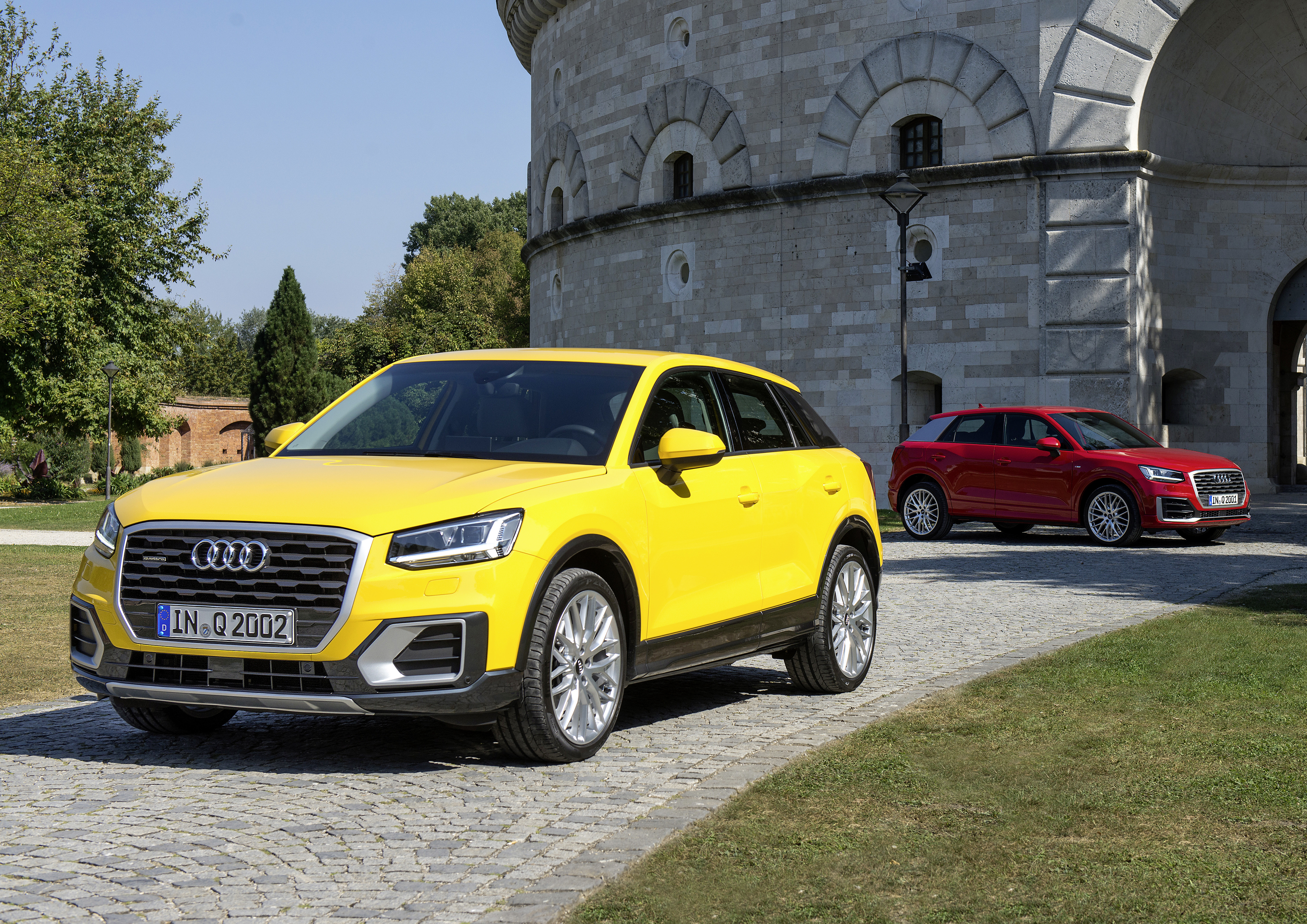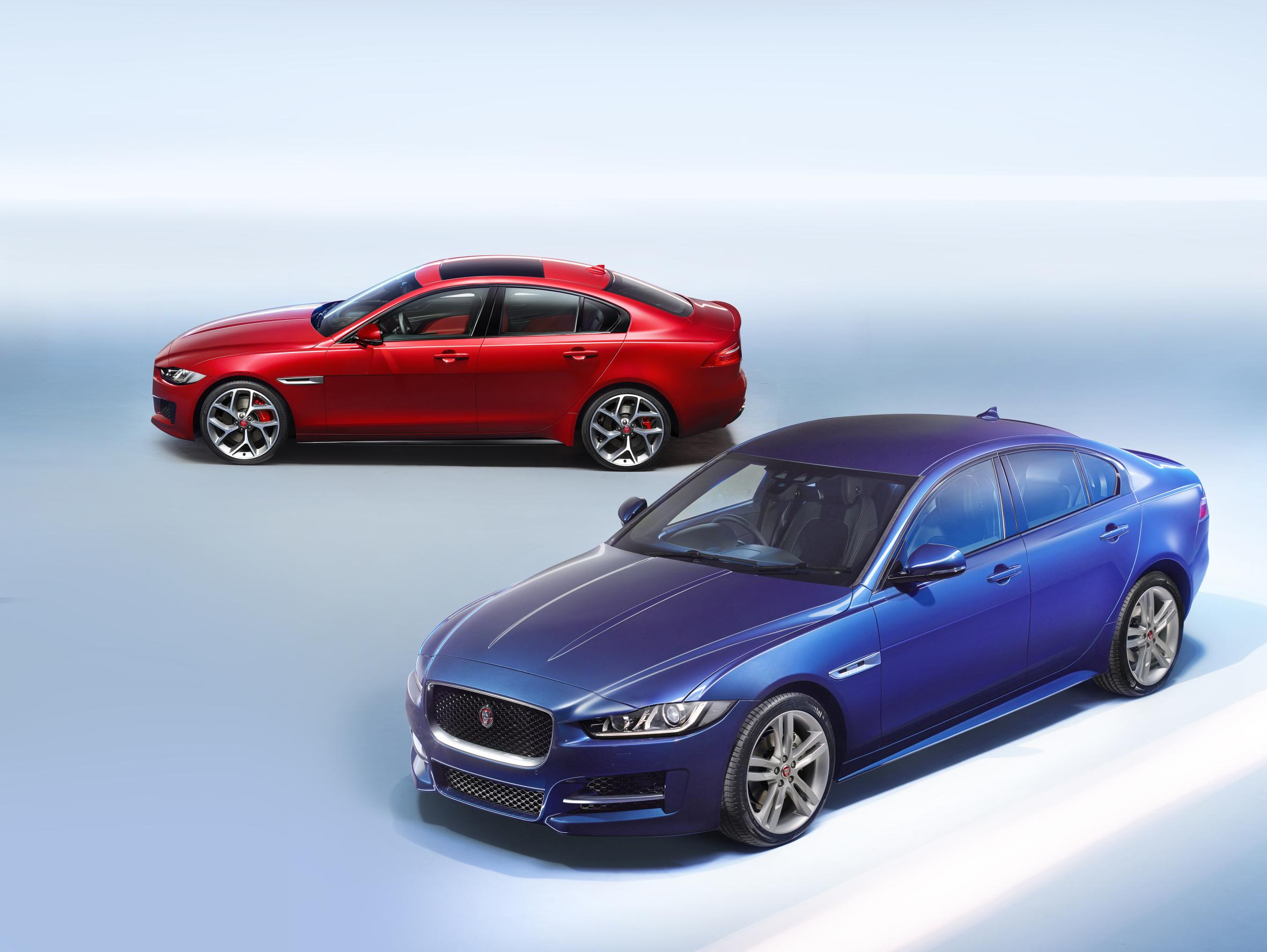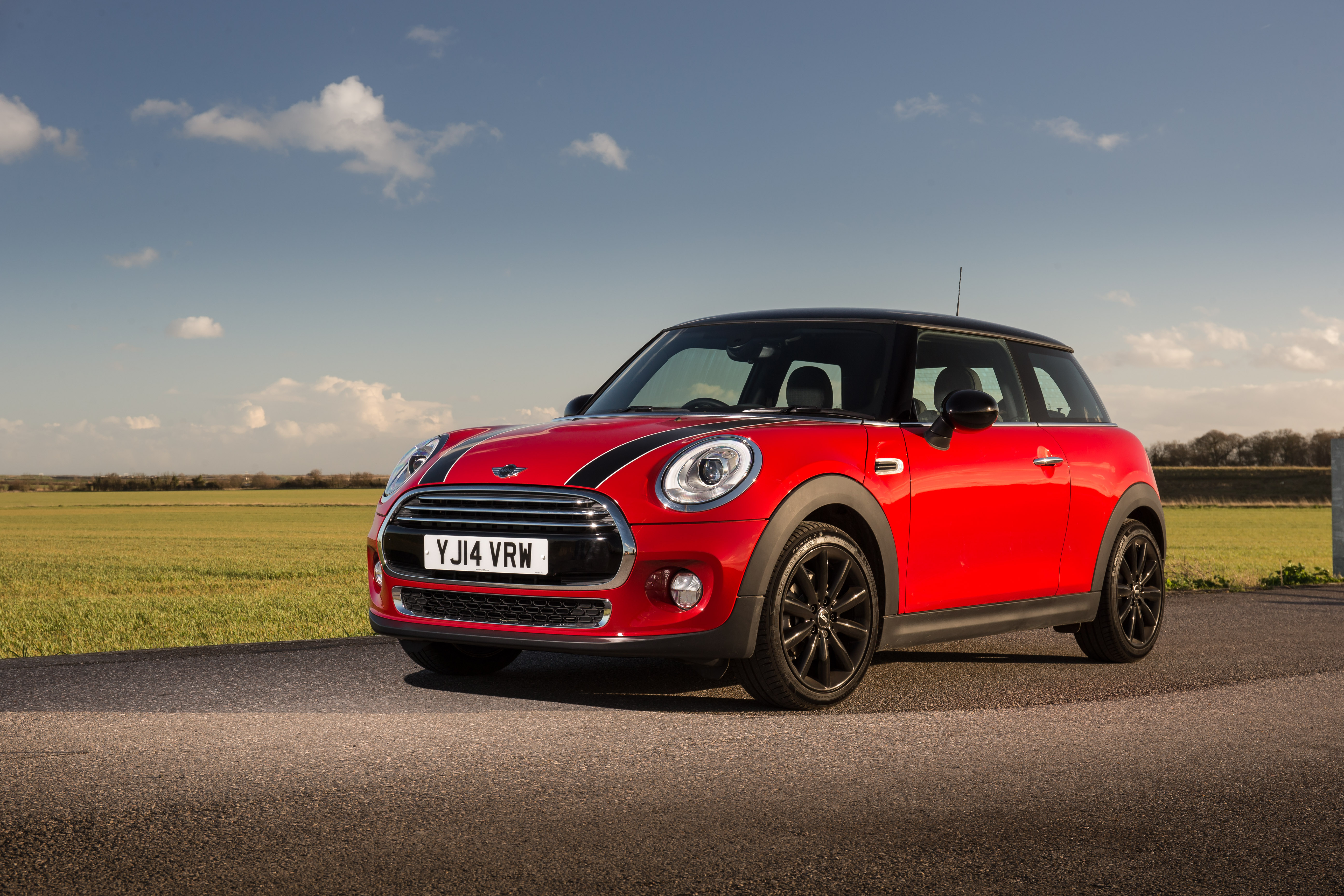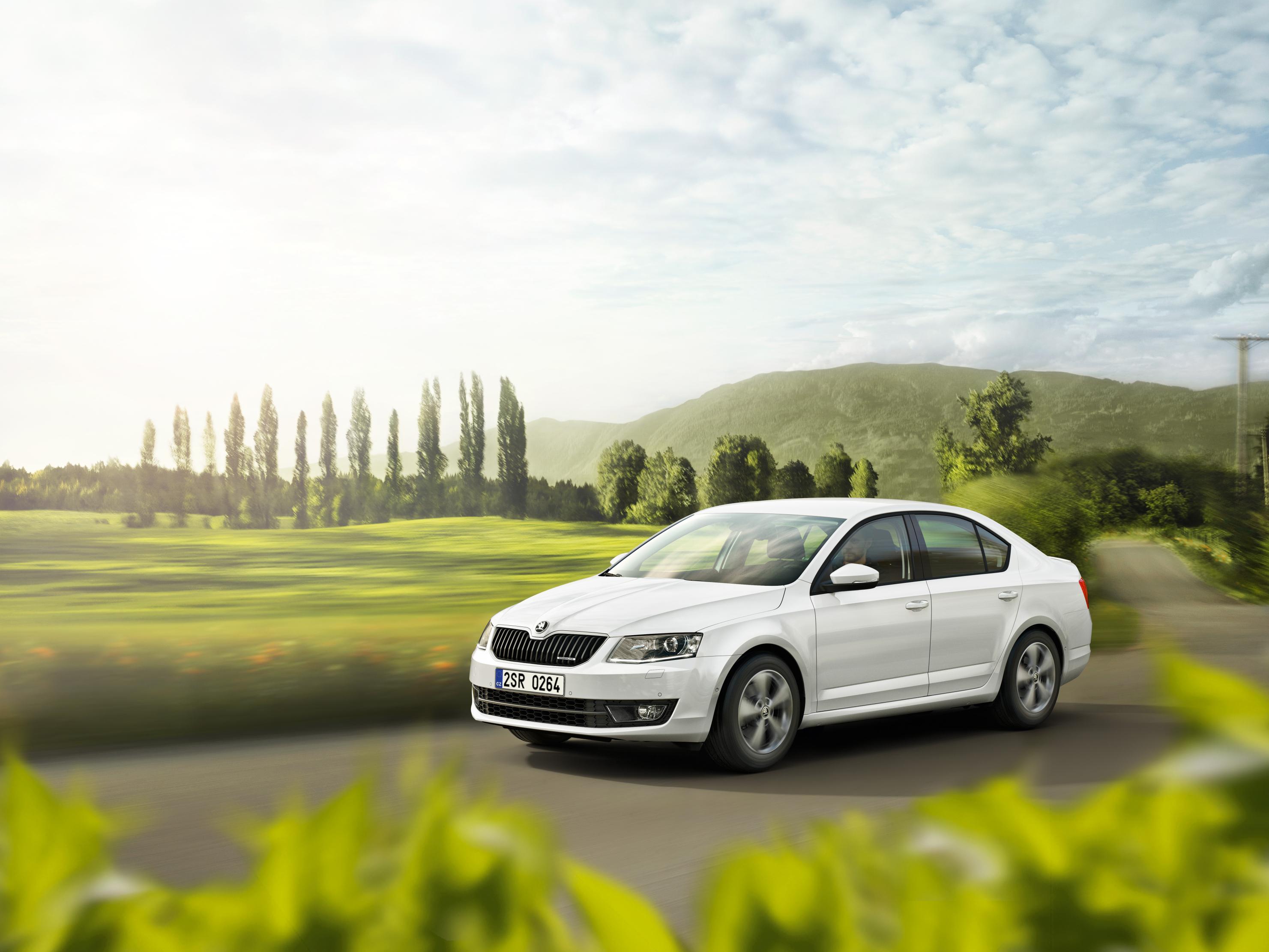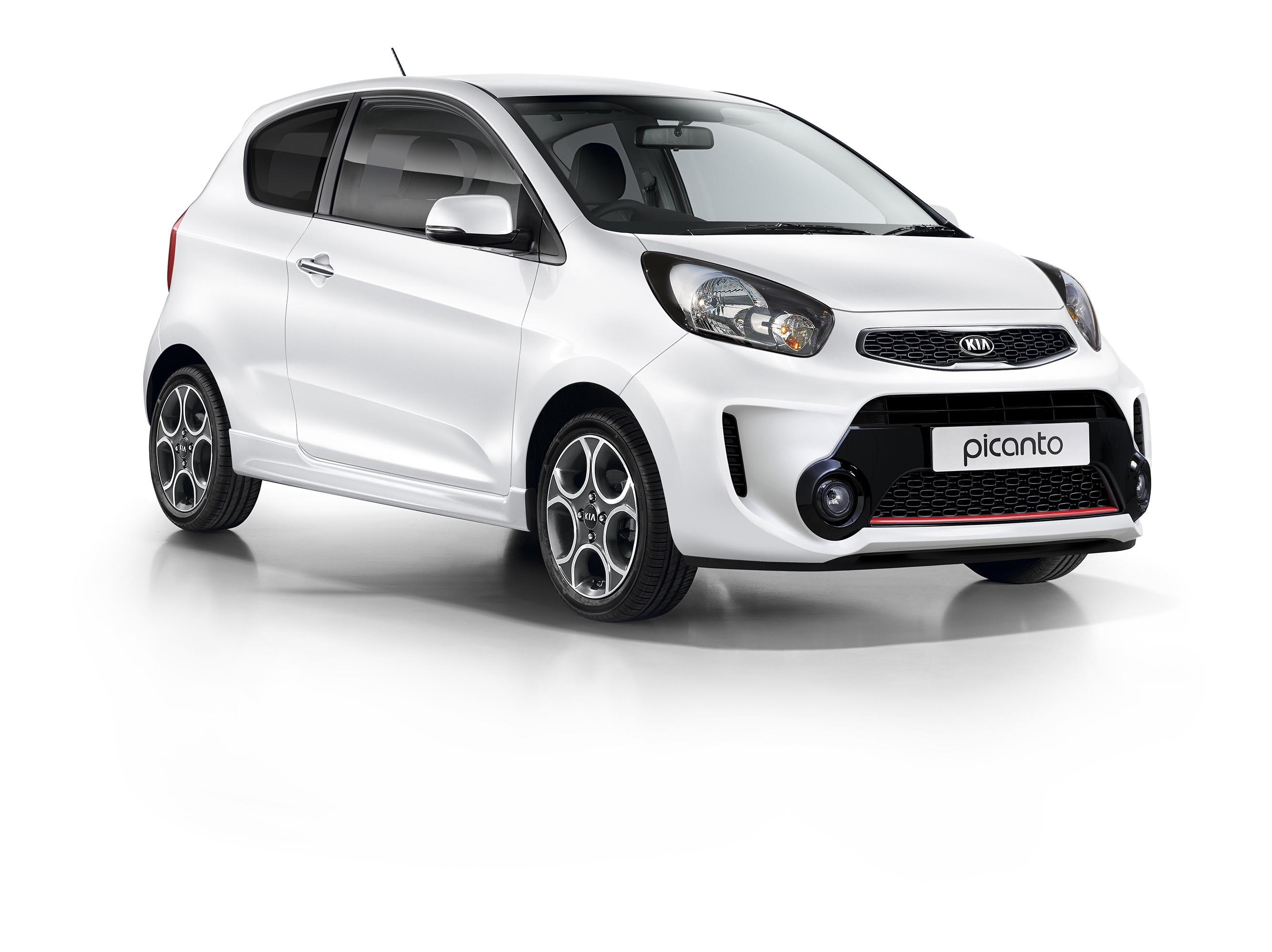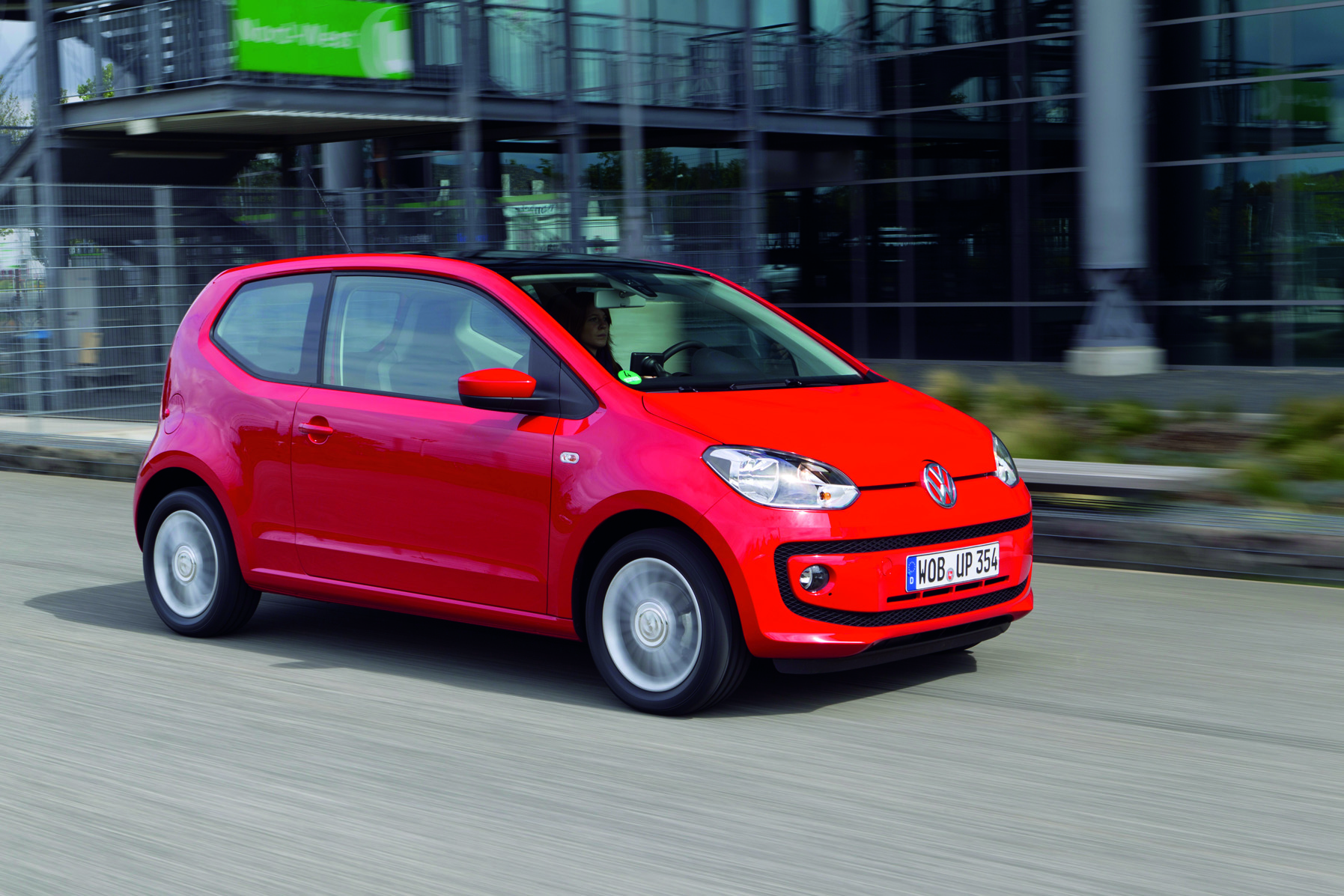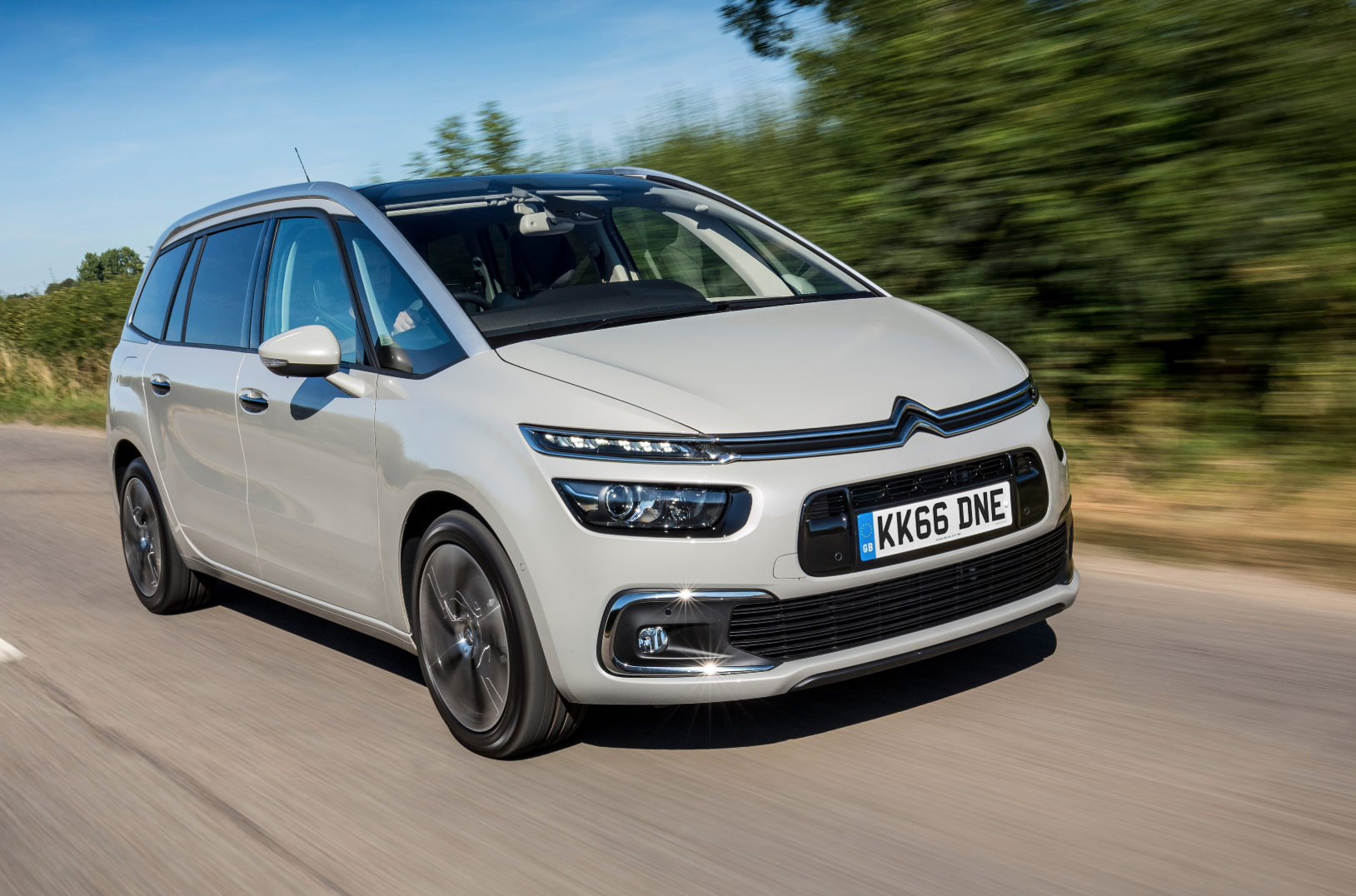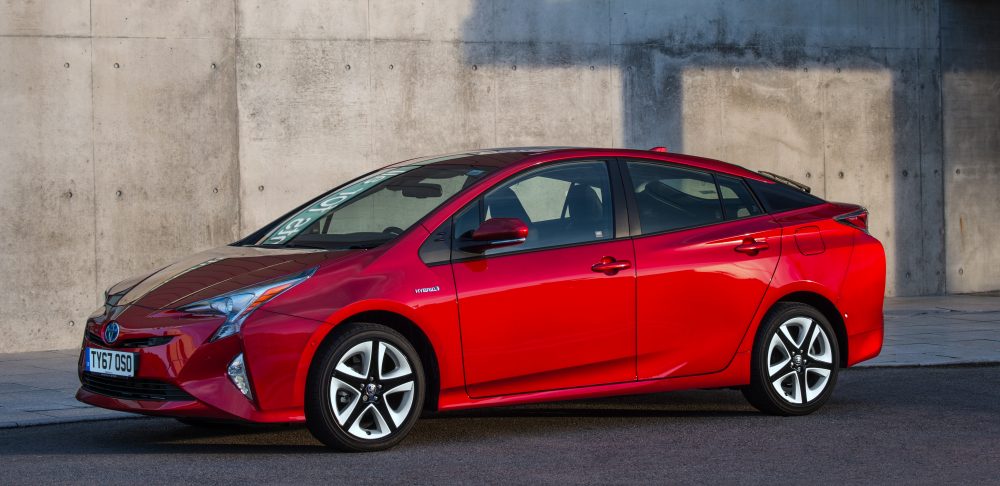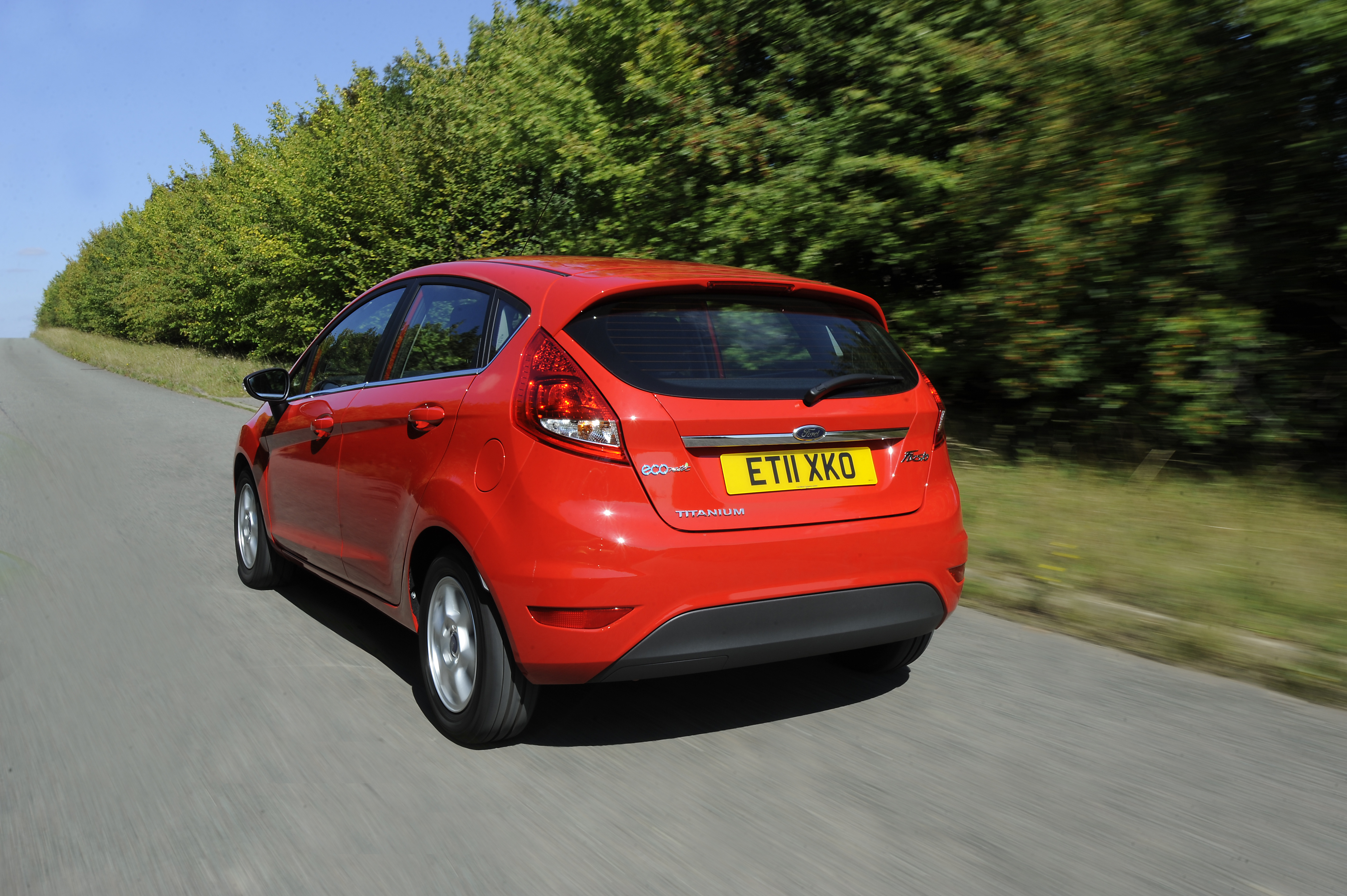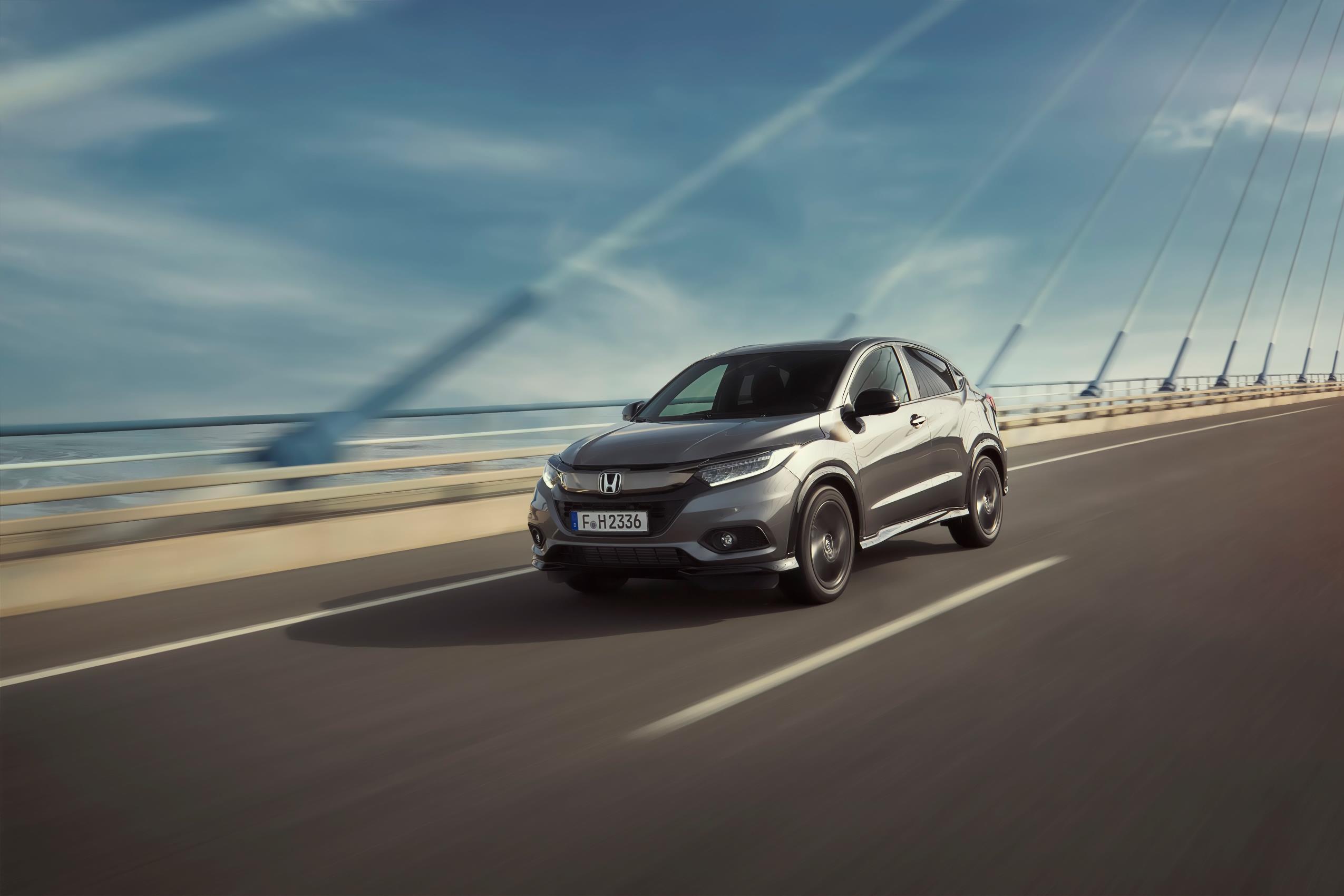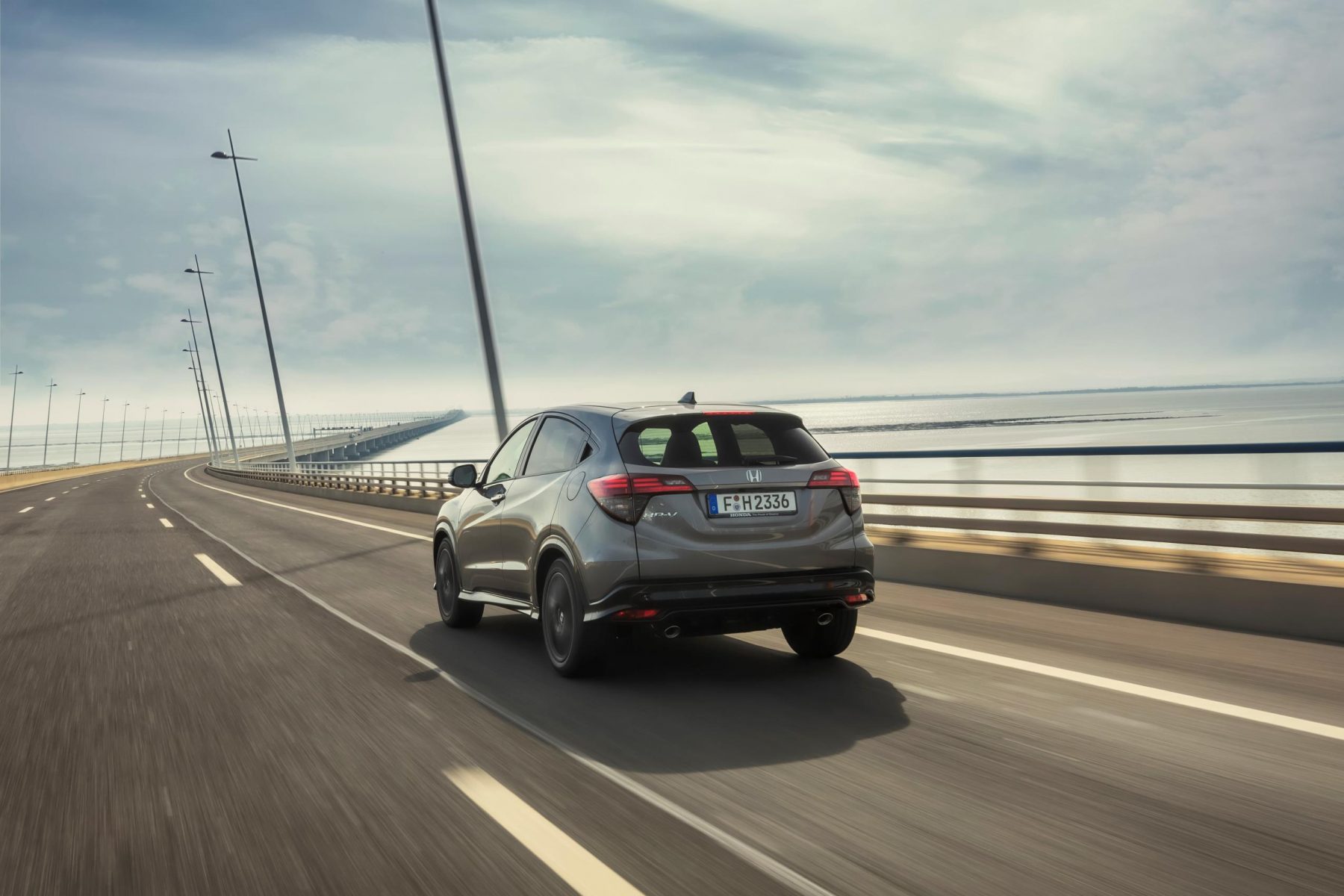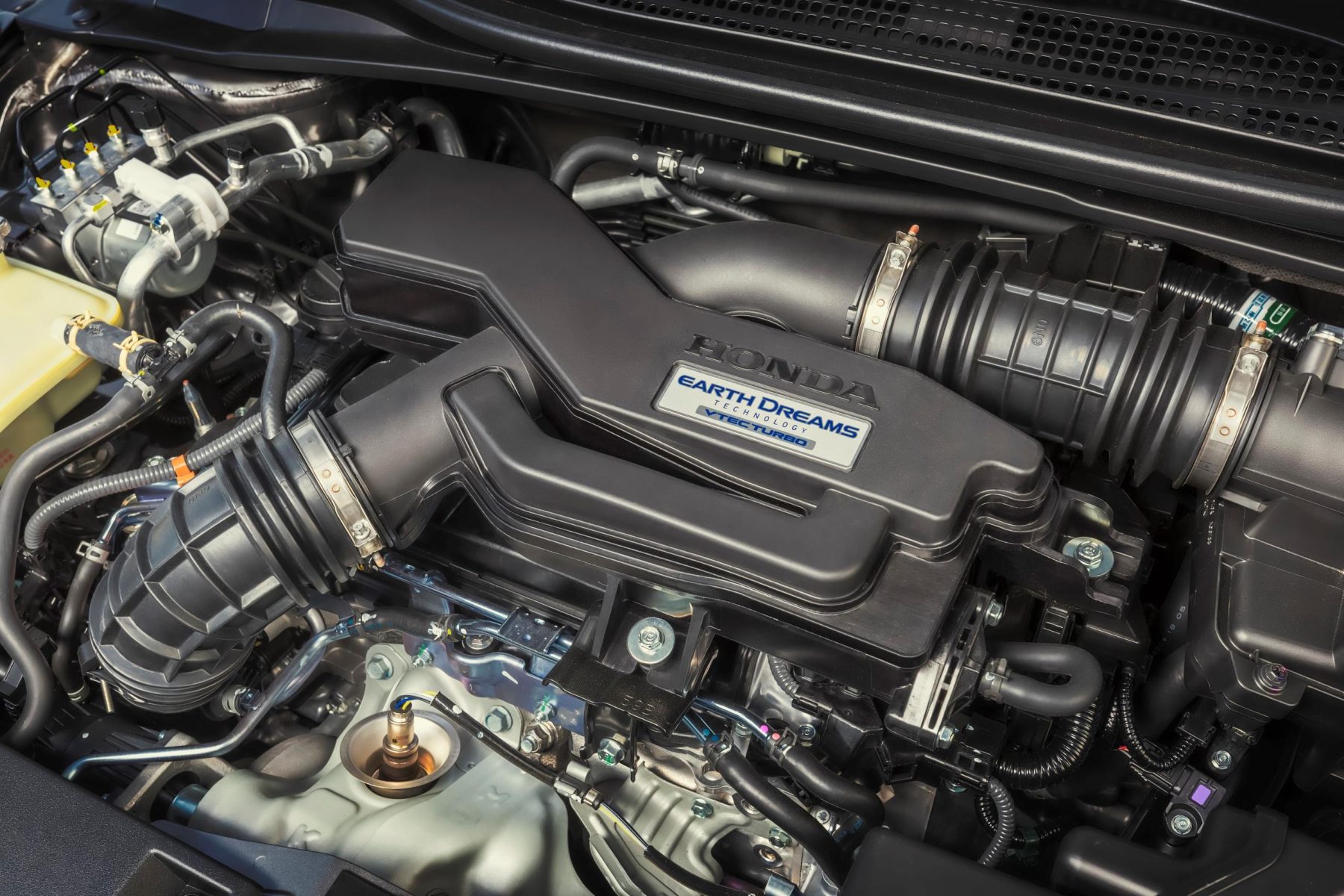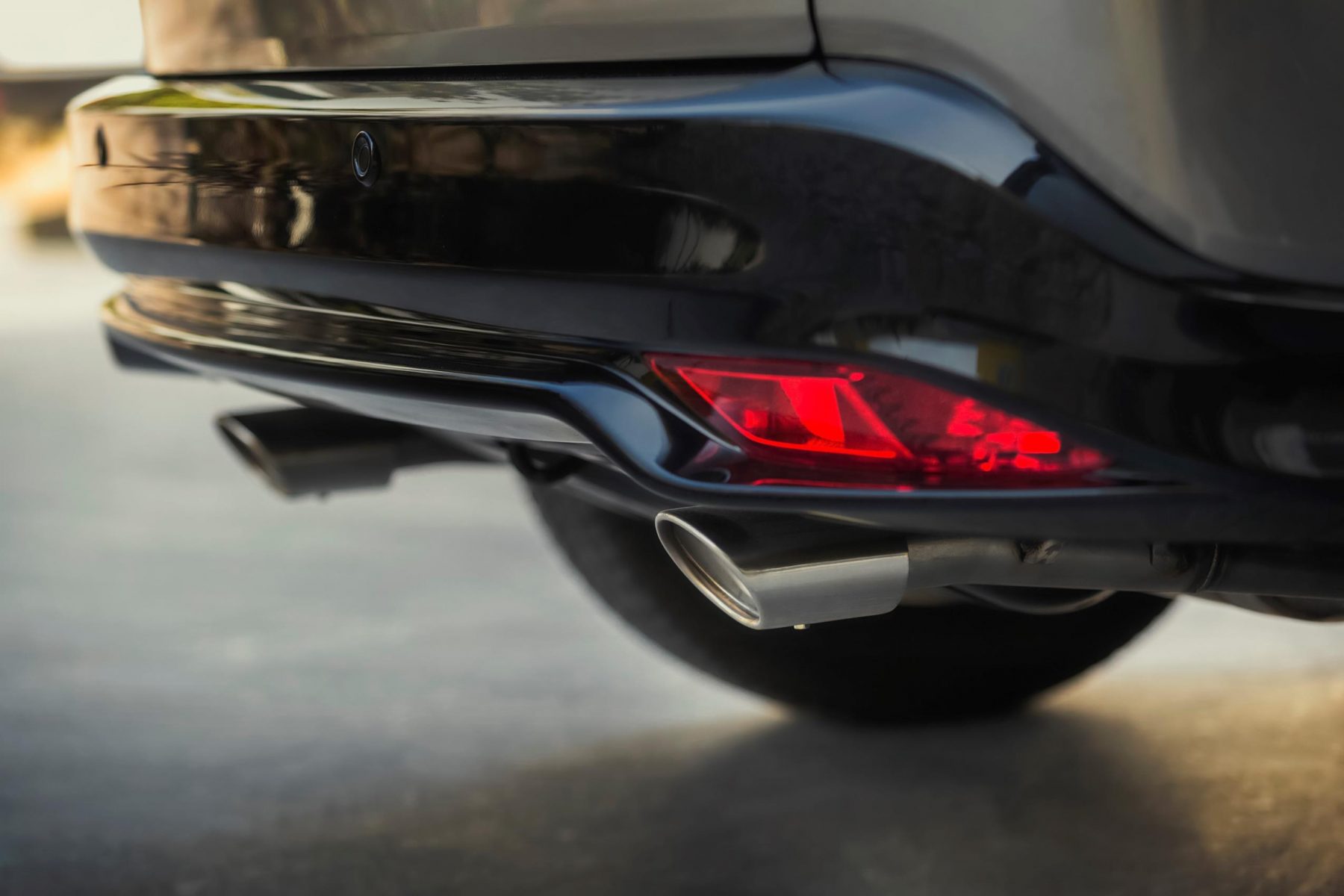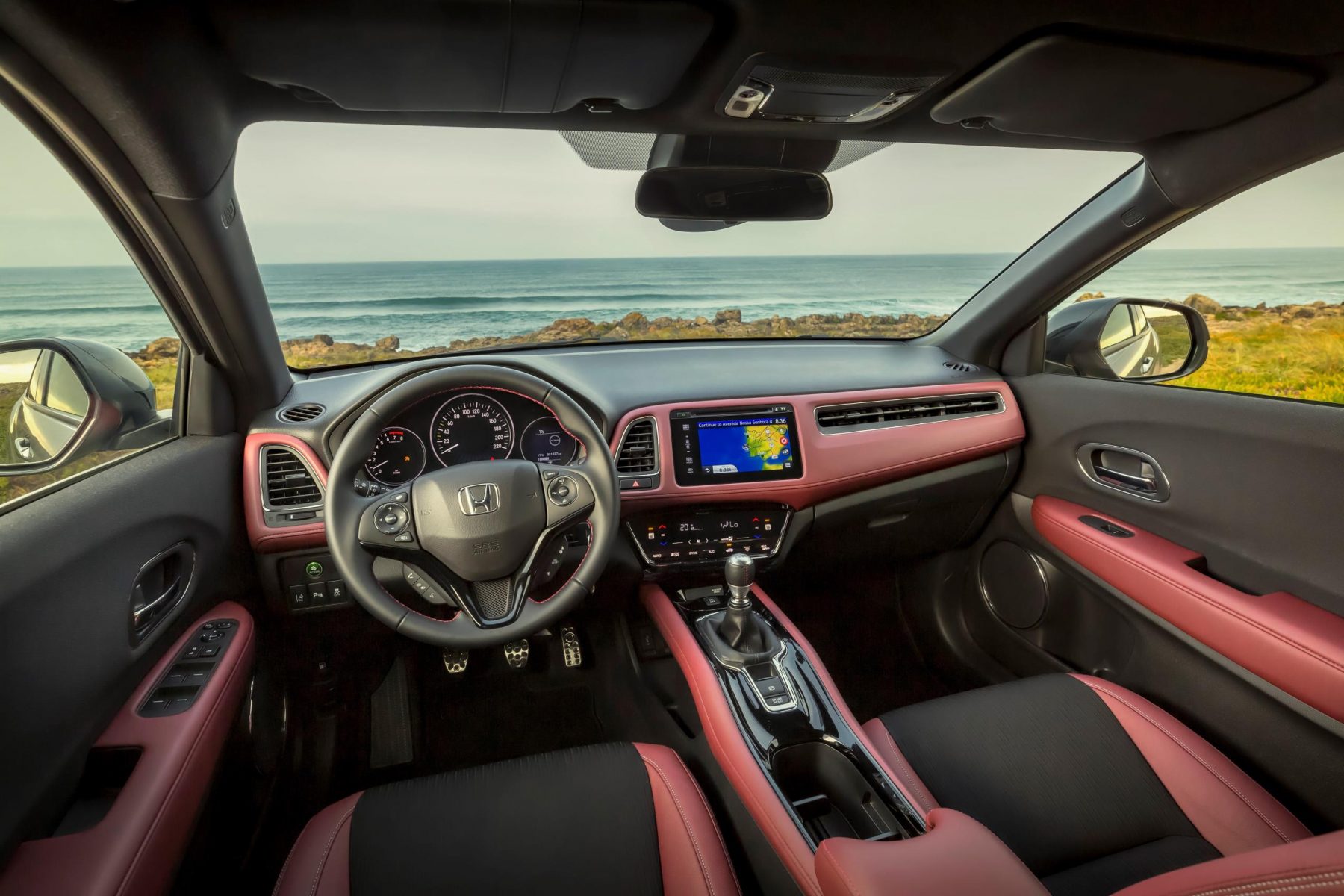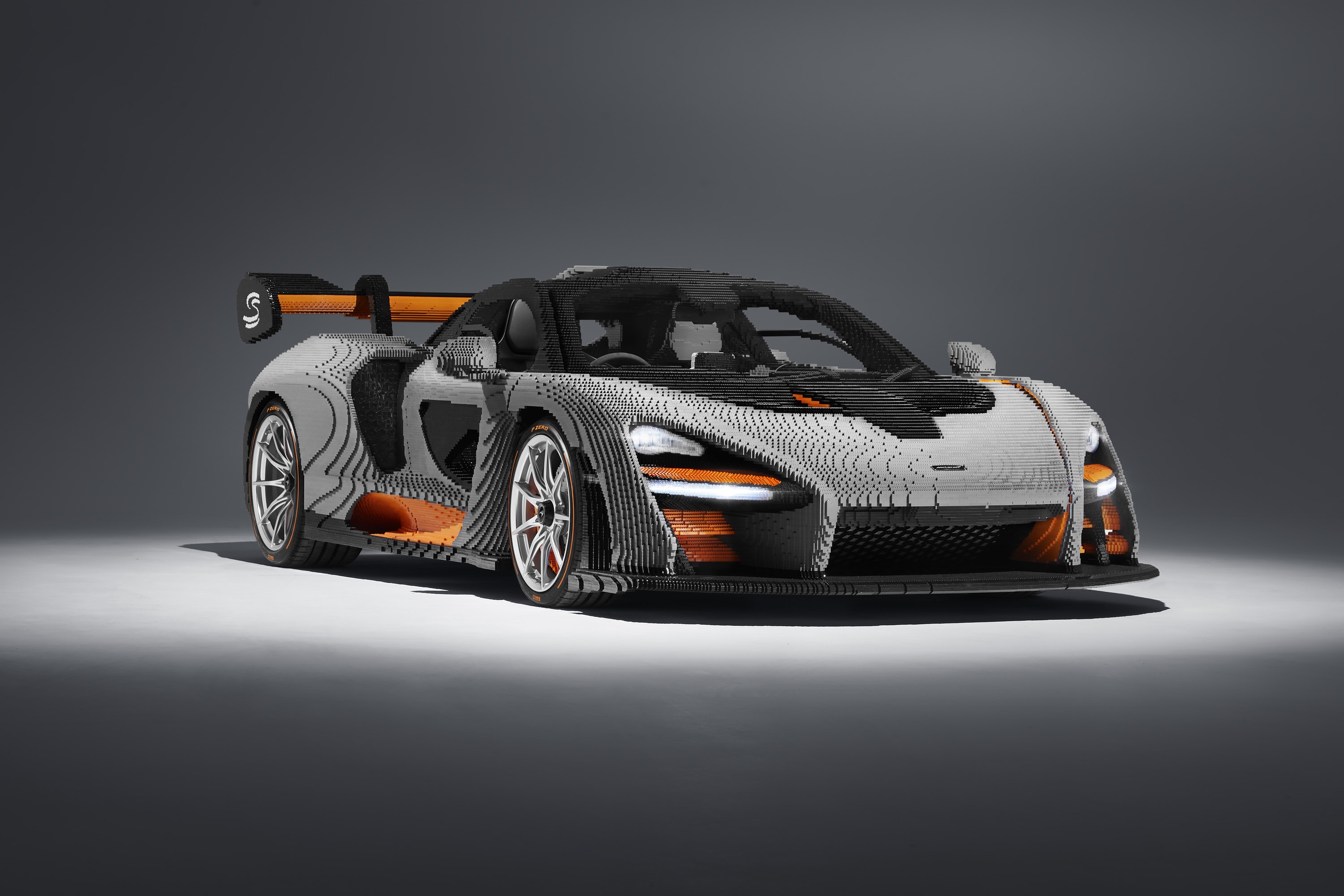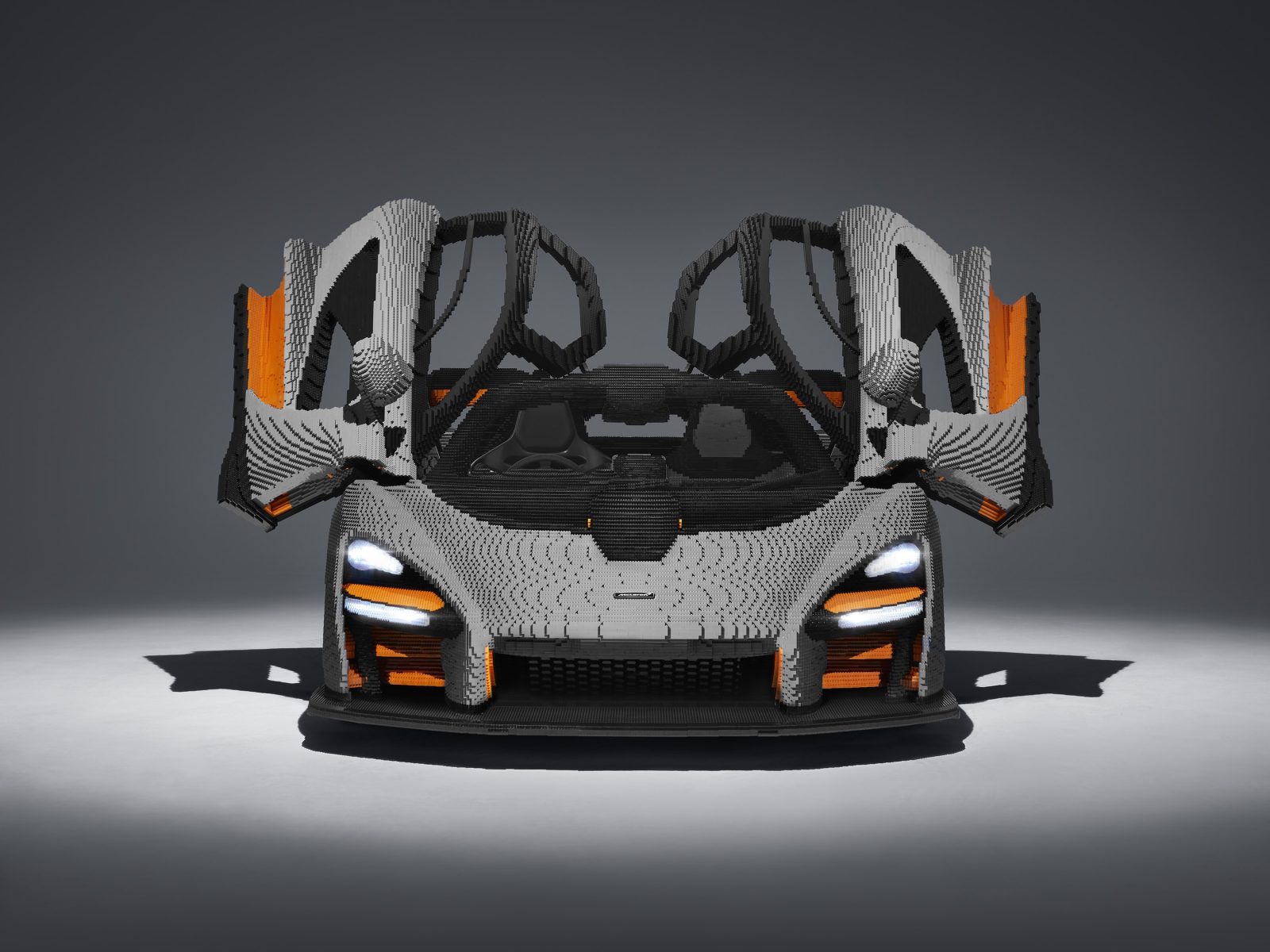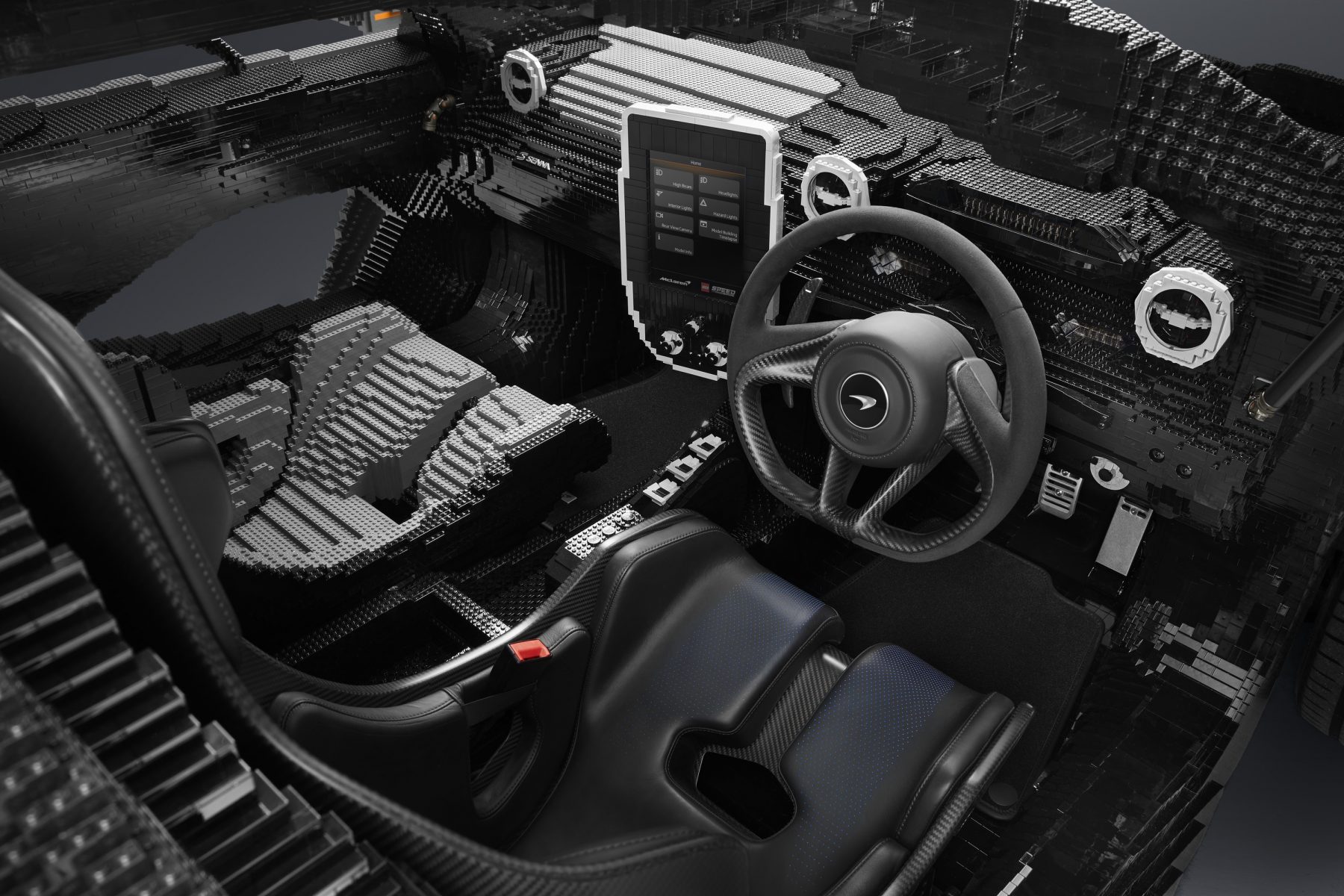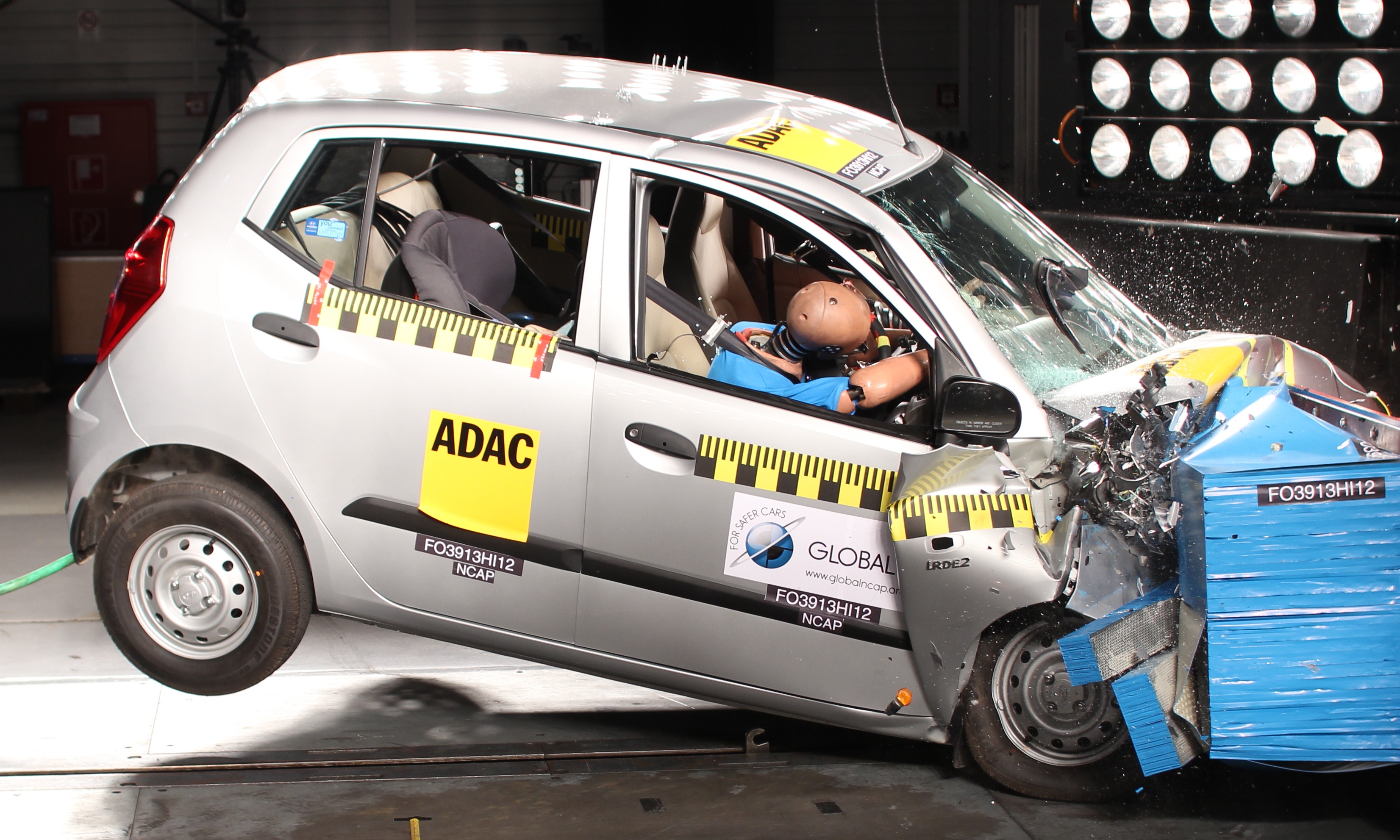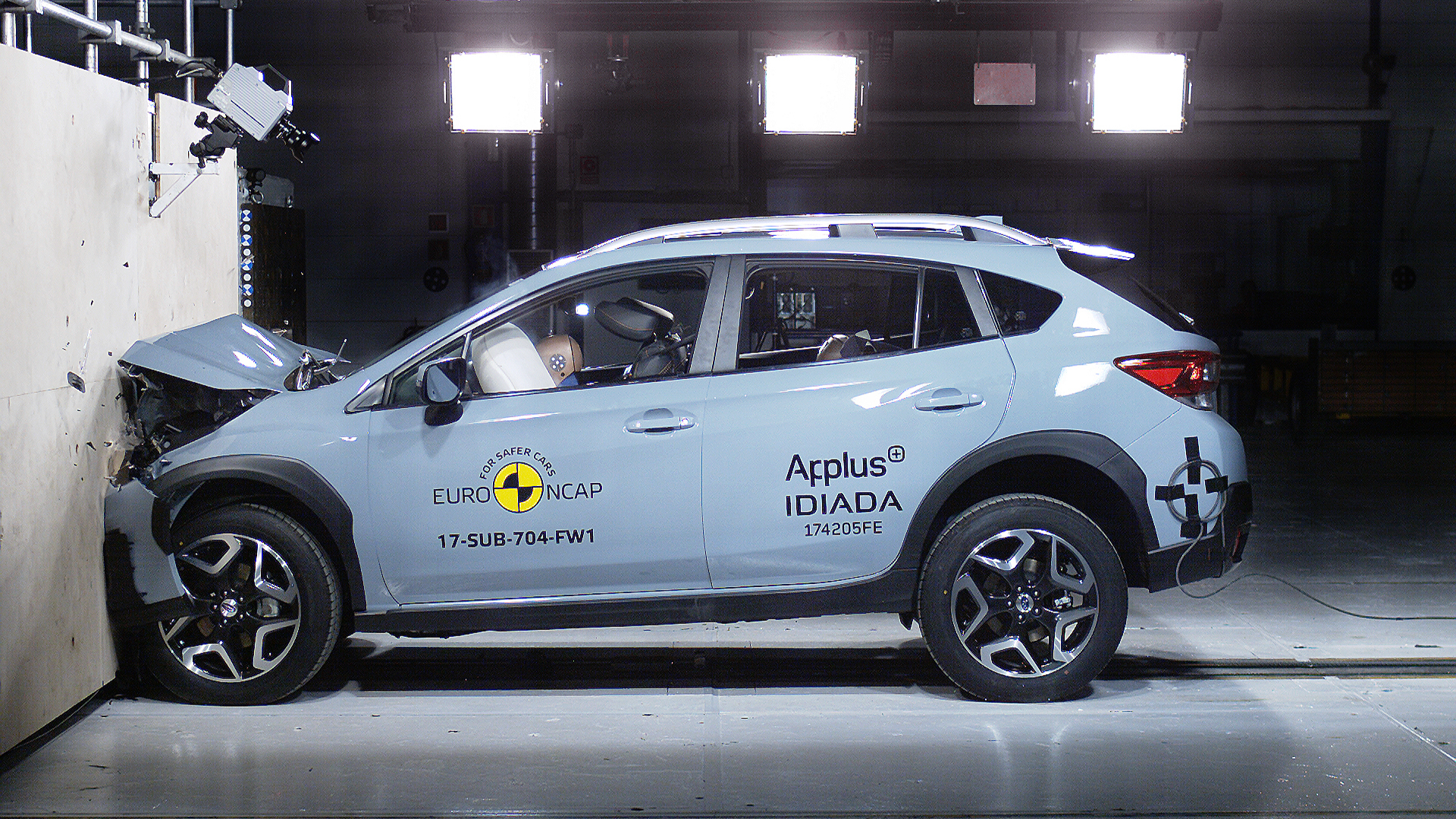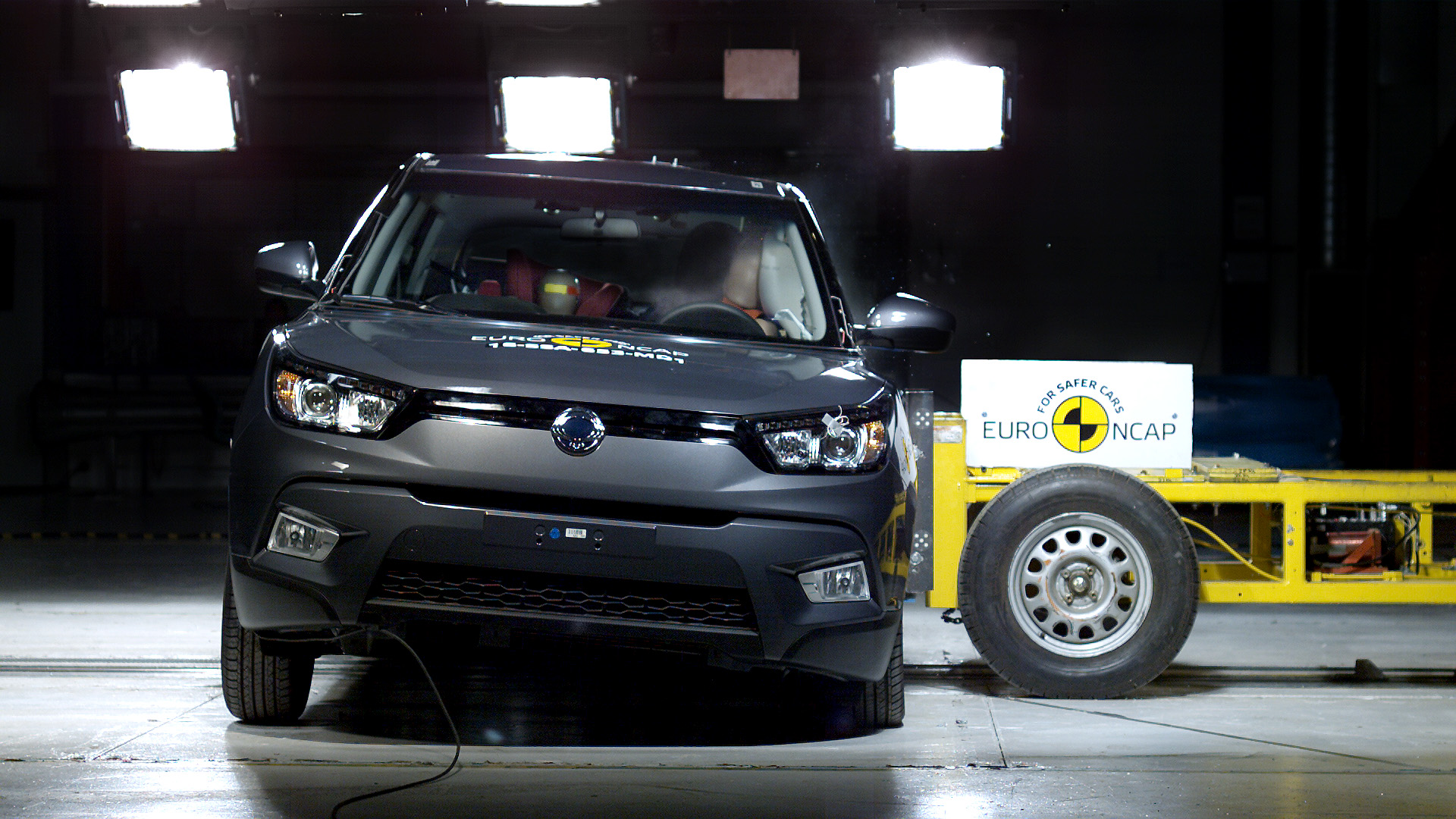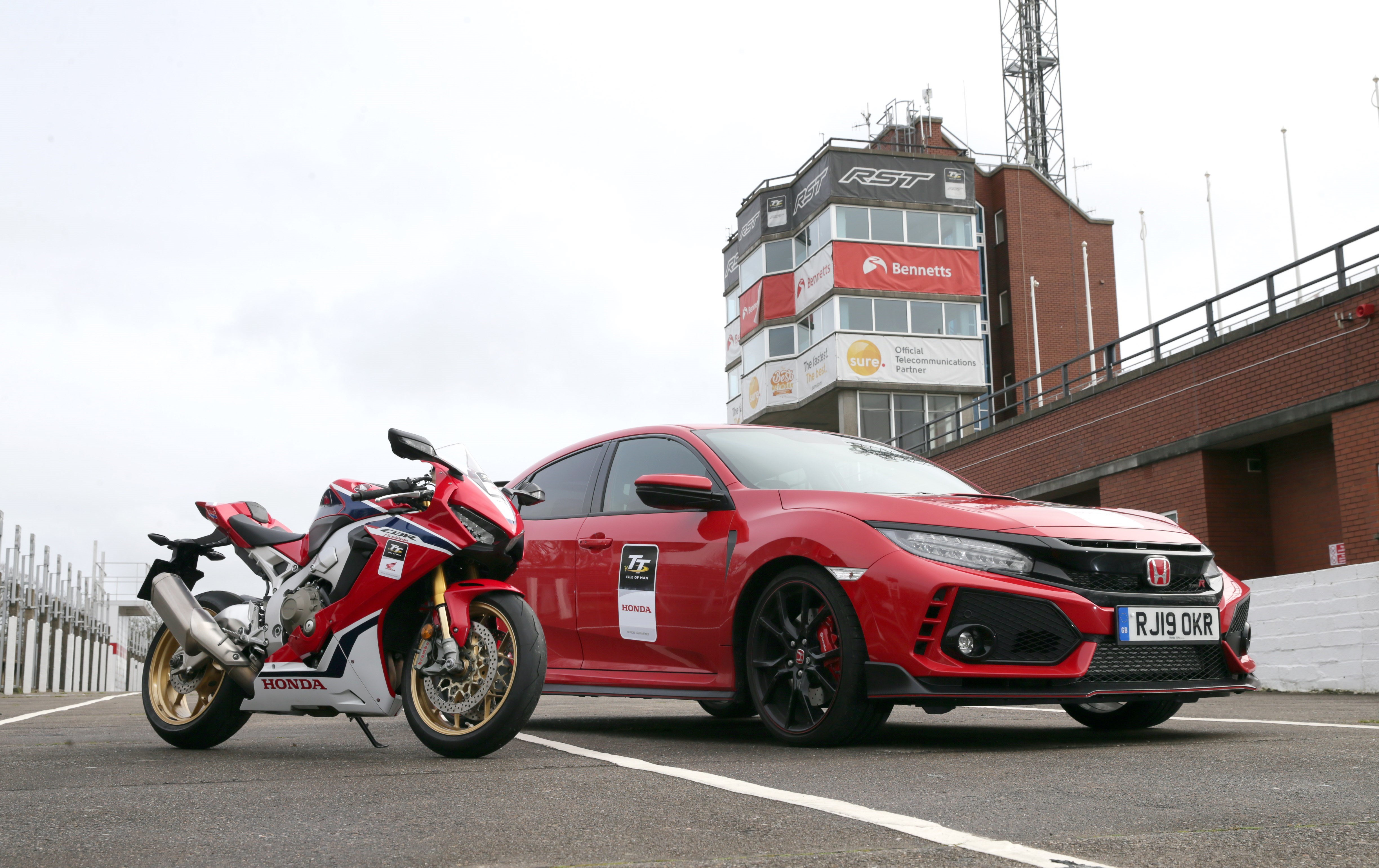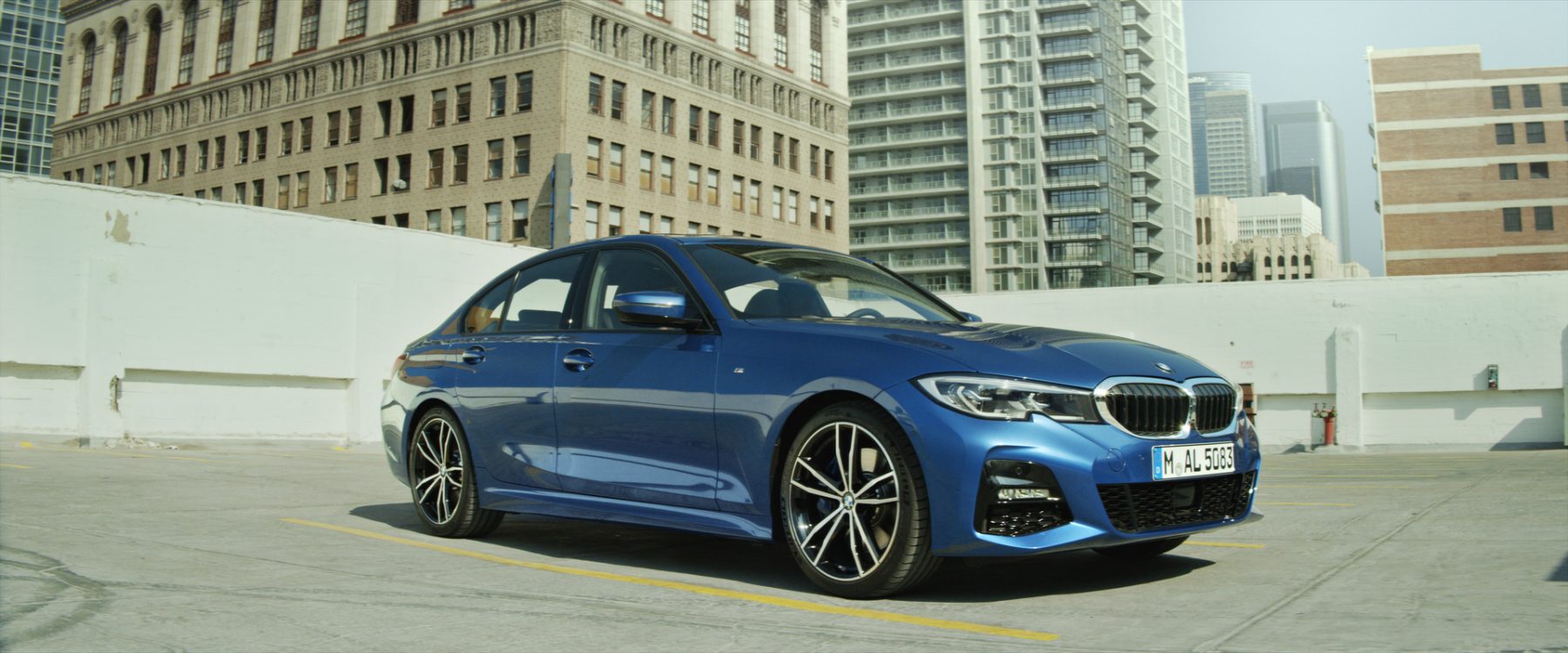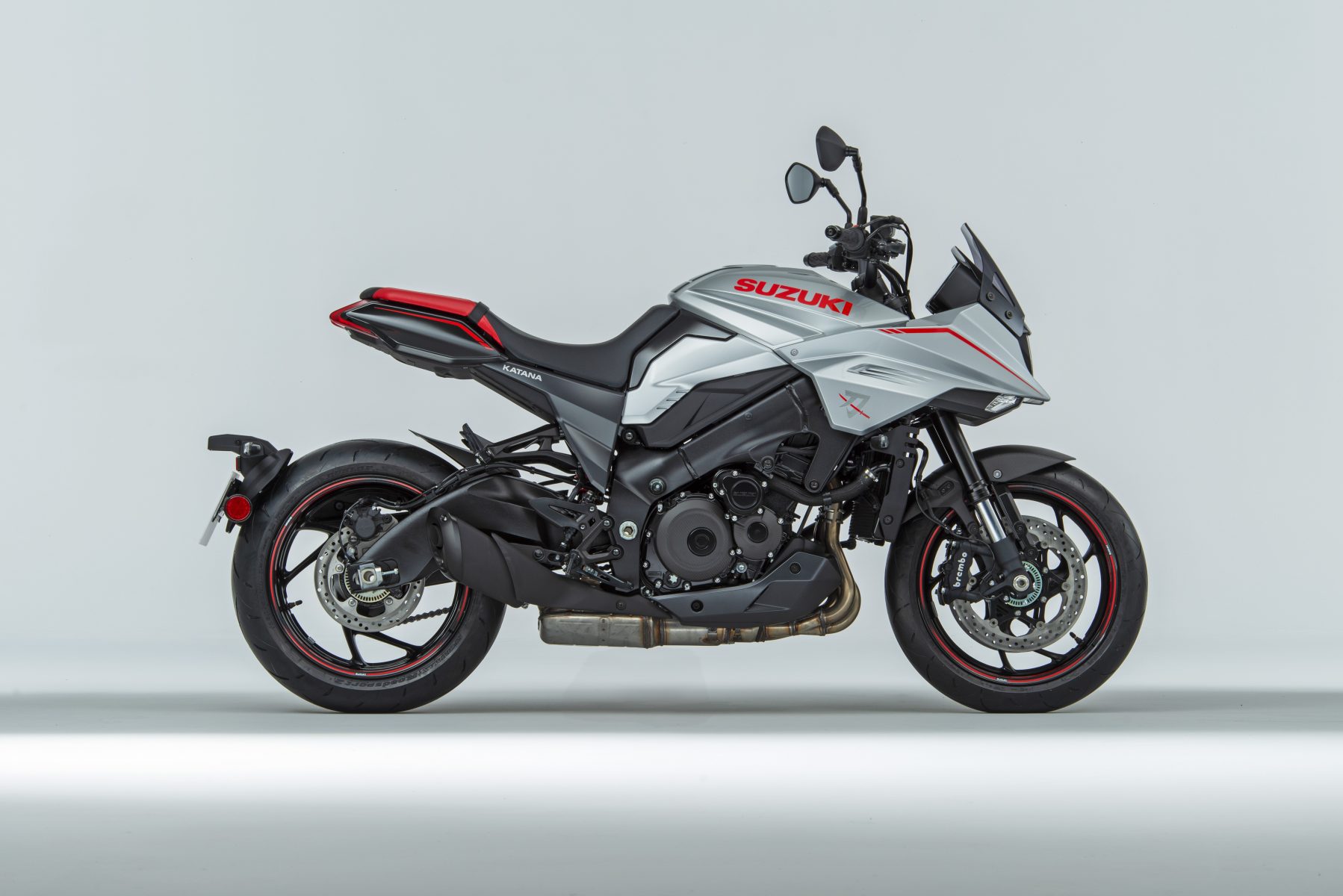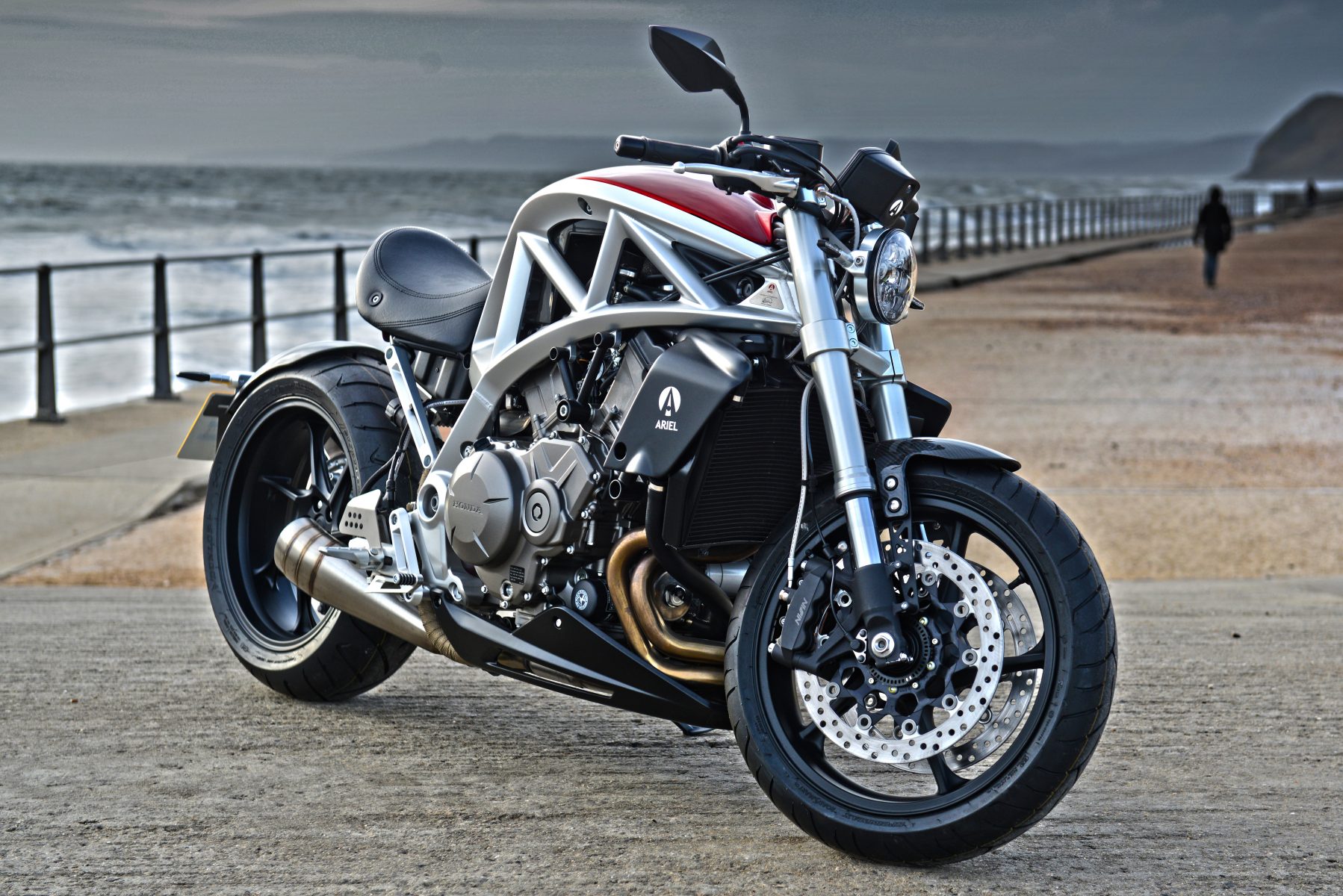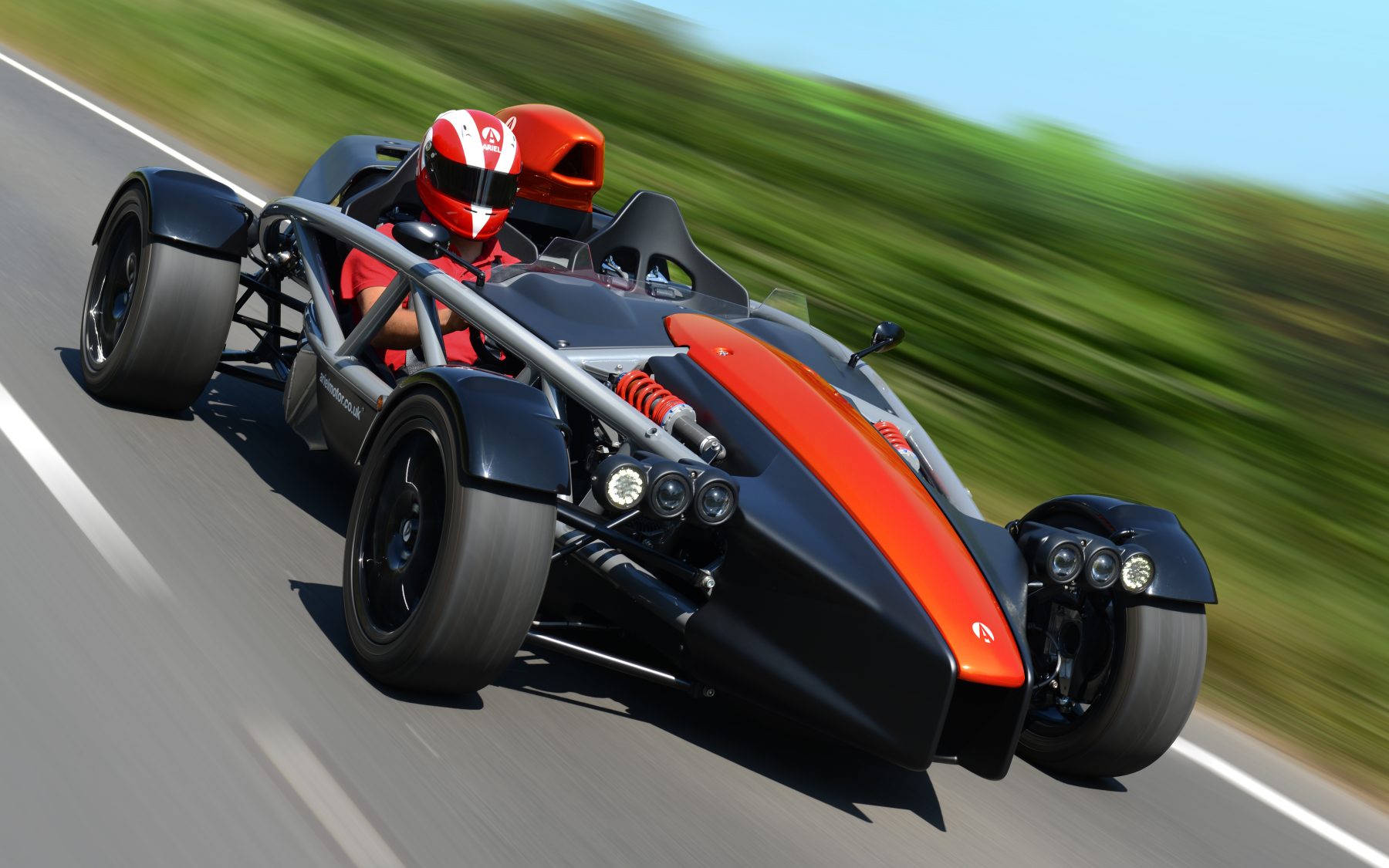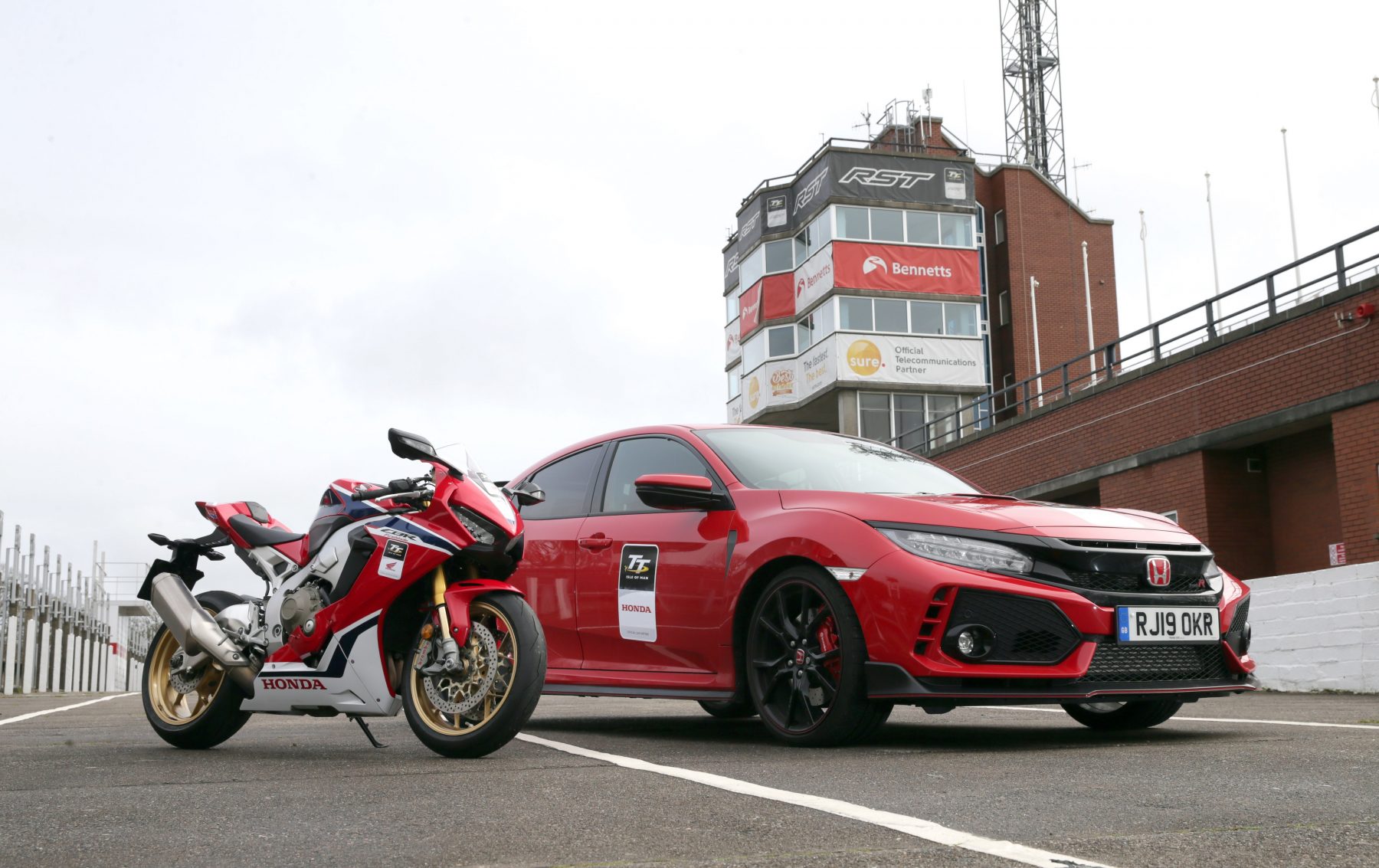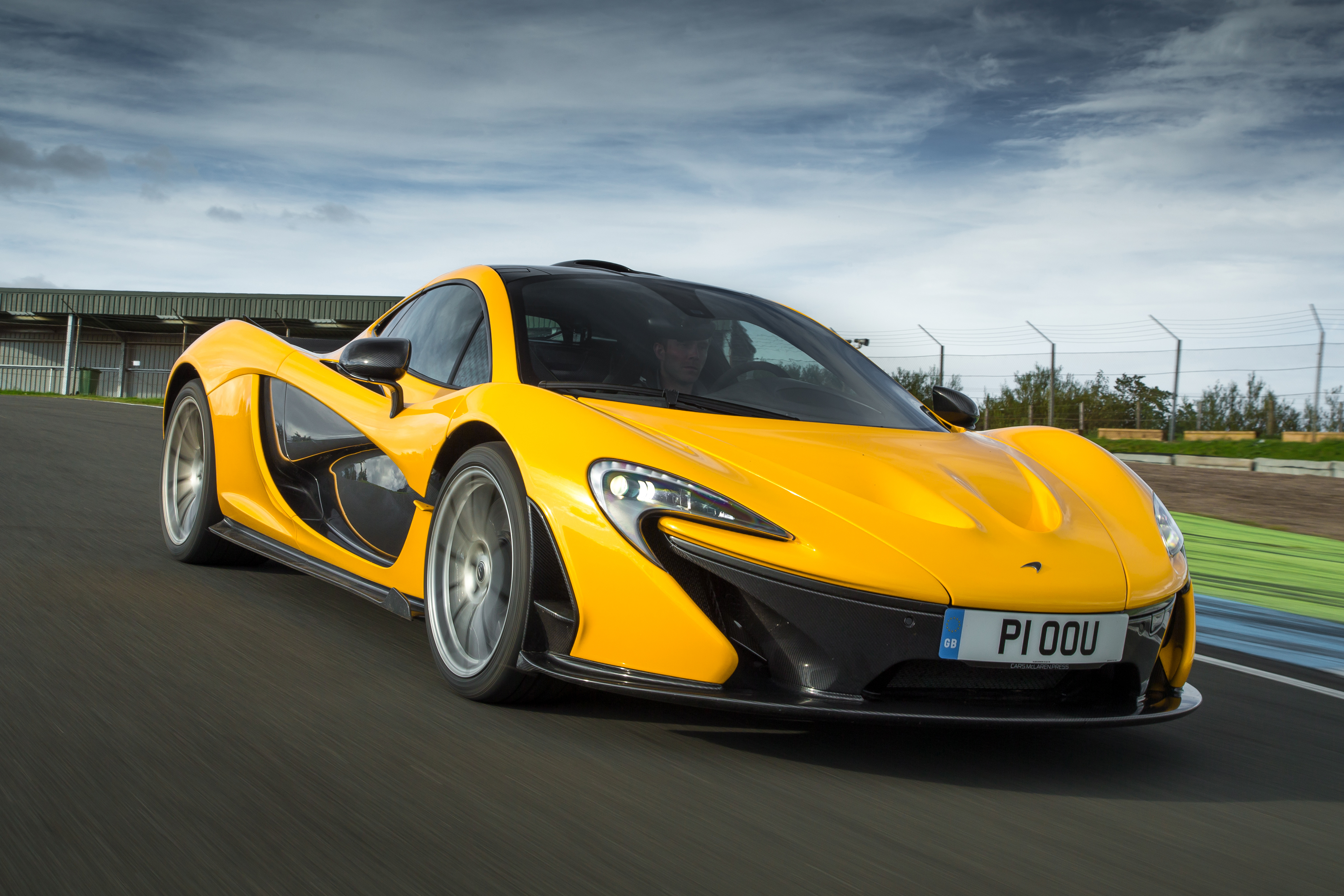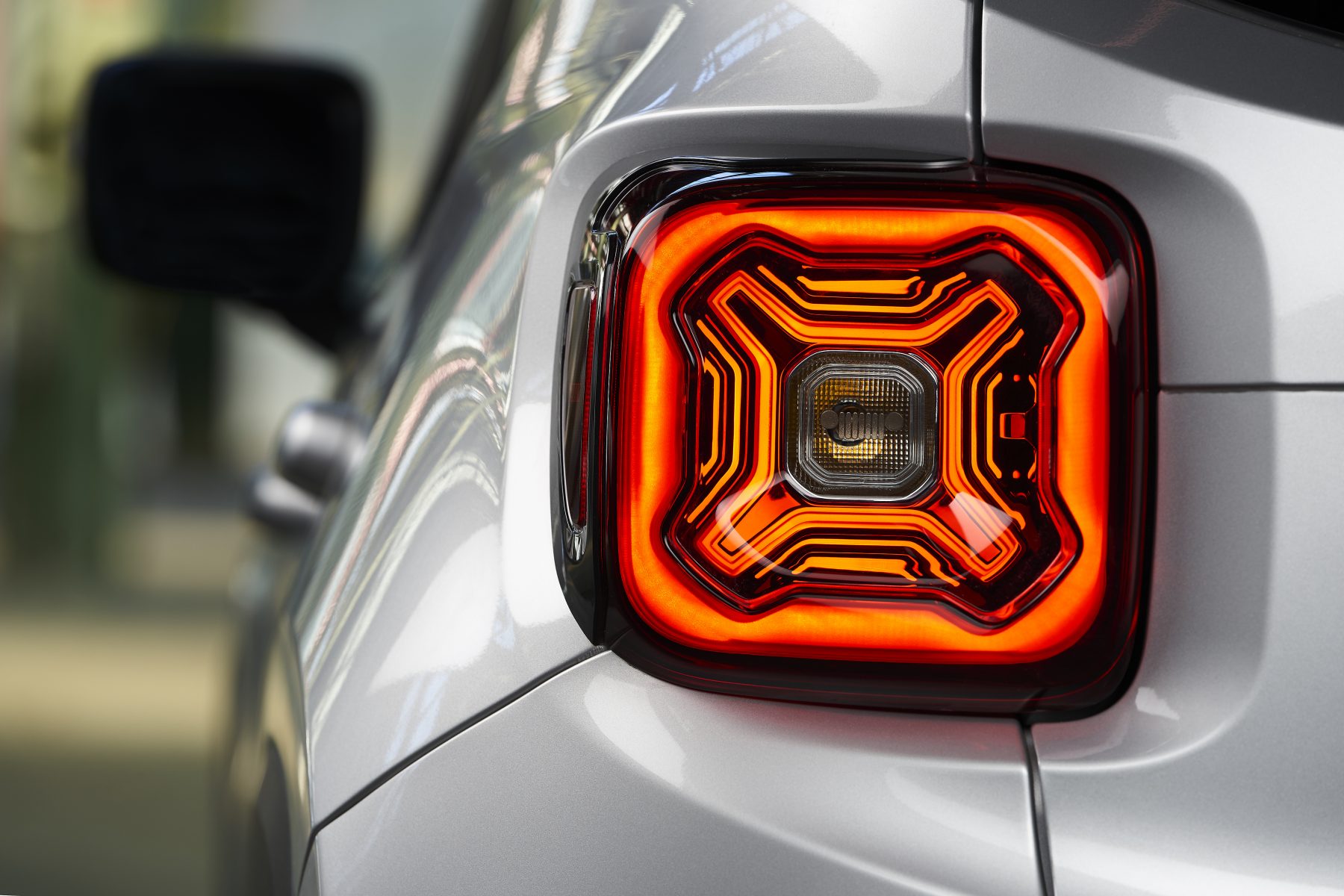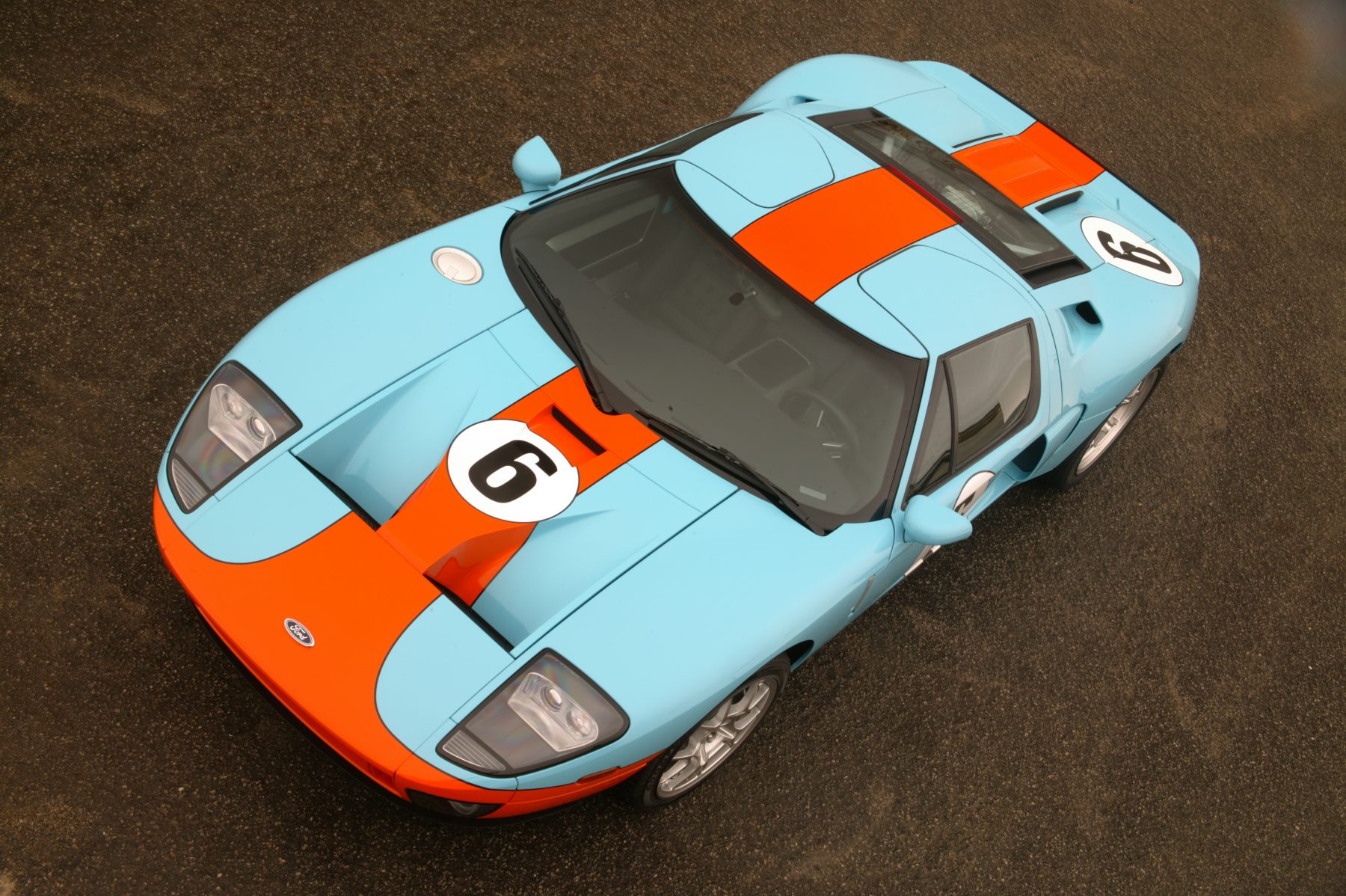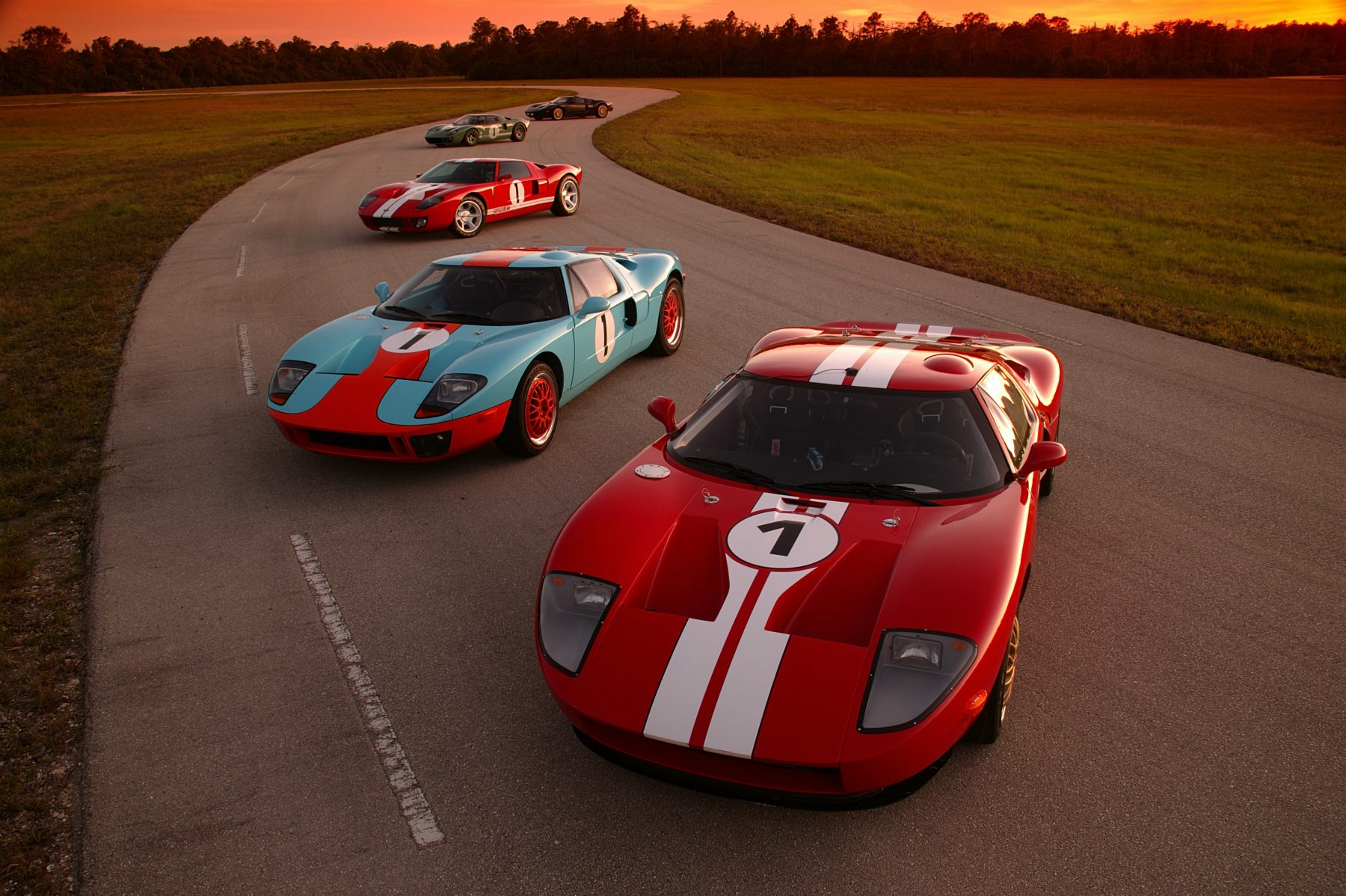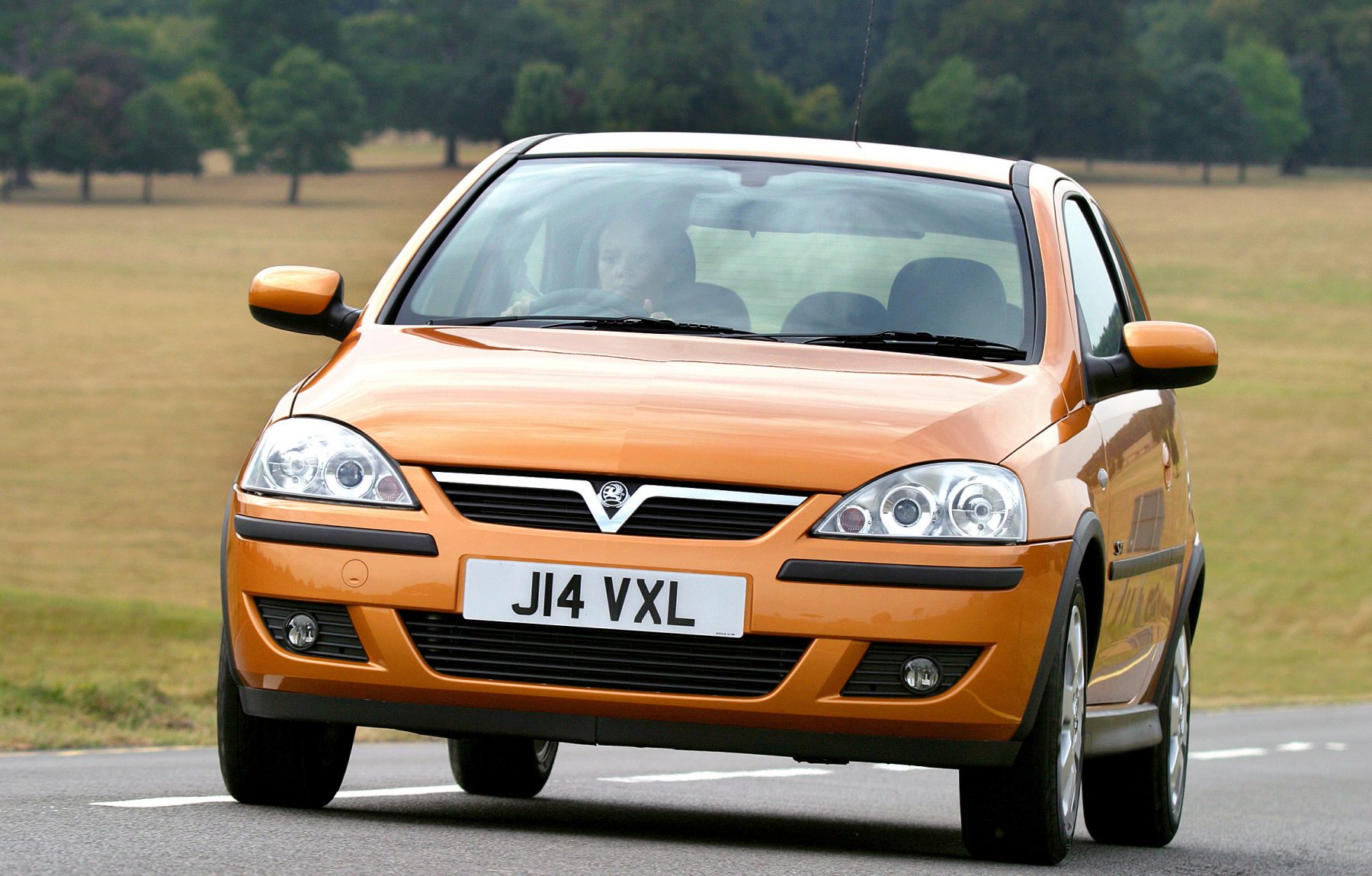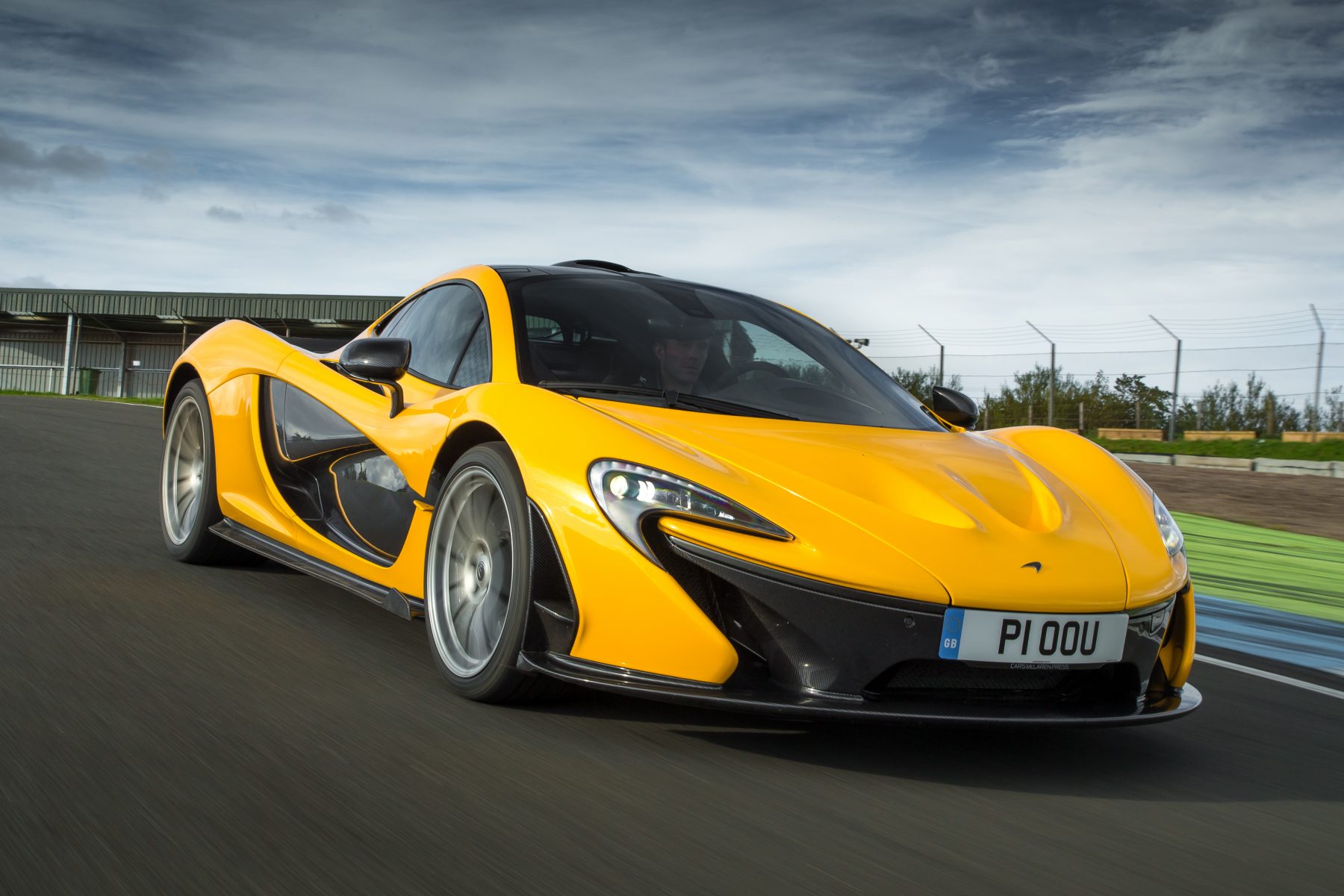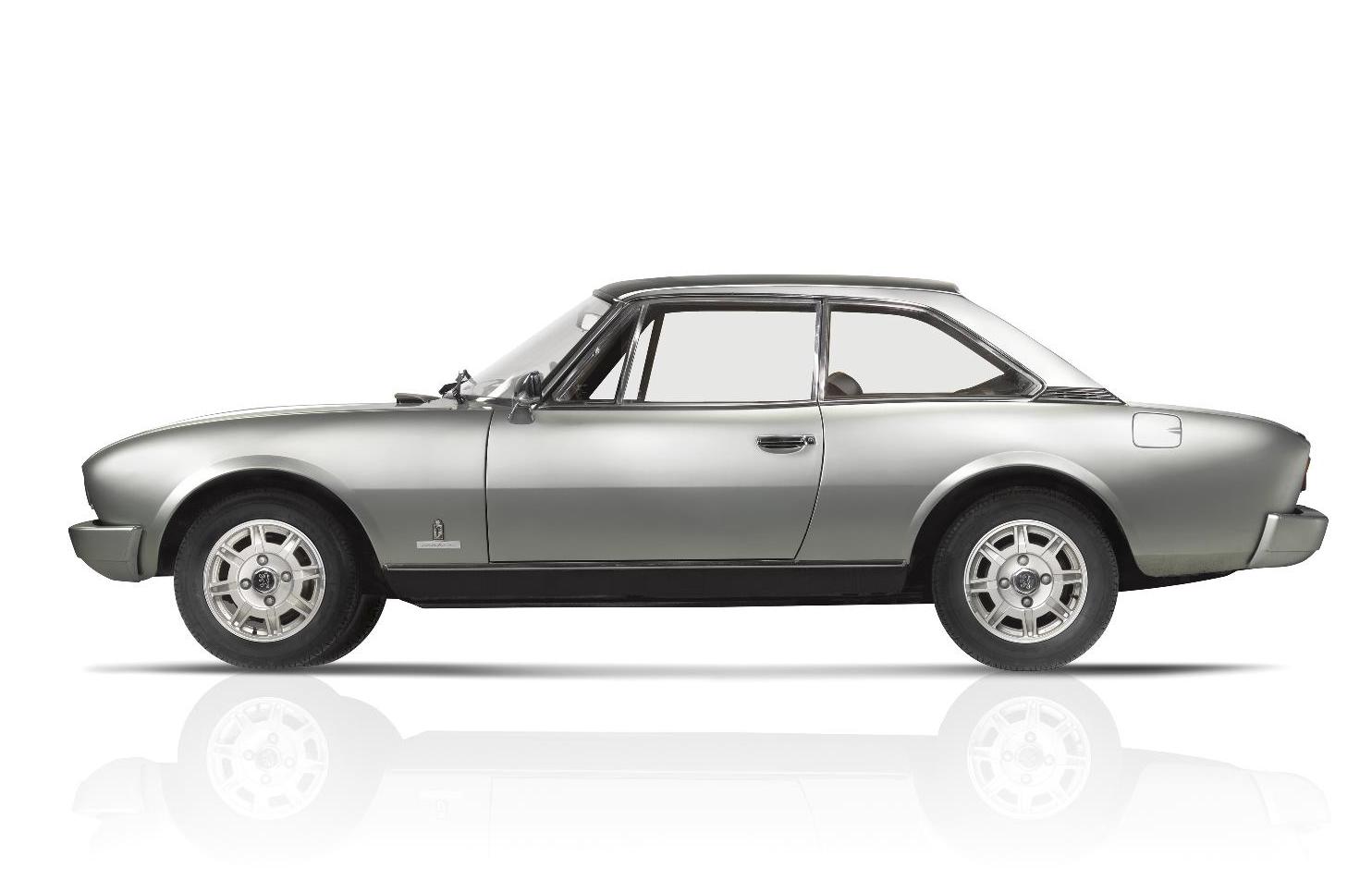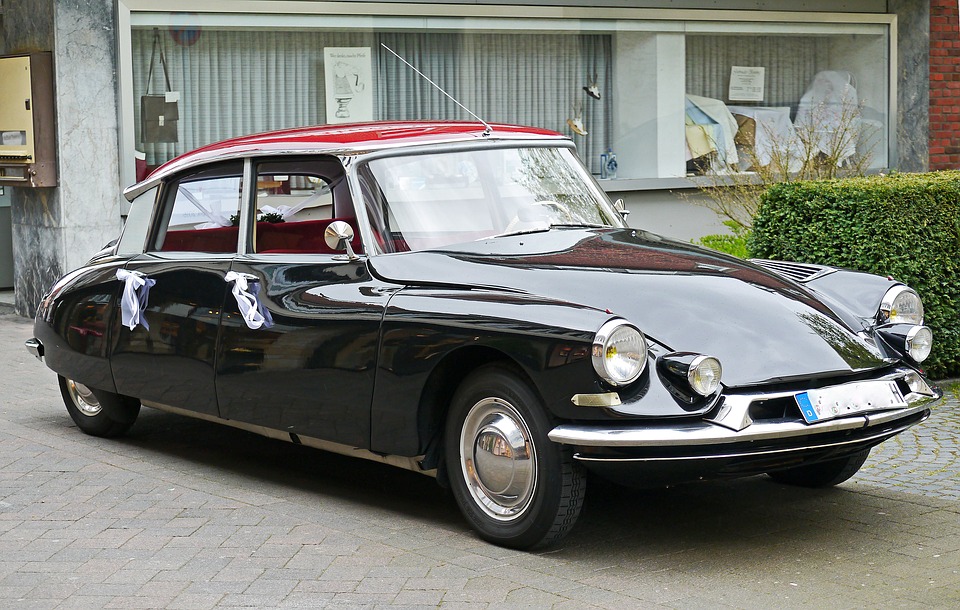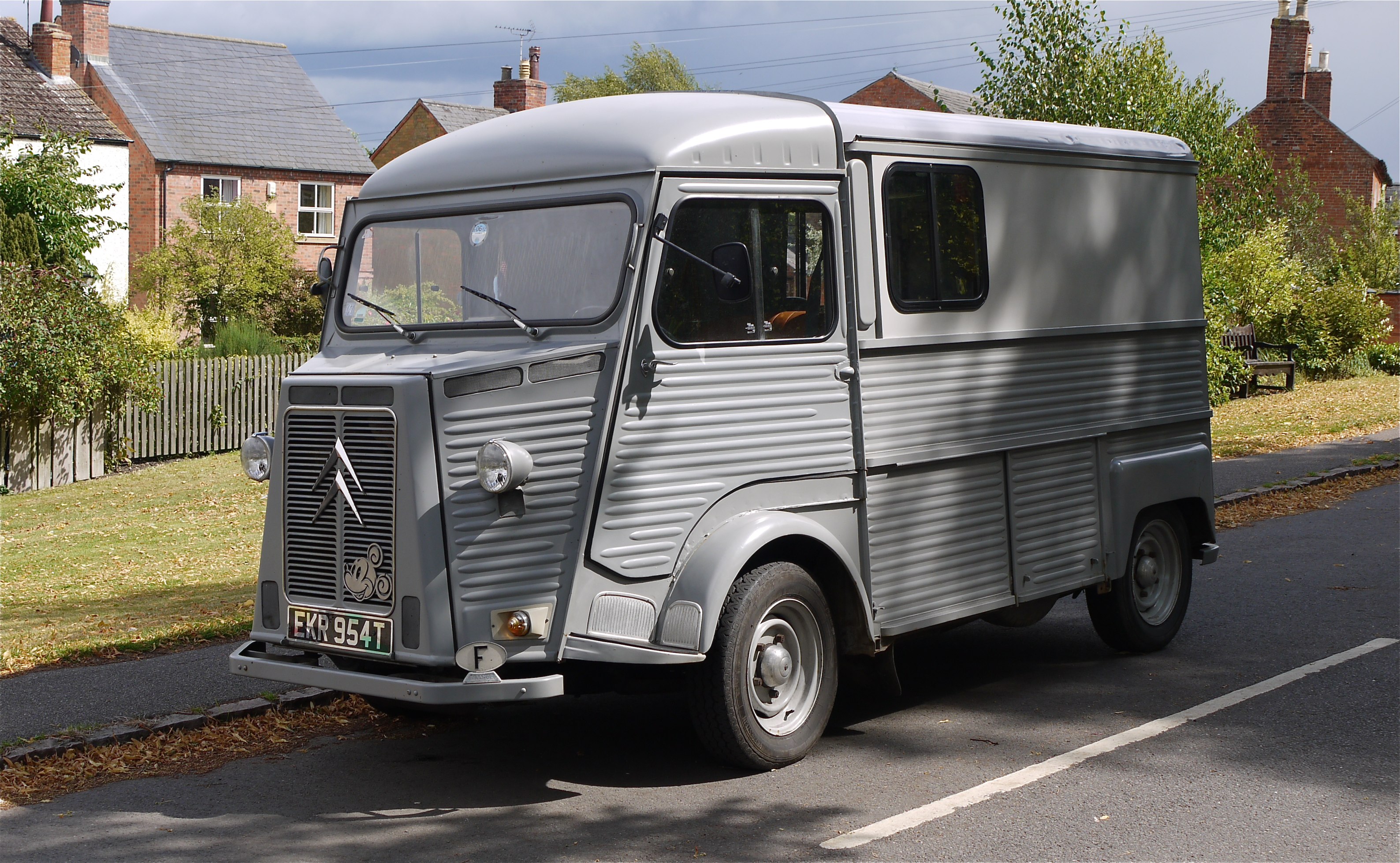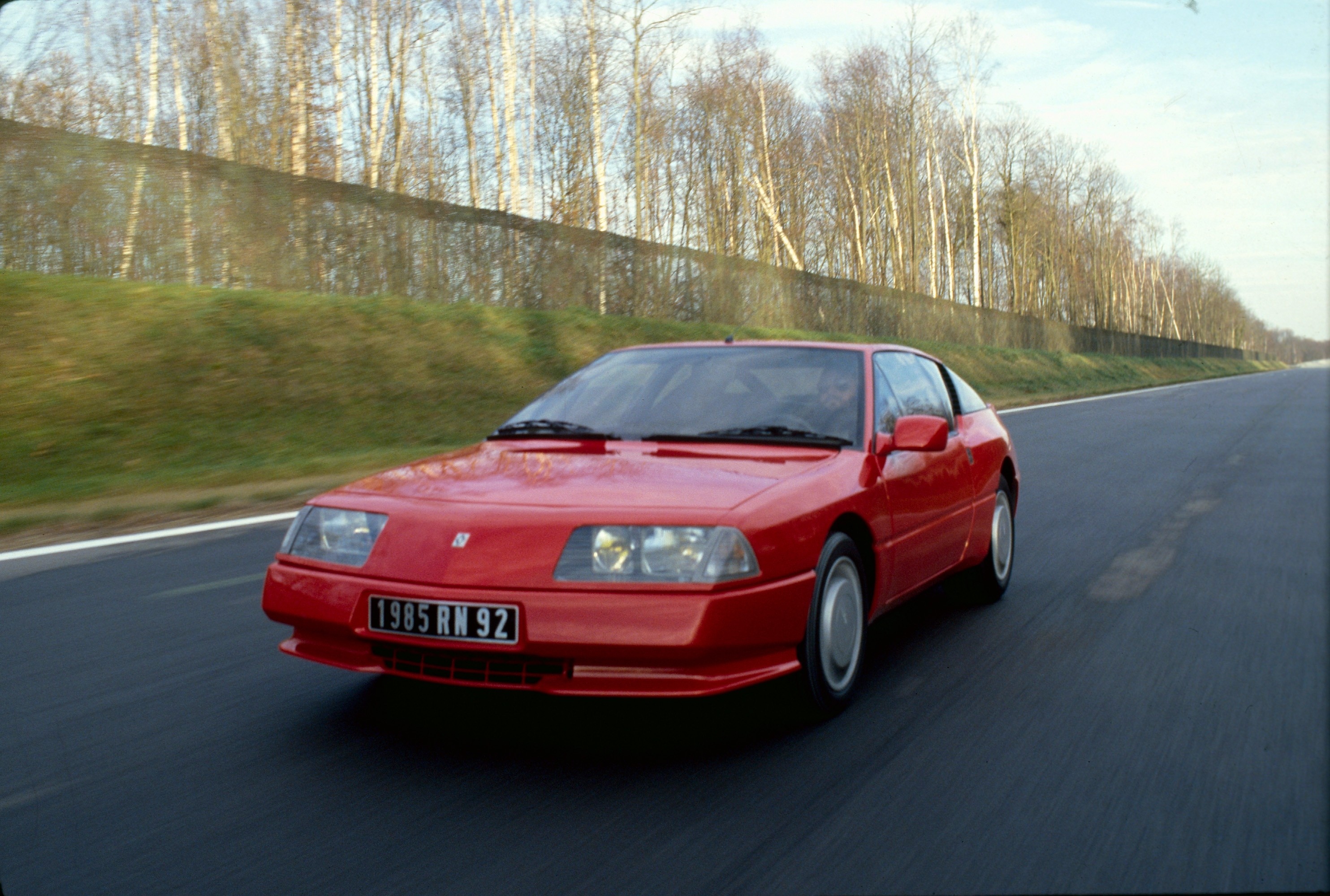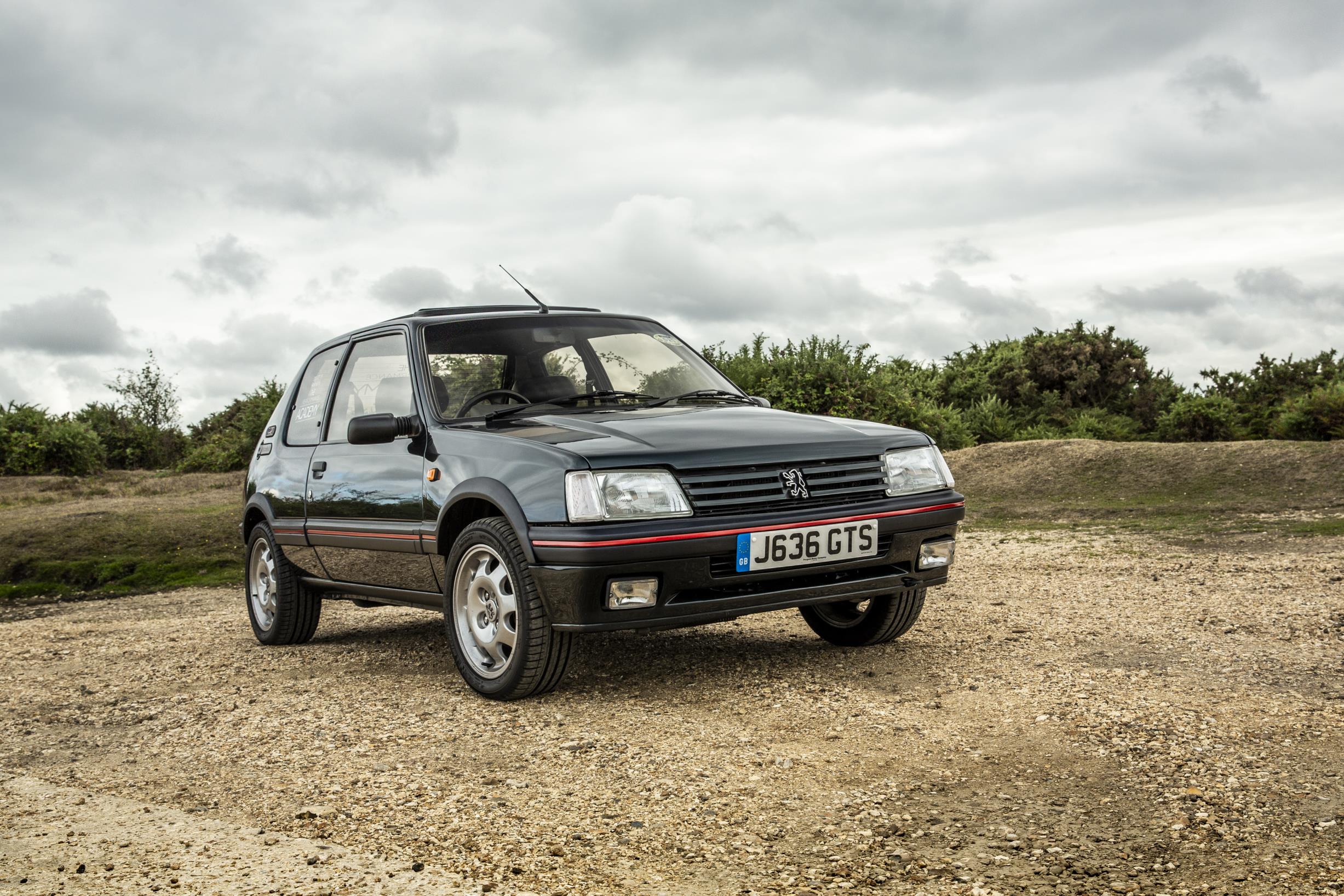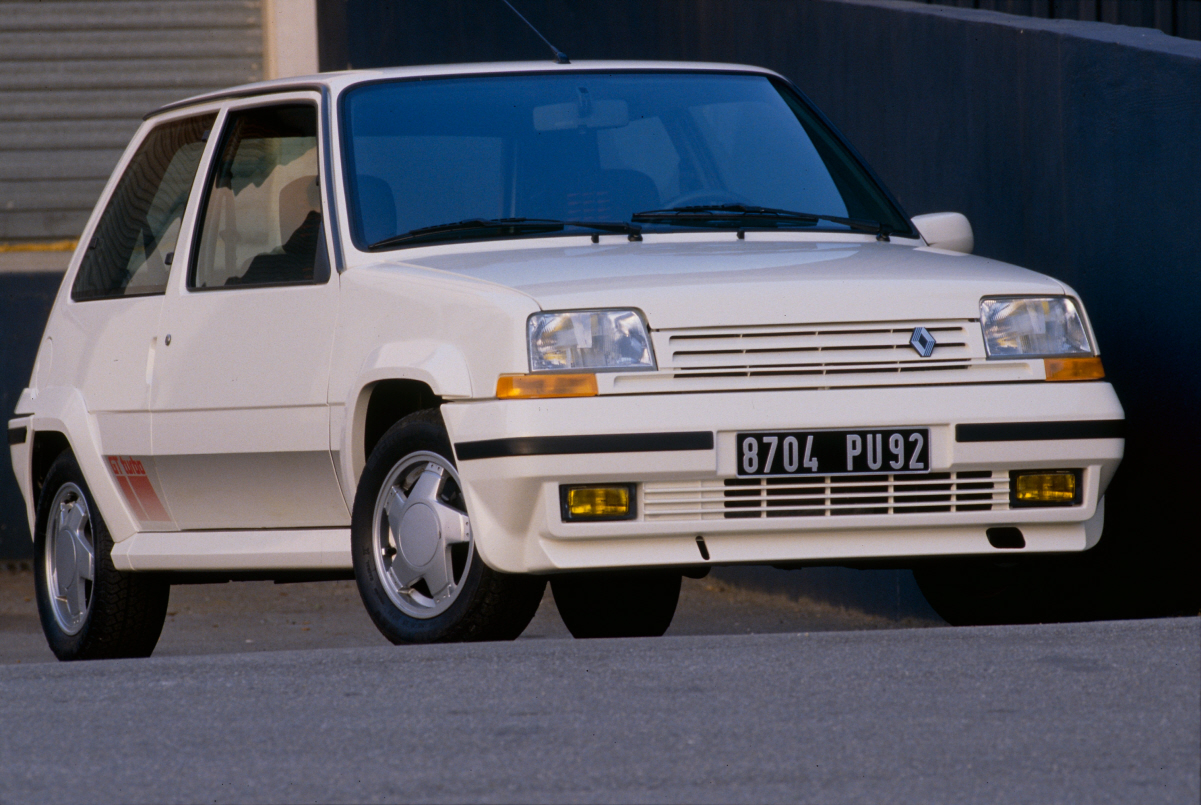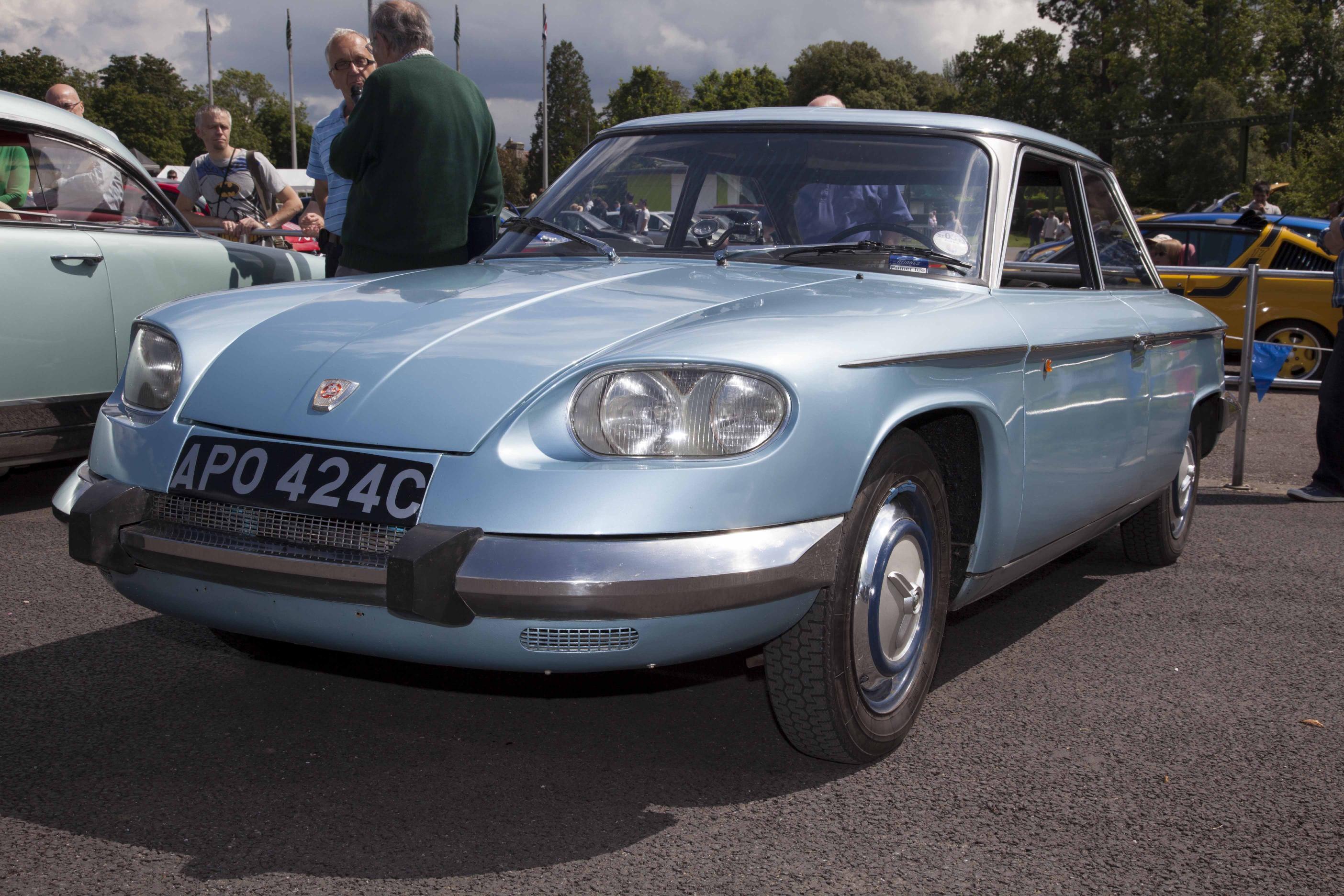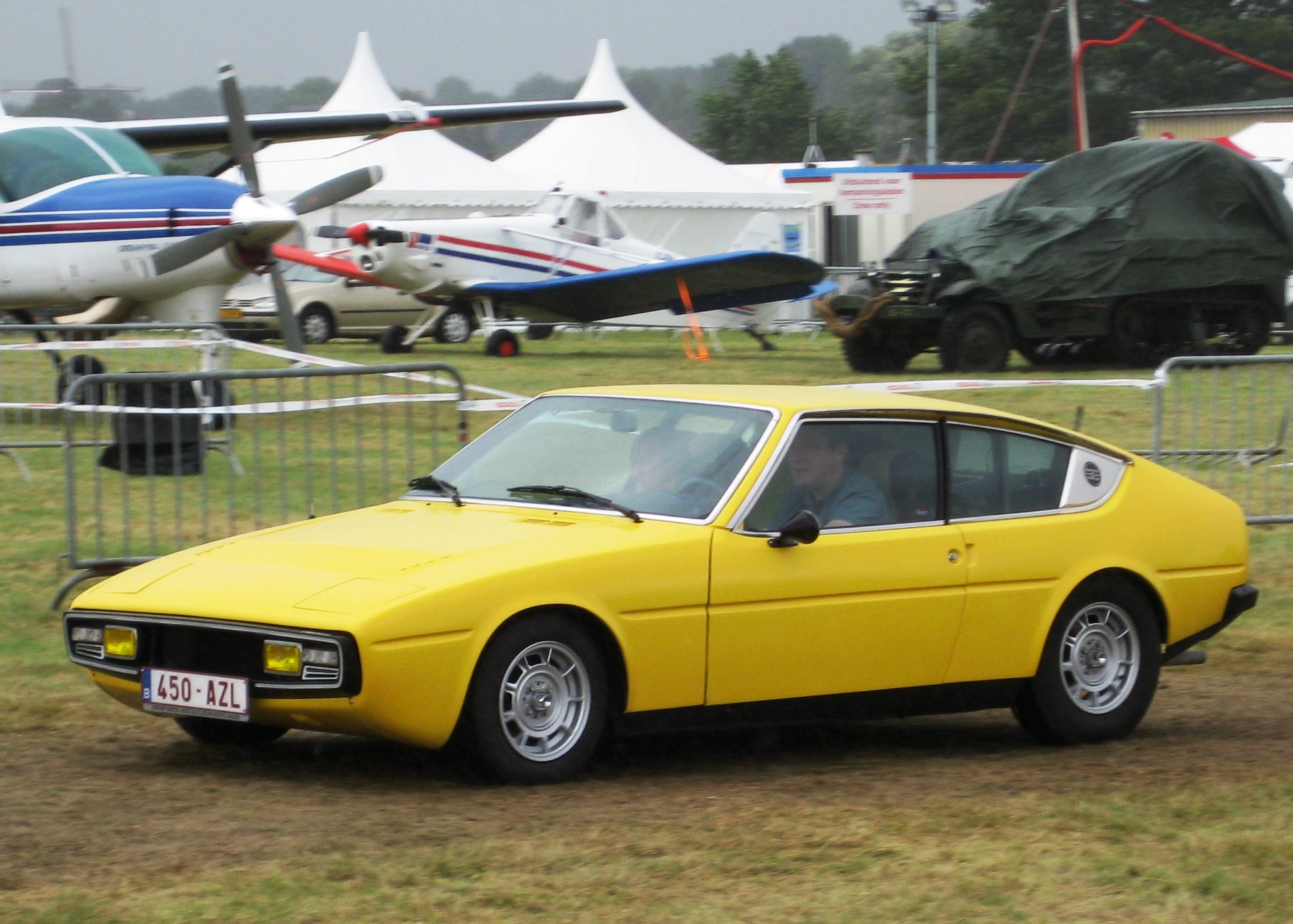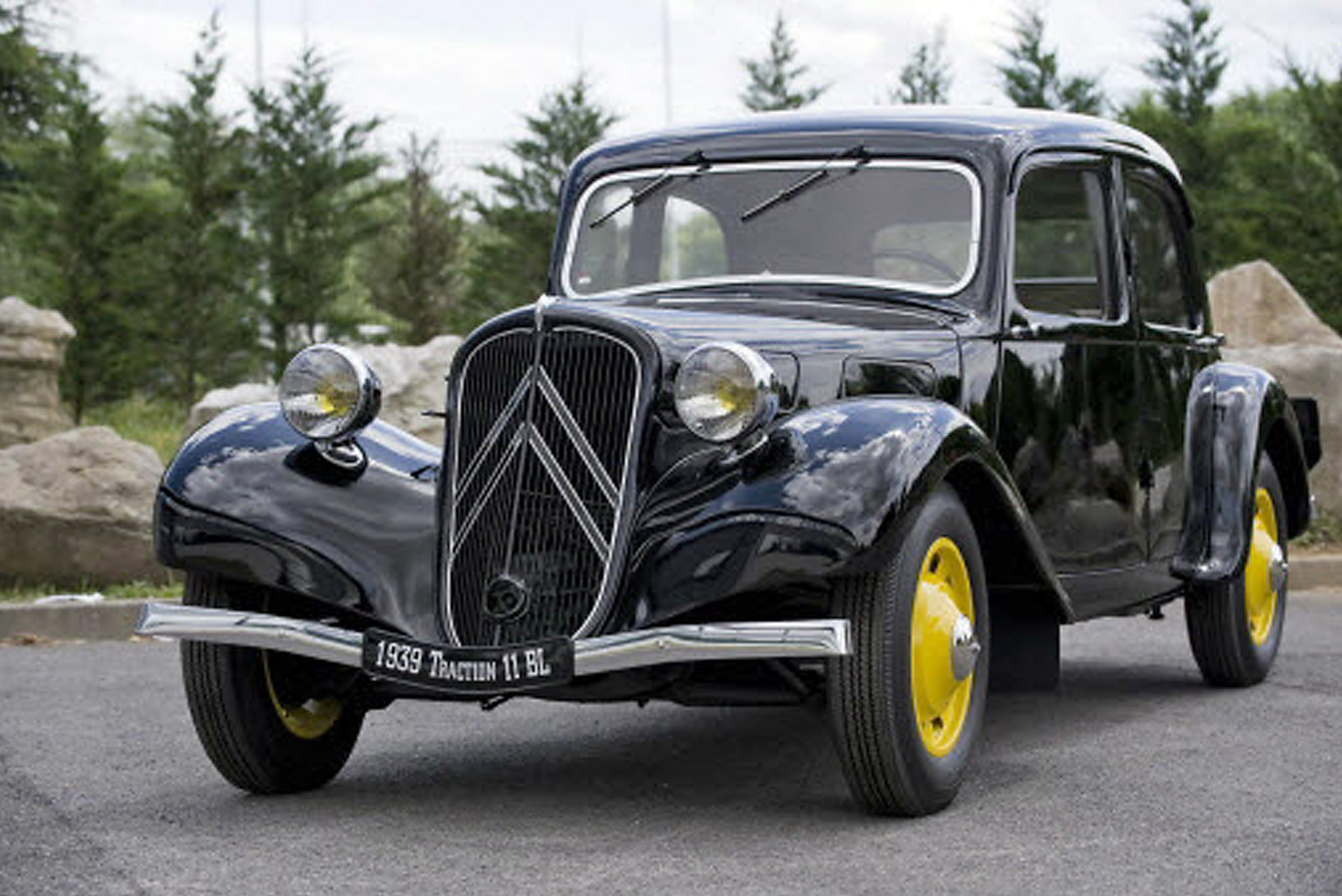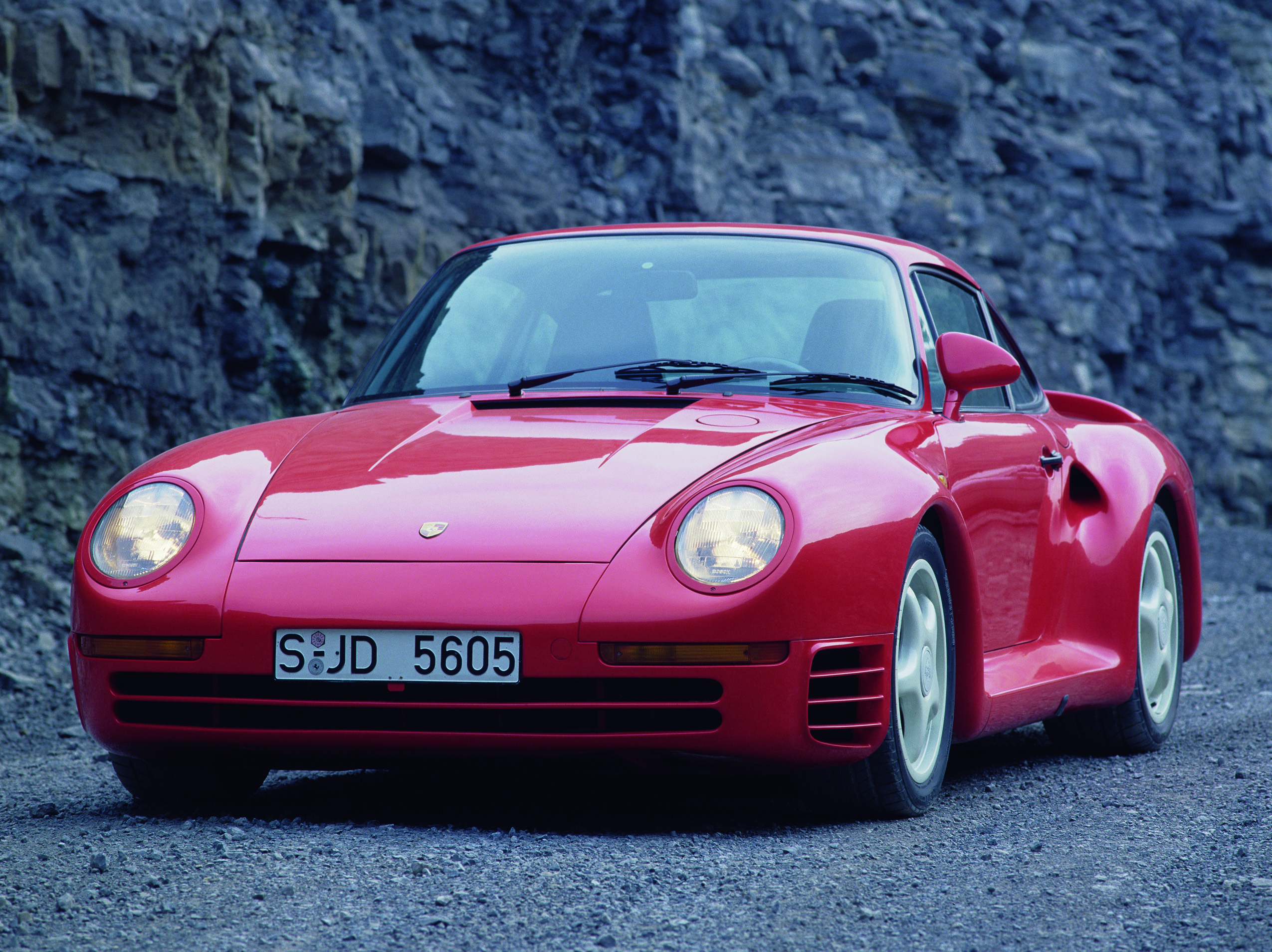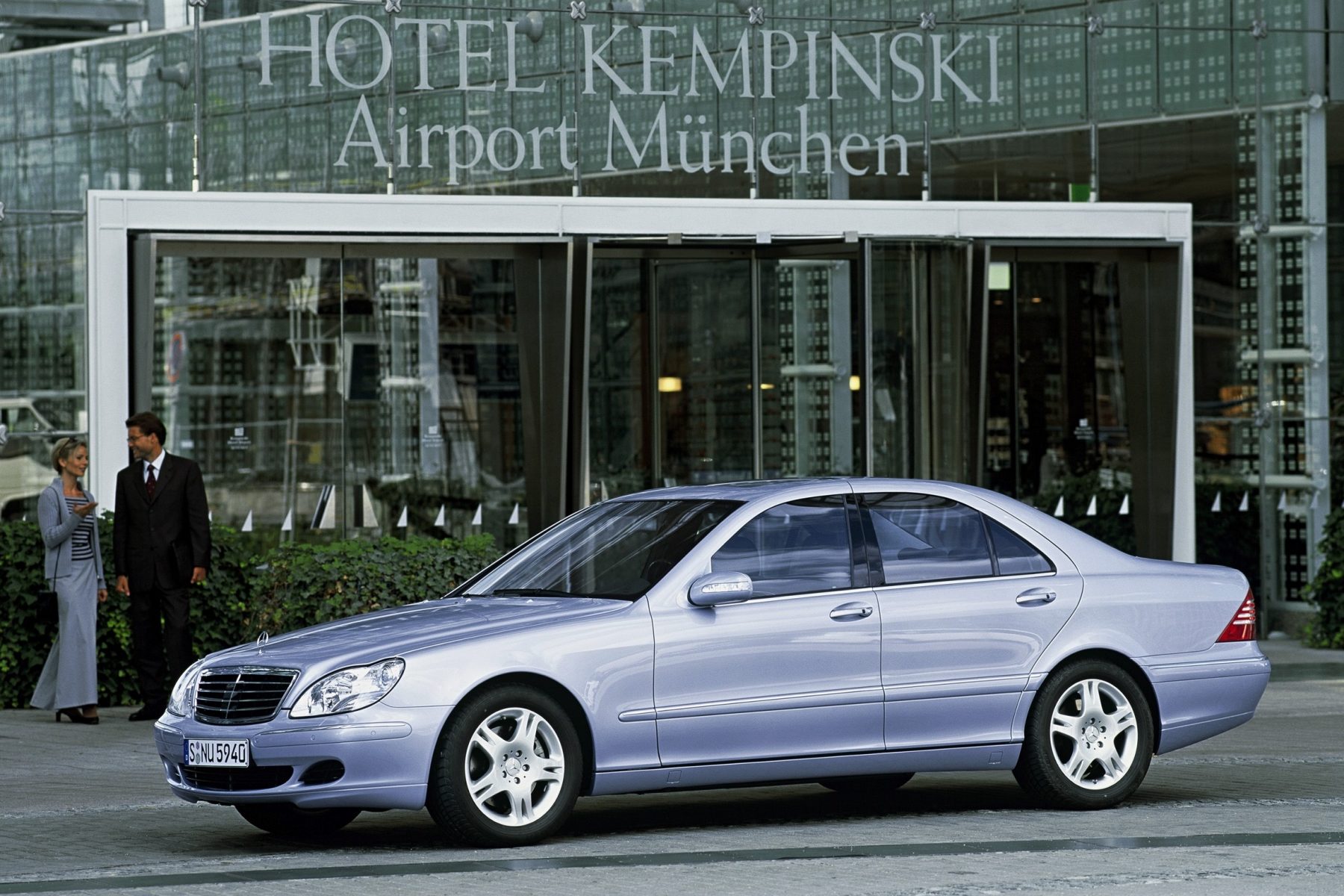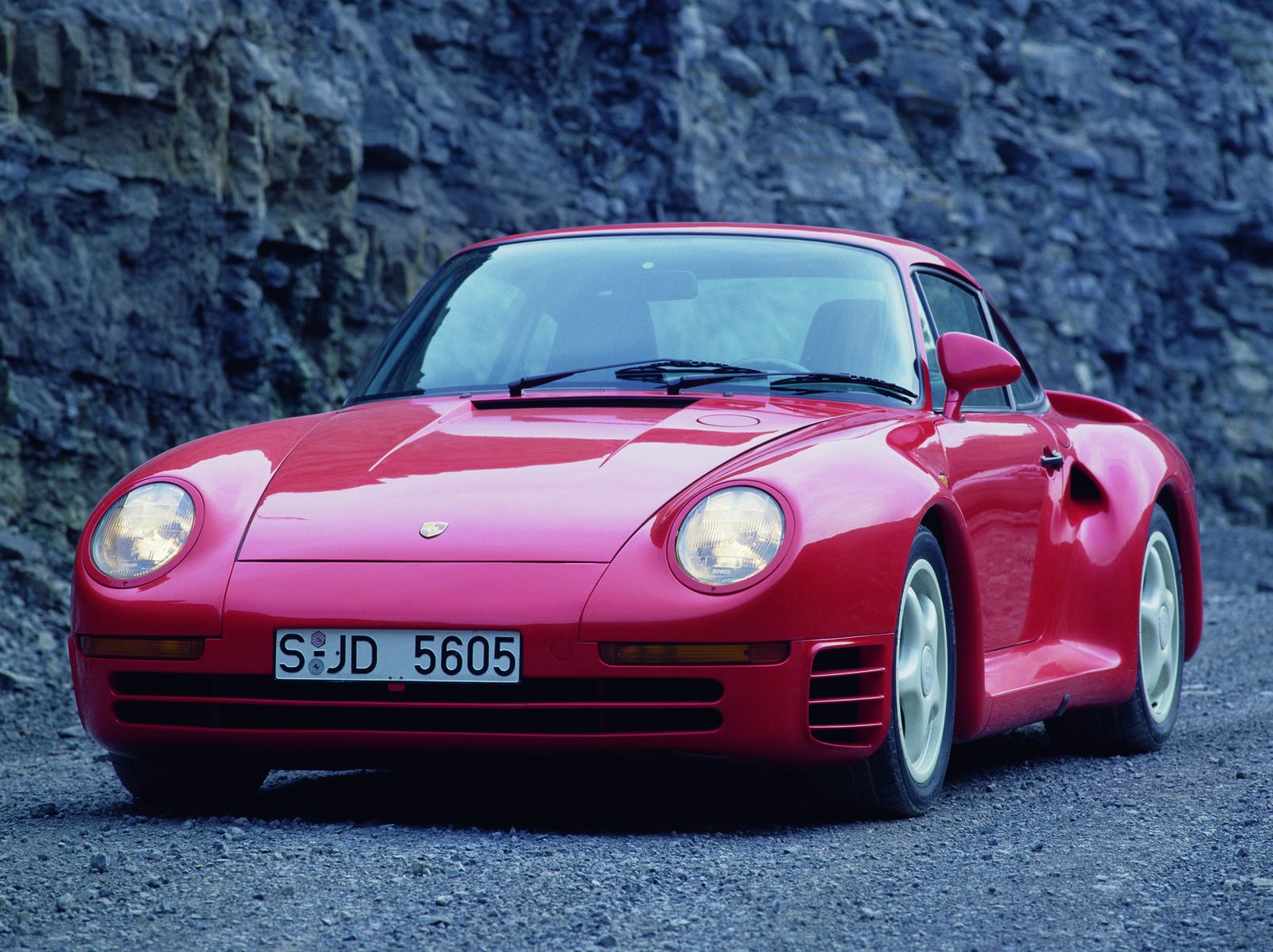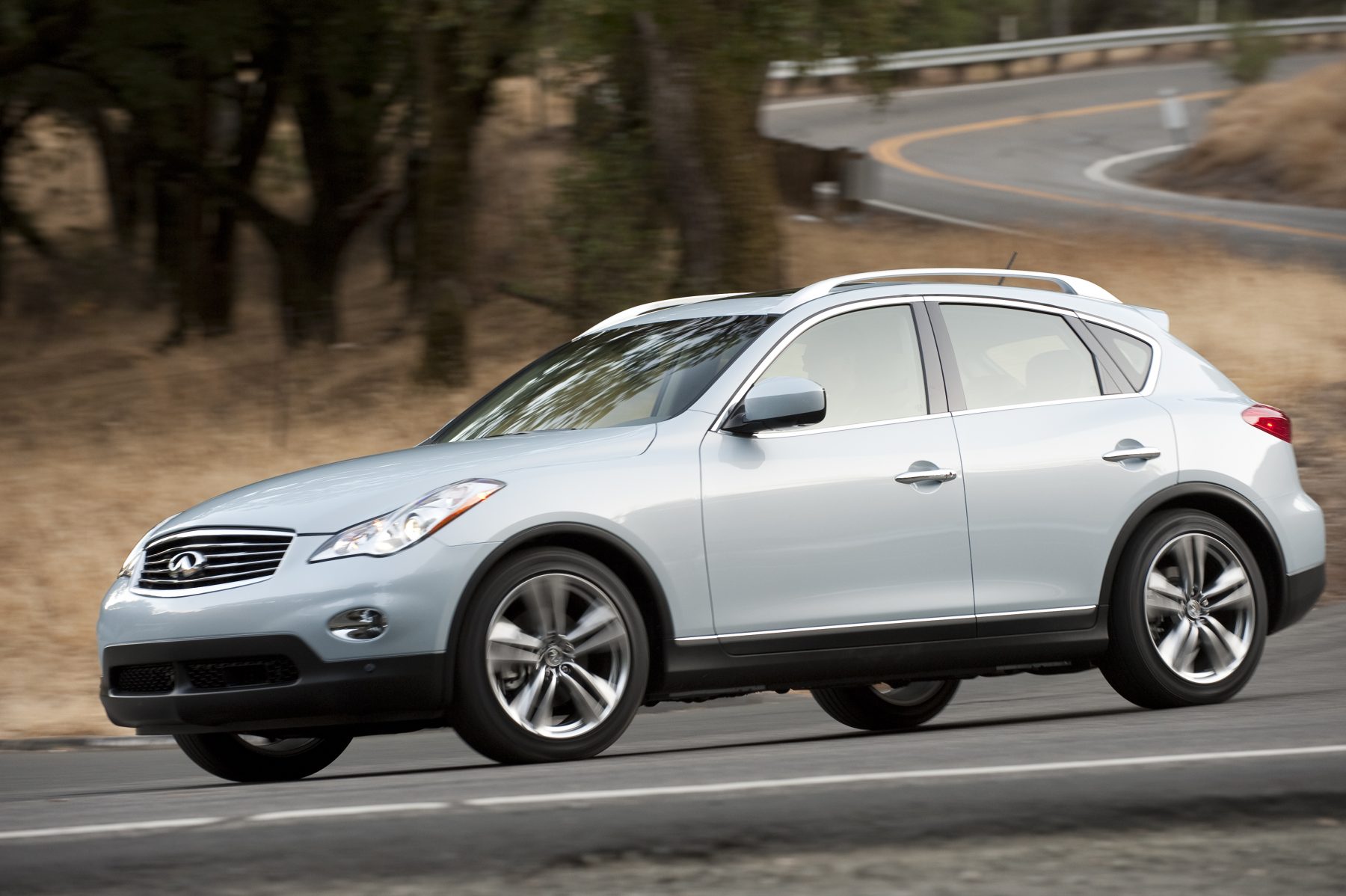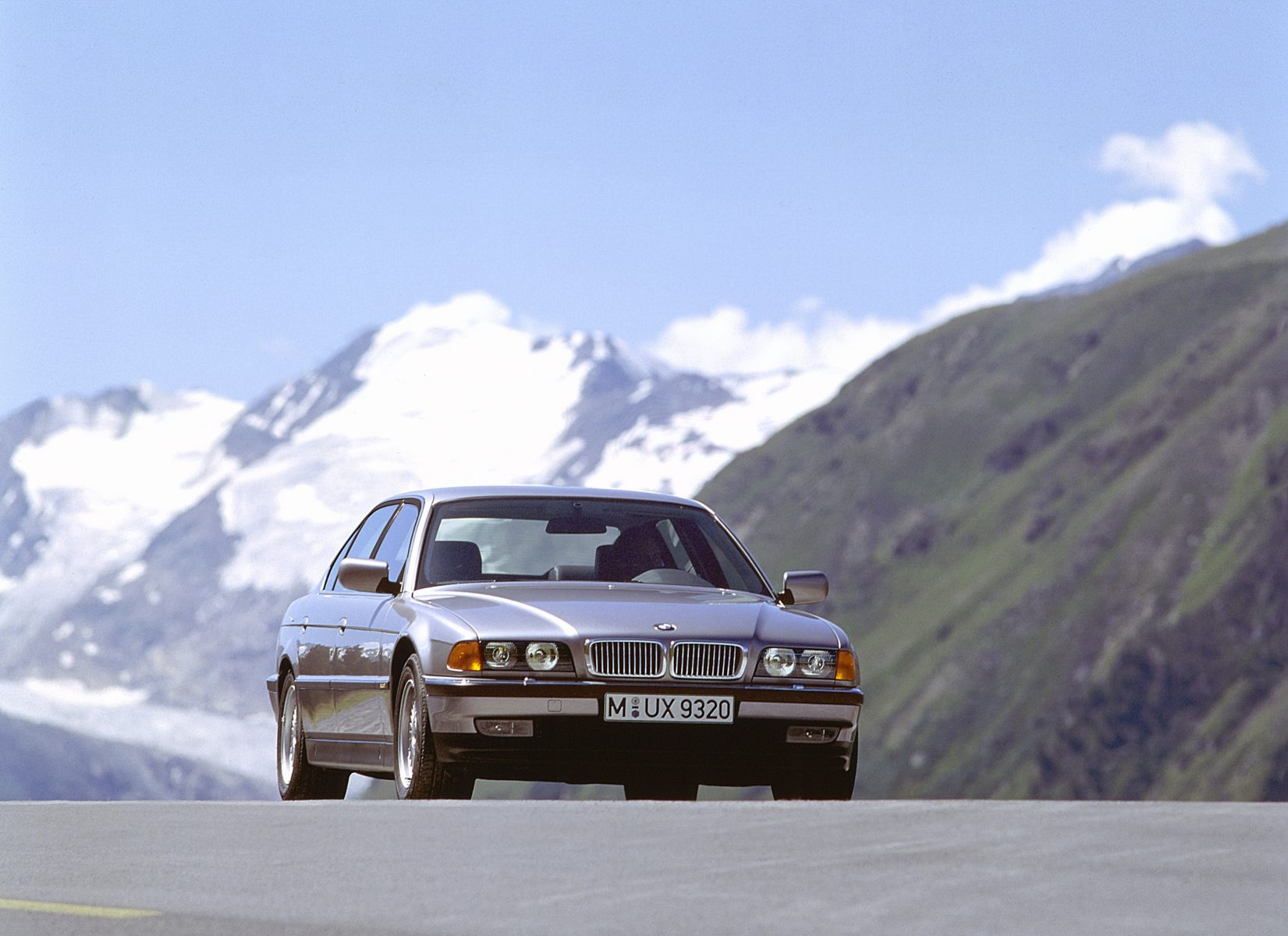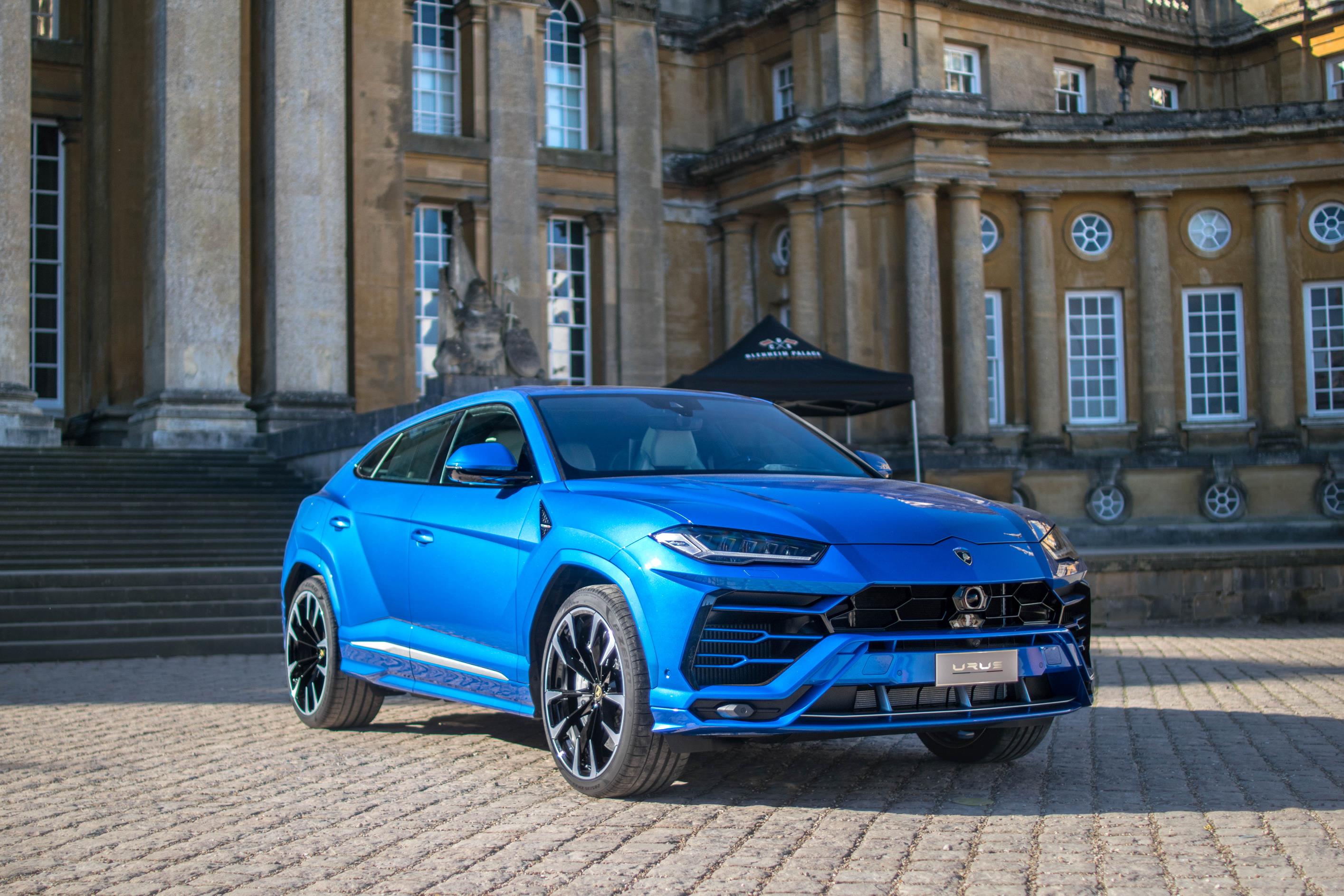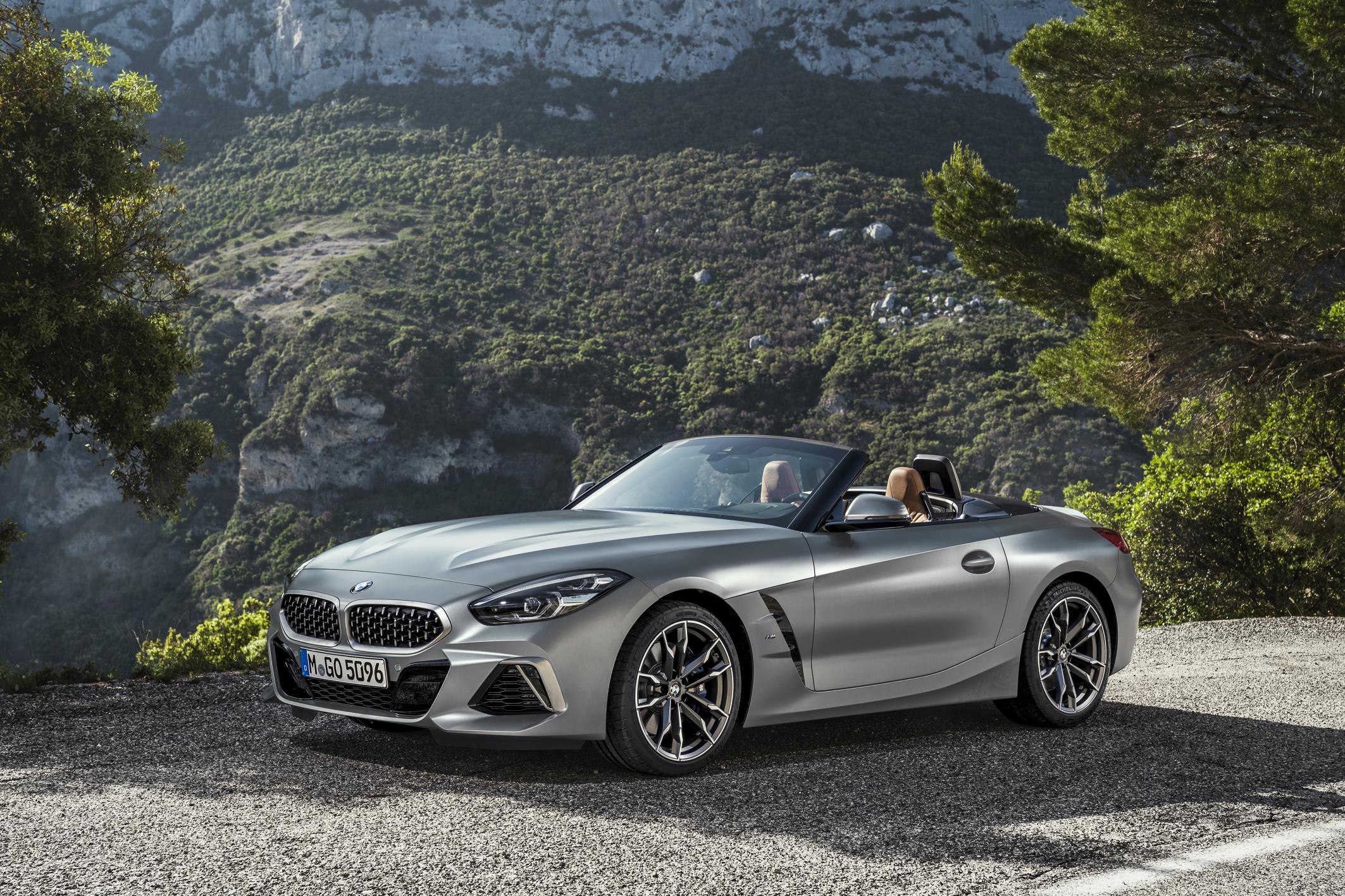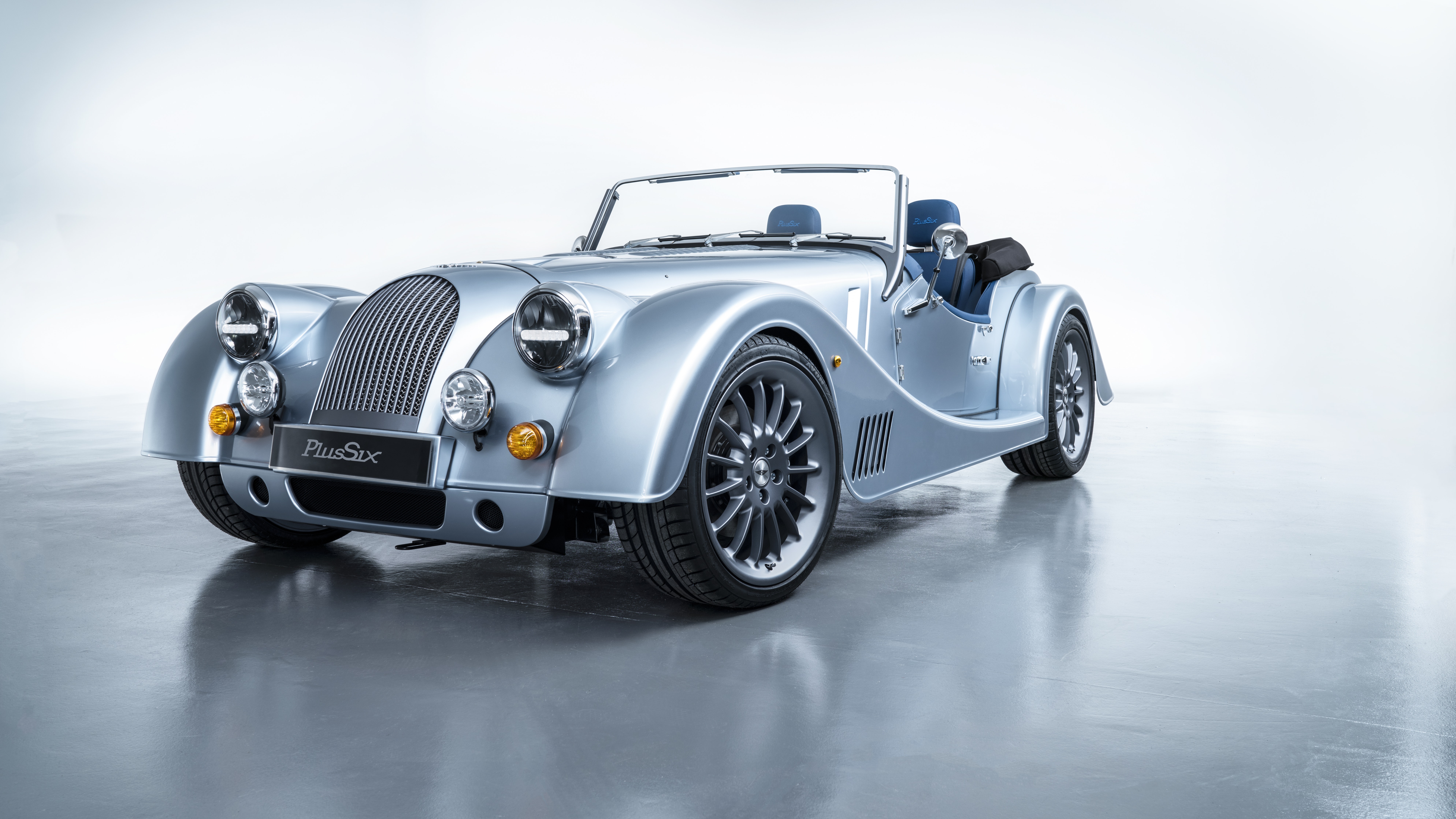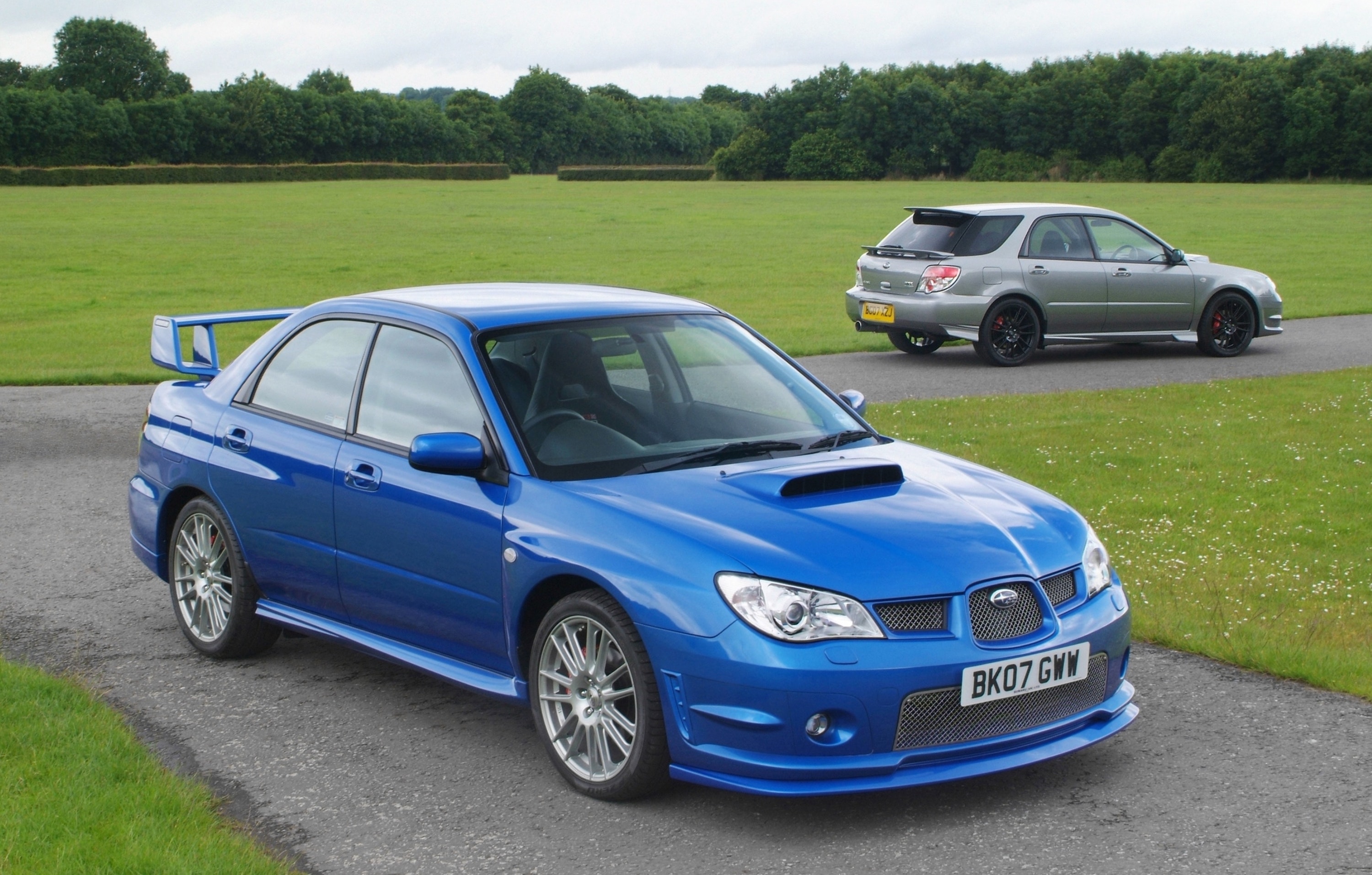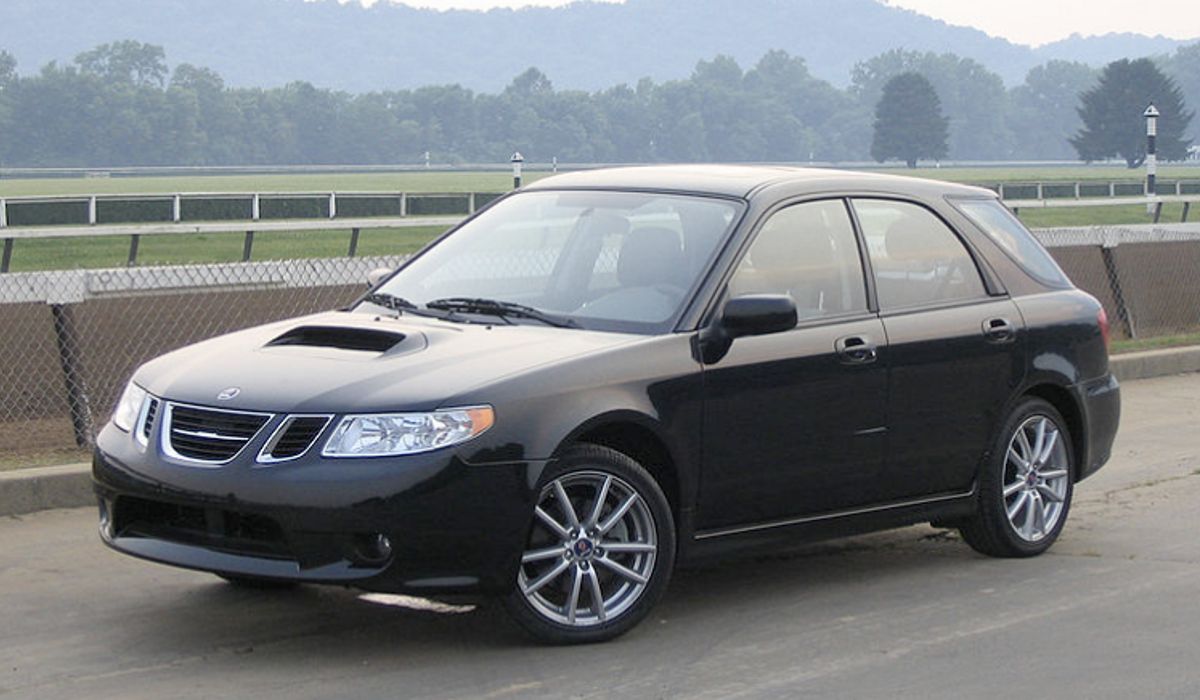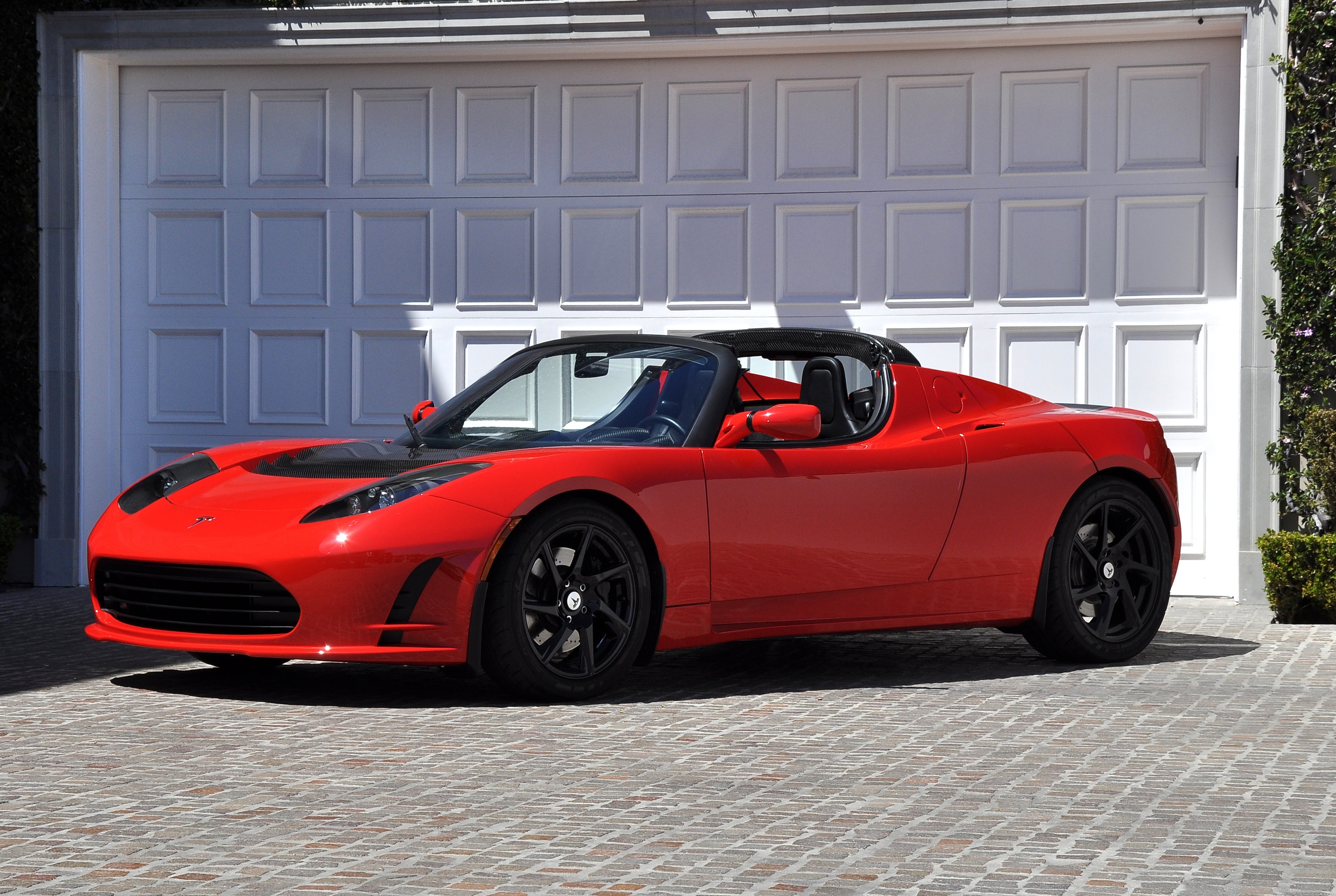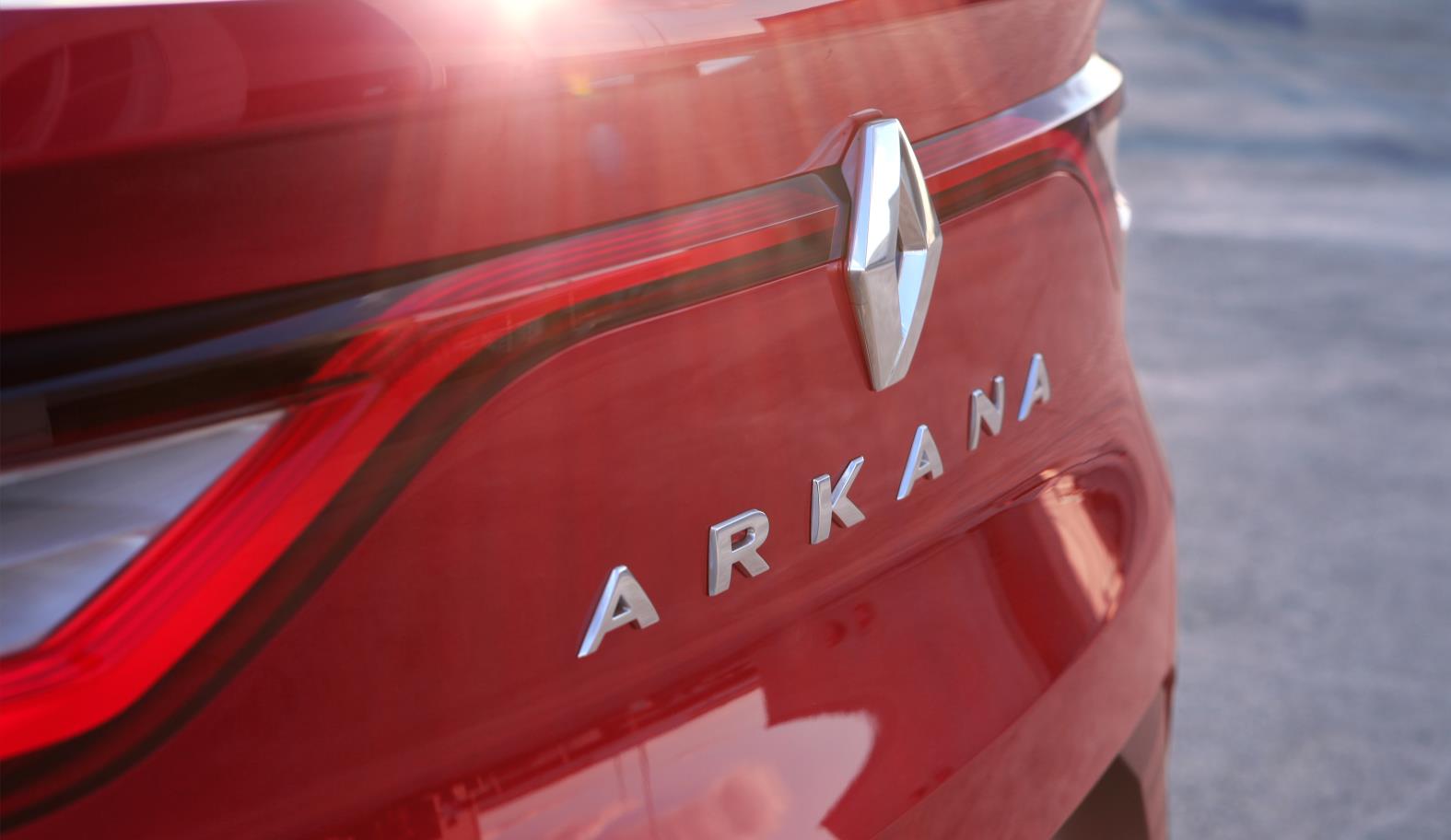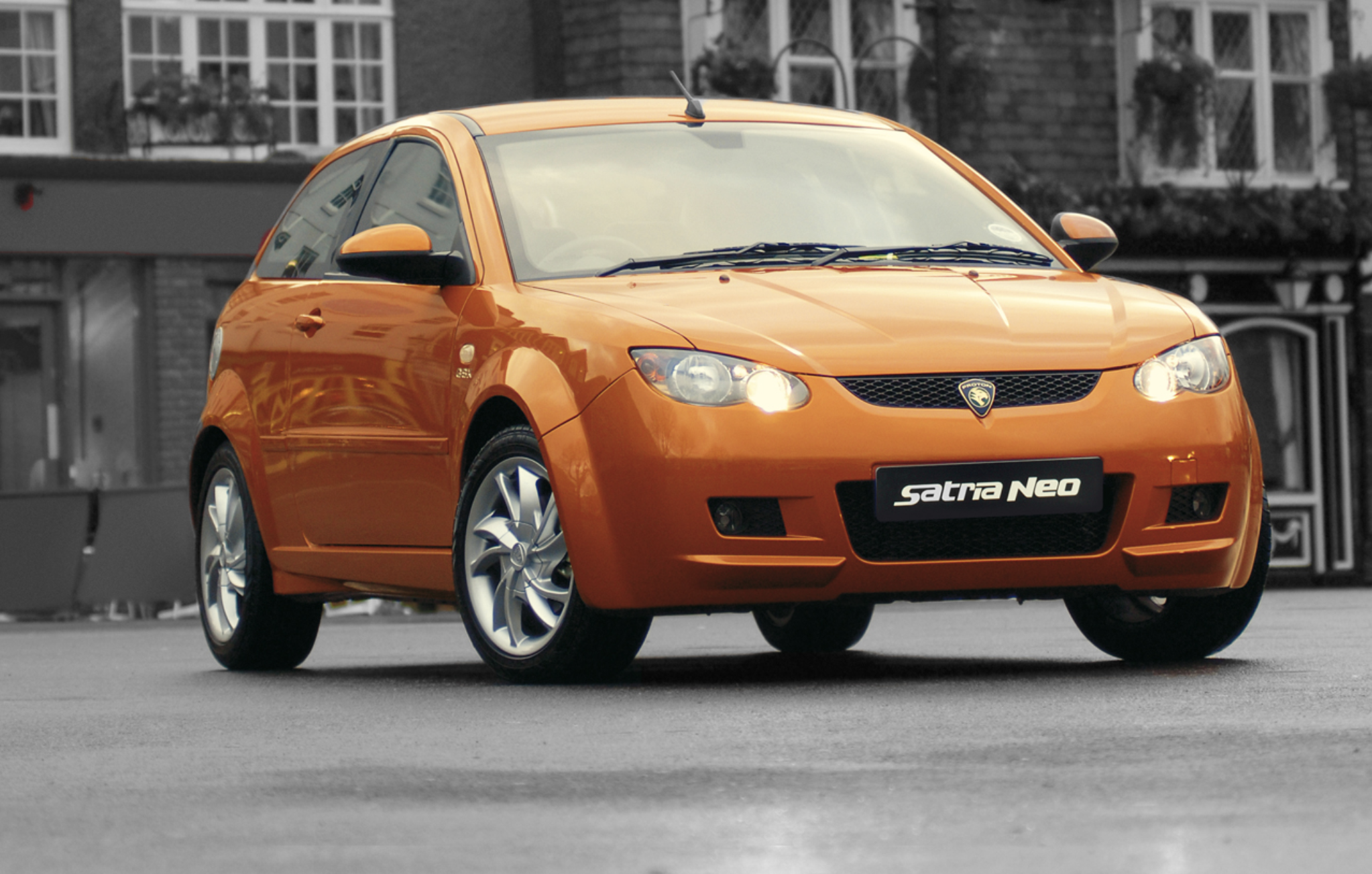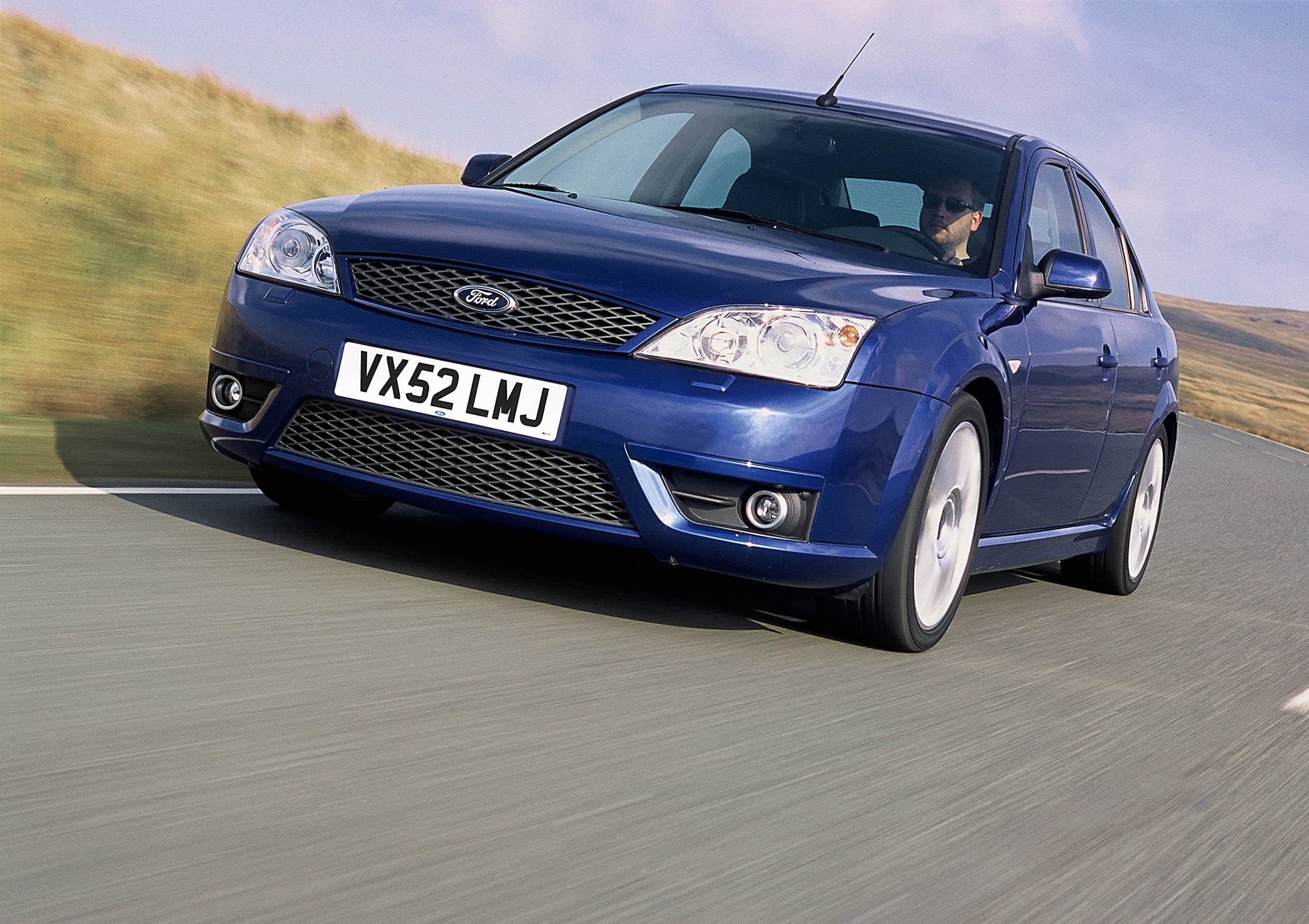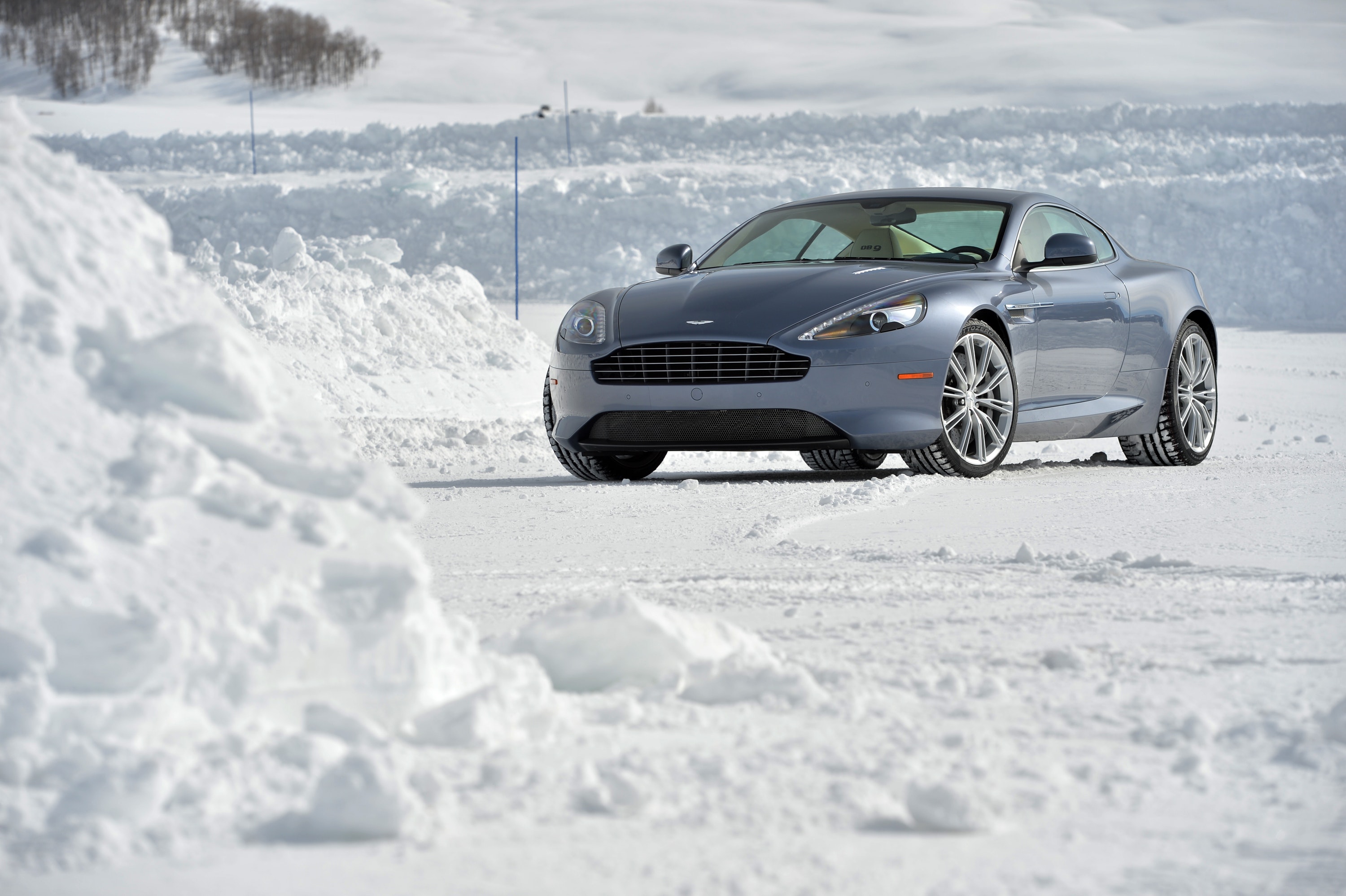It’s hard to ignore the rise of the crossover. Manufacturers certainly haven’t missed their overwhelming surge in popularity, with brands across the spectrum bringing their own crossover to market as quickly as possible.
But which ones are best? Luckily, there are plenty to choose from – and we’ve picked out some of the tip-top examples on sale today.
Seat Arona
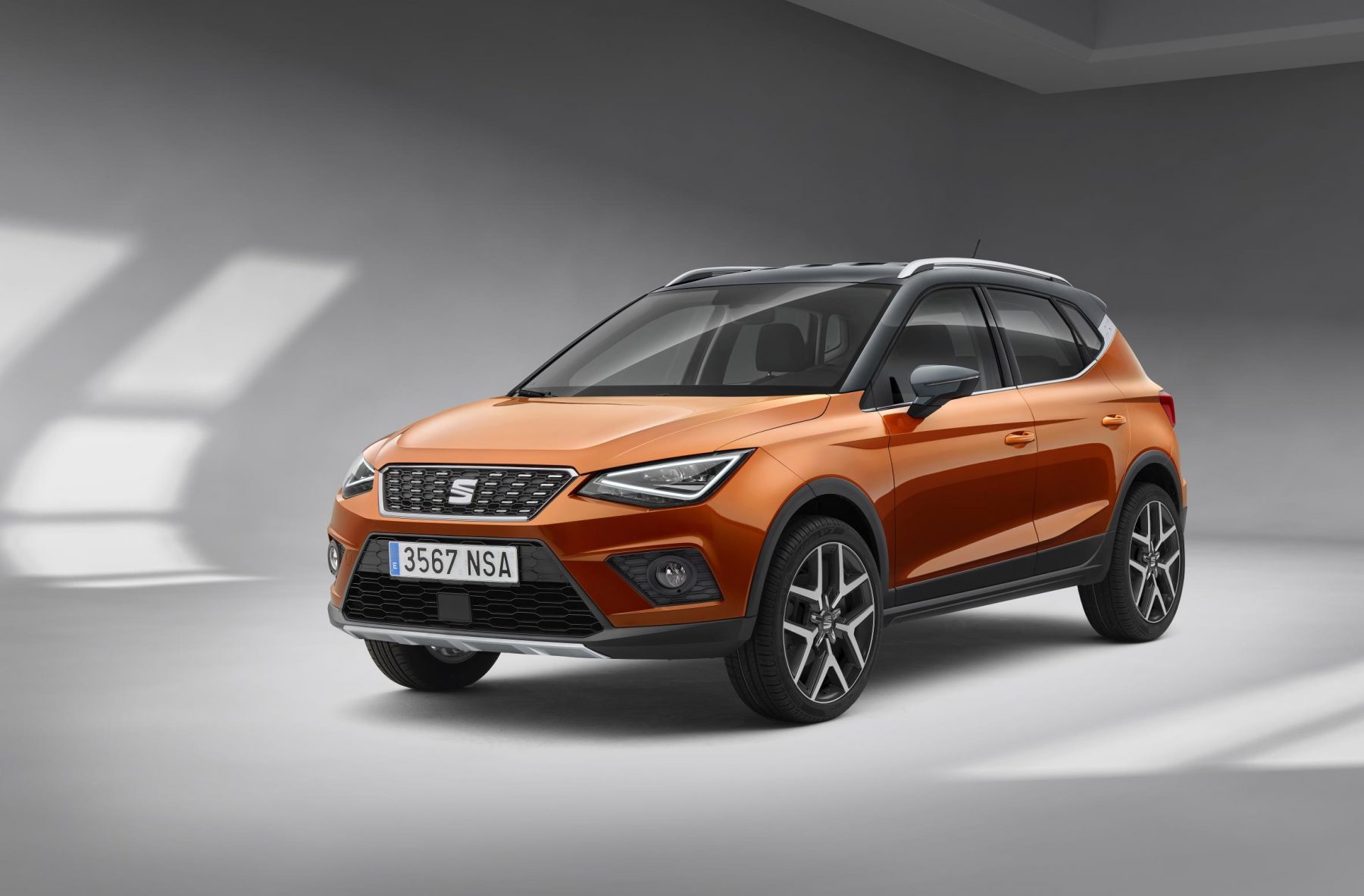
The Arona is the smallest SUV-style car in the Spanish firm’s range, sitting underneath the larger Ateca. Its bigger brother has experienced plenty of success thanks to good build quality and even better value for money, and thankfully a lot of this has been transferred to the smaller Arona.
Because it’s based on the same platform as the compact Ibiza hatchback, it’s easy to park and nimble to drive around town. However, because a of bump in ride height, it’s got a slightly more commanding view of the road ahead compared to the Ibiza.
Lexus UX
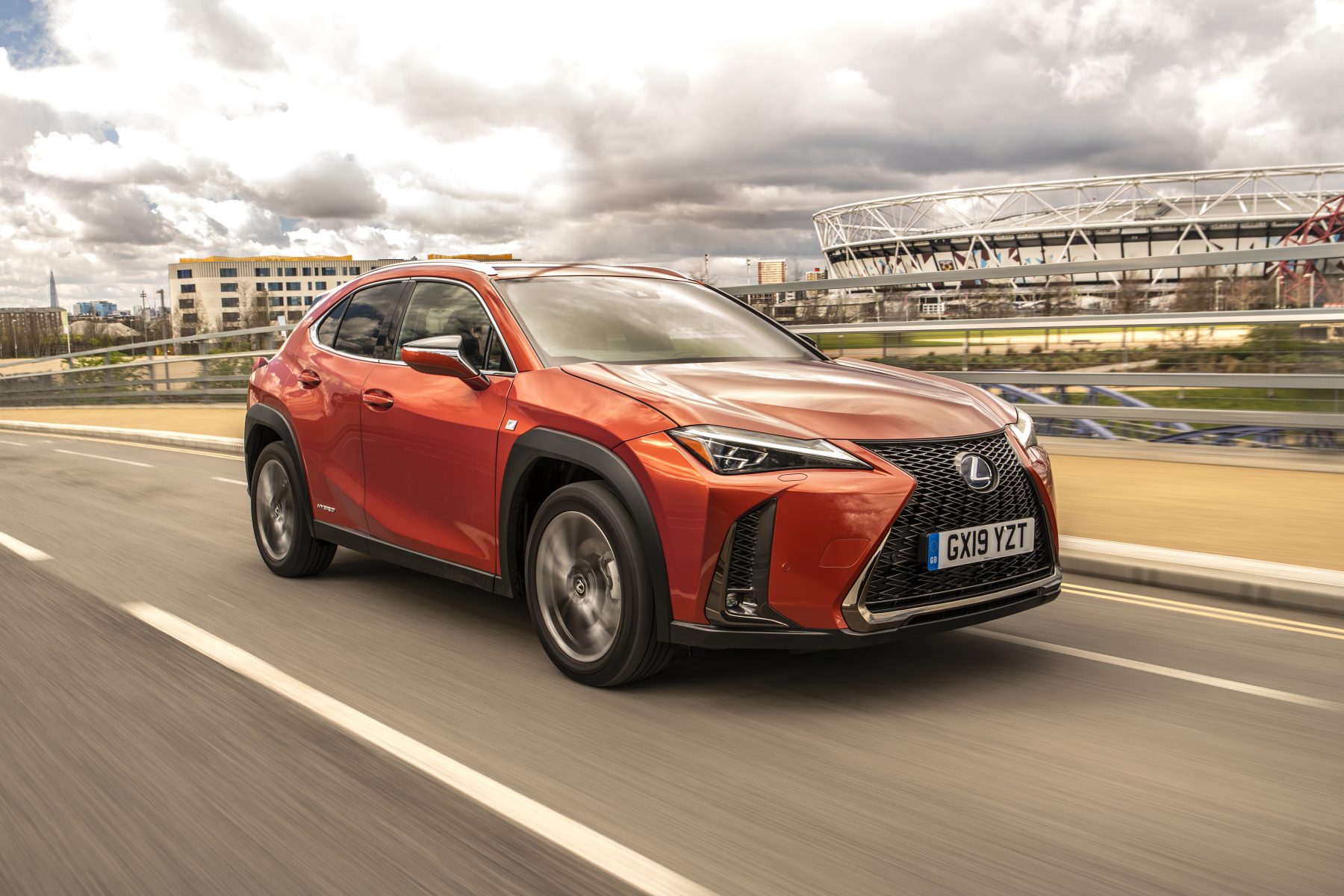
The UX is one of Lexus’ latest offerings, and fortunately it’s a well-rounded effort from the premium car manufacturer. Only available with a hybrid powertrain, it’s a great option for those who want lower running costs along with the cutting-edge styling we associated with Lexus.
The UX’s interior build quality is top-notch too, and there’s even a more dynamic F-Sport version if you’re after a sportier-looking car.
Peugeot 3008
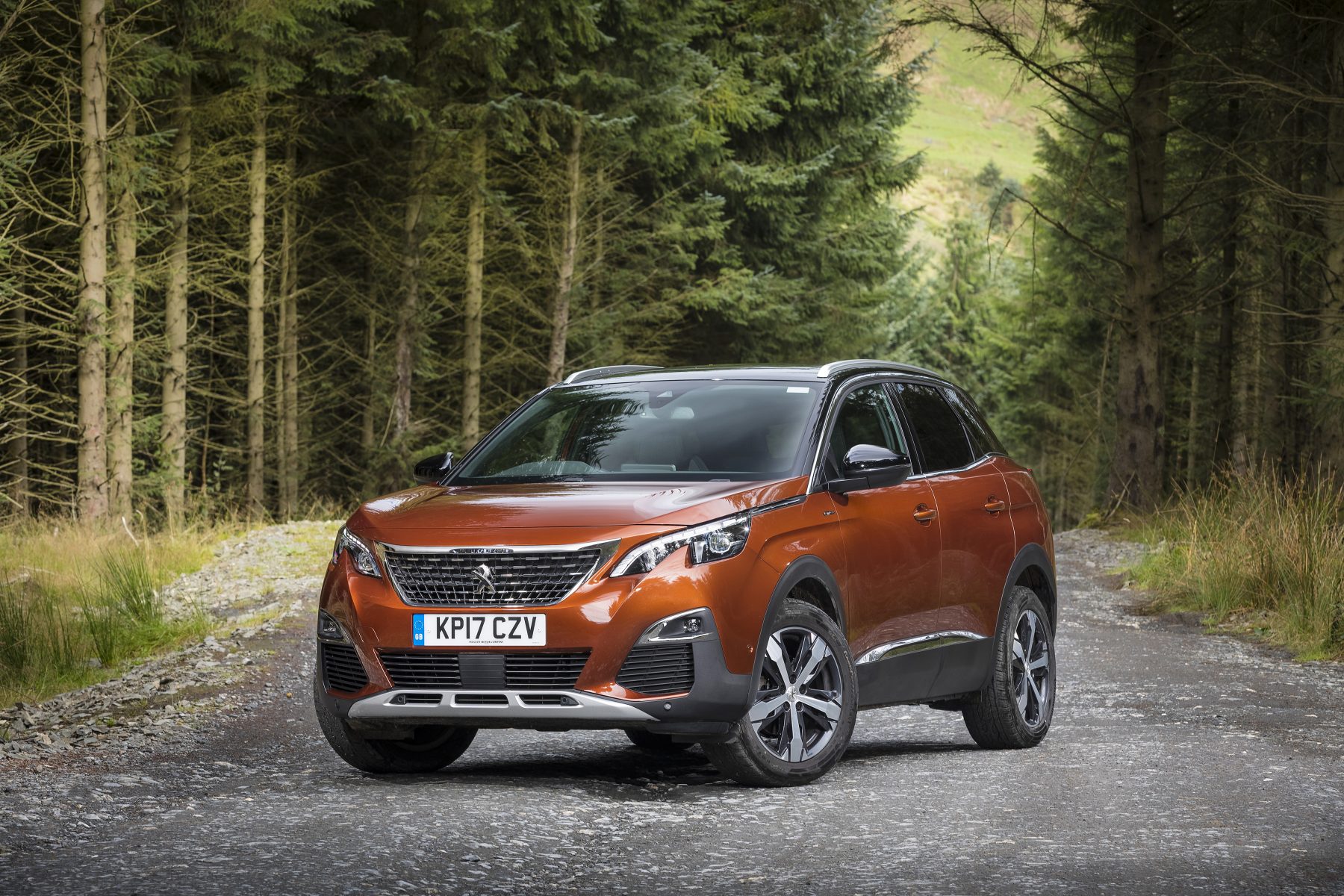
Peugeot knows a thing or two about making compact cars, and the 3008 is an example of how adept the French manufacturer is at this. Good looks, plenty of engine choices and a big helping of standard equipment make the 3008 one of the key contenders here.
It’s also very practical, with plenty space for rear-seat passengers and a decent boot to swallow up all of their luggage.
Volkswagen T-Roc
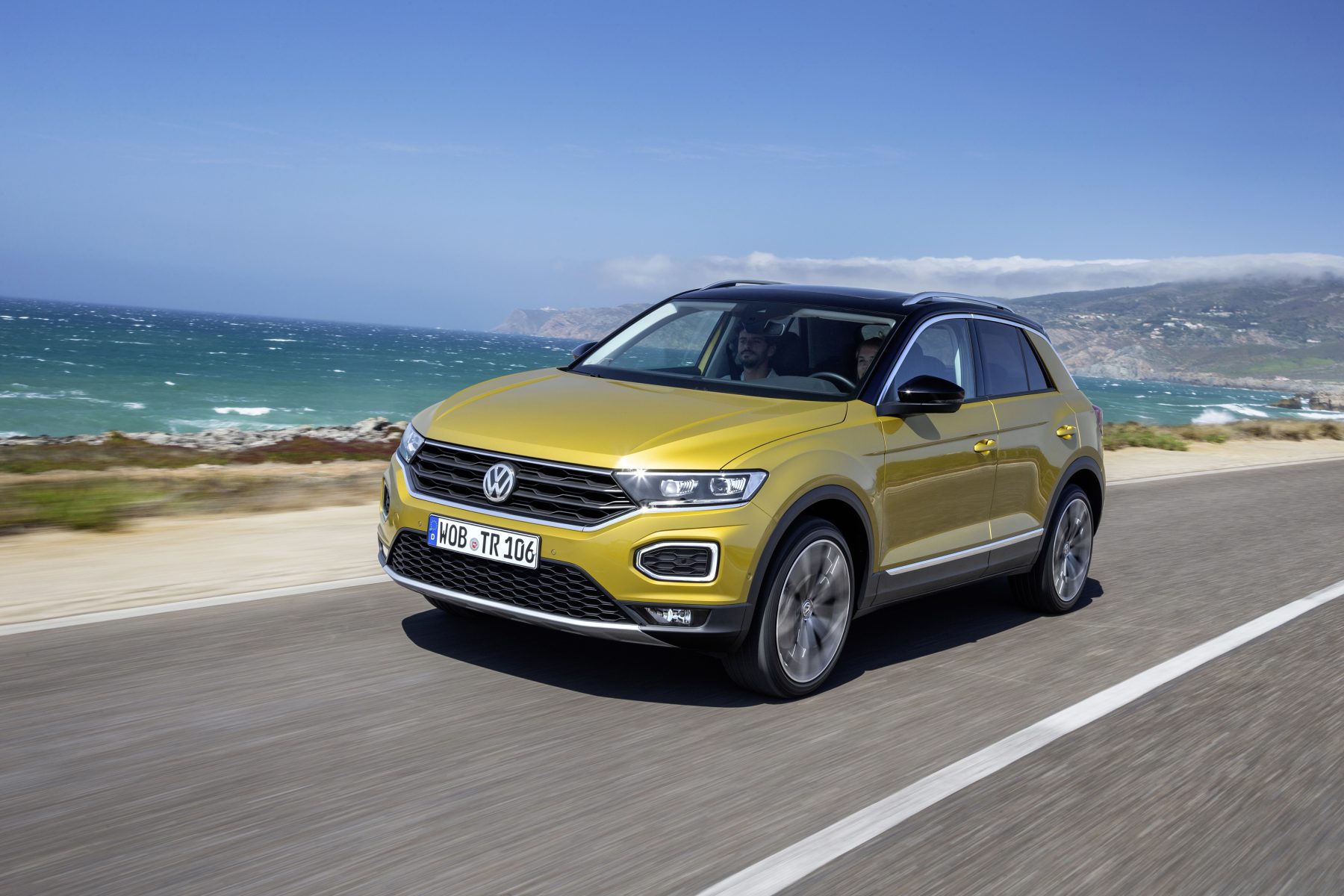
Volkswagen already has a strong crossover representation thanks to the Tiguan and T-Cross, but the T-Roc is one of the newest – and strongest – models to have entered the line-up recently. Inside, build quality is excellent and, though it may not be the most exciting of places to be, it’s all intuitively laid out.
A range of efficient engines help the T-Roc to feel more grown-up than its compact size may suggest, and there’s a new T-Roc R version for people who want a car with a lot more punch, too.
Ford Focus Active
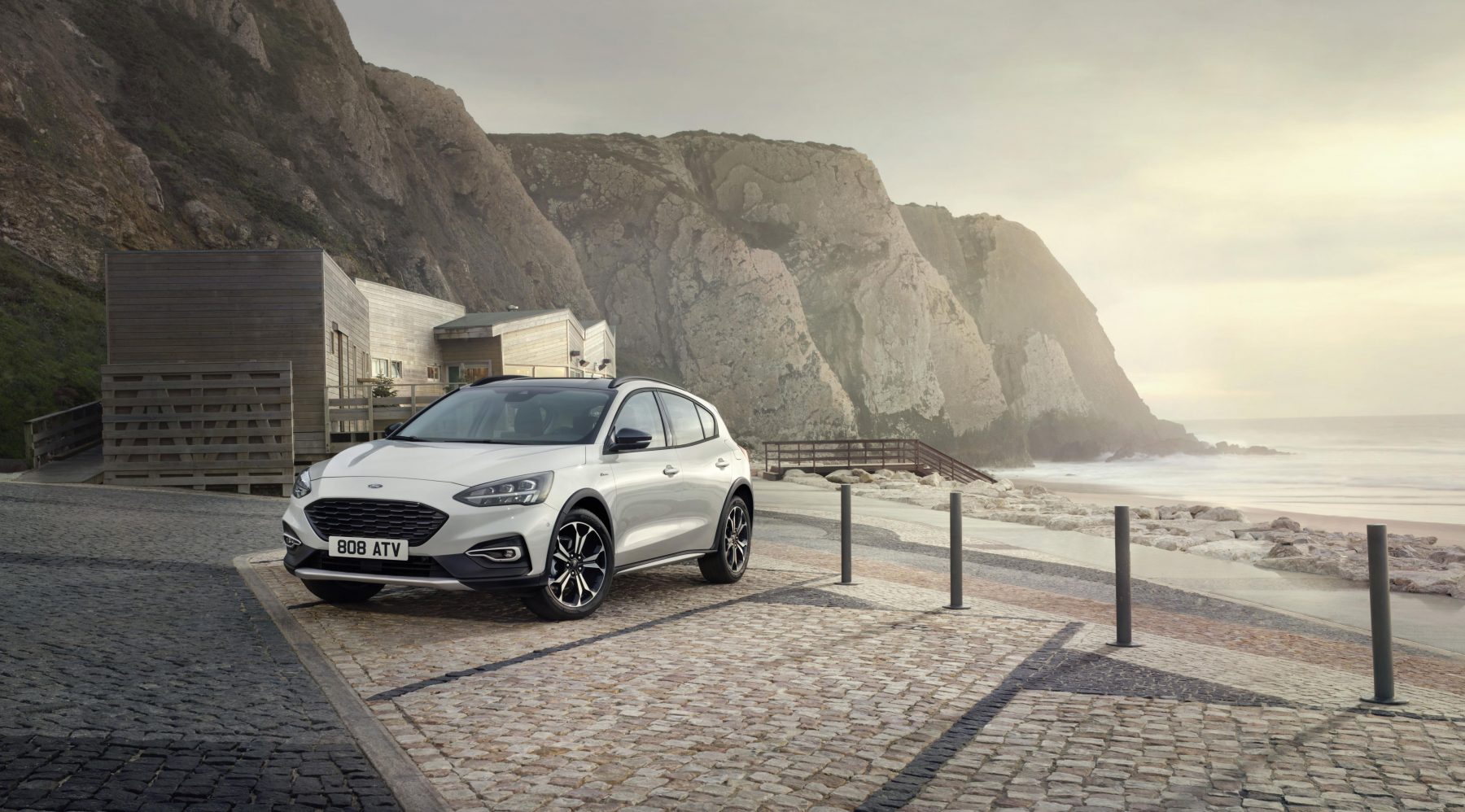
Ford showed that it could take its regular models and give them a little more go-anywhere appeal with the Fiesta Active, and now it’s pulled the same trick with the larger Focus. The Active version gets rugged looks, a small bump in ride height and, though it doesn’t have four-wheel-drive, Ford has included some special tech to help the front wheels deal with slippery conditions.
There’s also a recently-introduced estate version of the Focus Active, which is a great option for those who want a touch more space over the regular hatch version.
BMW X2
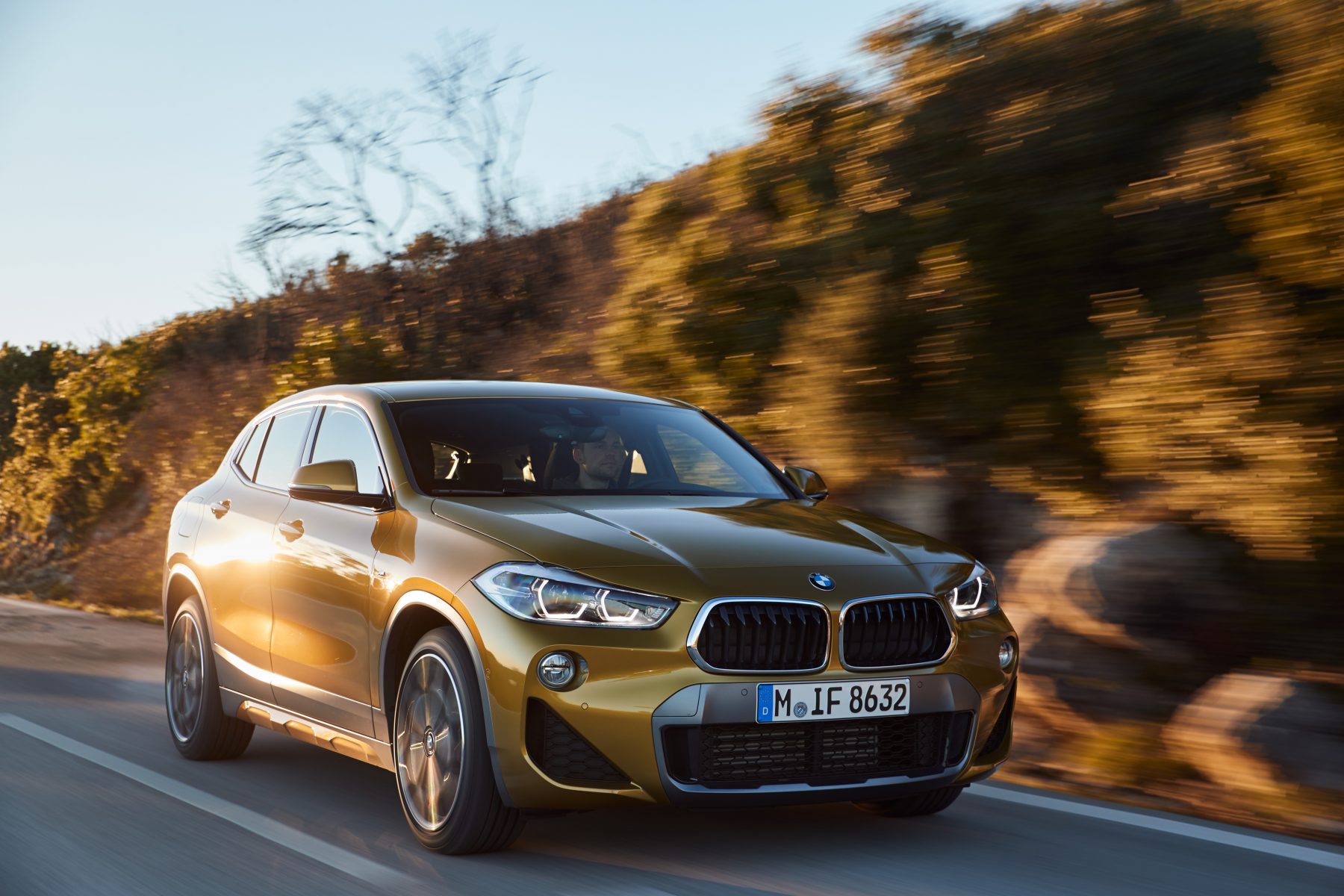
Think BMW and what comes to mind? Tyre-shredding sports cars, or luxurious high-end saloons perhaps? While that may be the case most of the time, BMW has also turned its attention to the crossover segment with this, the X2. Though it may go against BMW tradition by being front-wheel-drive, it delivers one of the sportier drives in this segment thanks to decent grip levels and weighty steering.
It’s also got sharp styling, and a high-tech interior. Though of course, thanks to that BMW badge, it’s one of the pricer options on this list.
Audi Q2
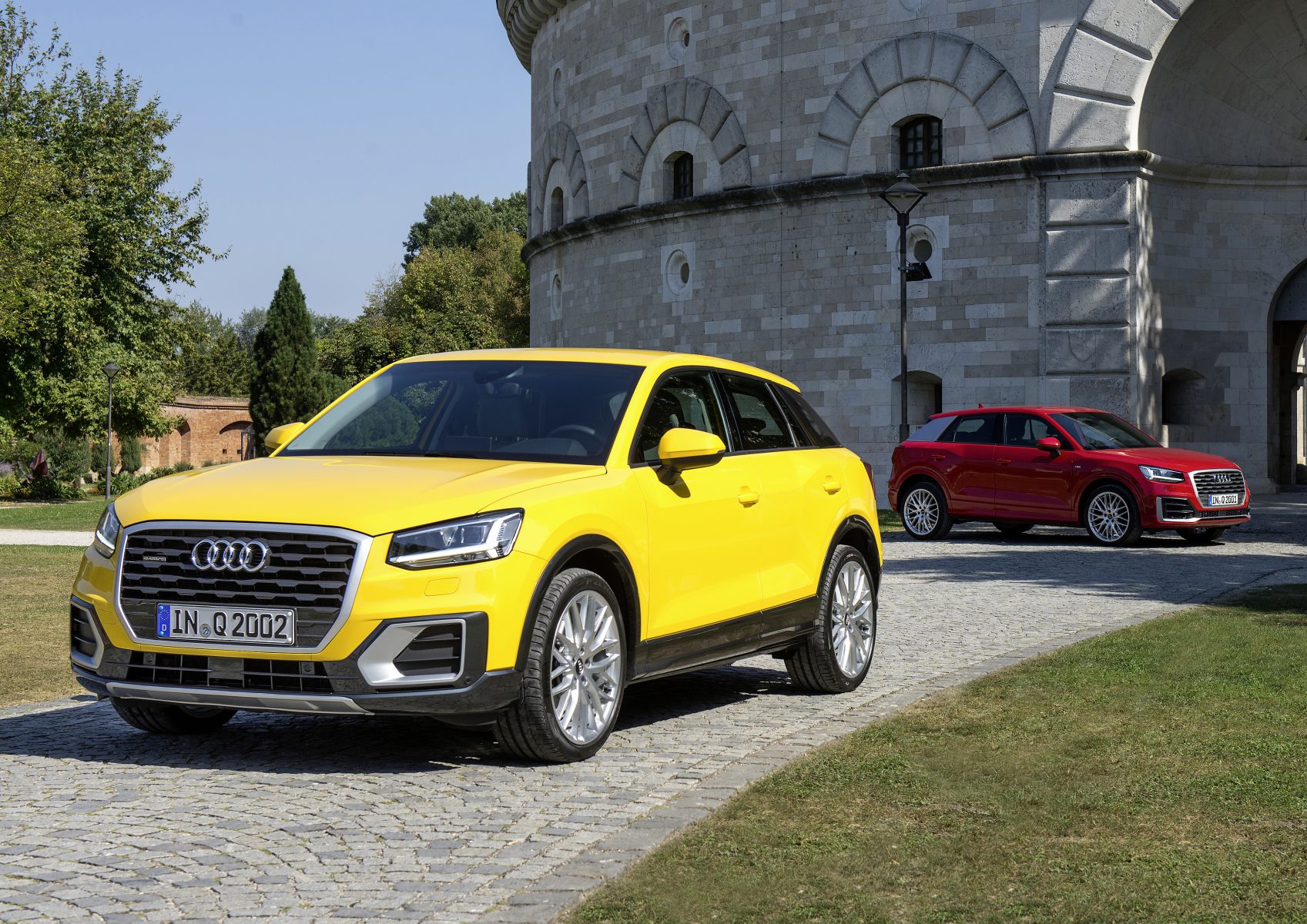
In much the same vein as BMW’s X2, the Q5 is another premium offering when it comes to crossovers. It brings with it a higher level of in-car technology than found in rivals, as well as a more engaging drive.
The range of engines available is broad too – while the range-topping SQ2 can give most hot-hatches a run for their money when it comes to outright performance.
Kia Stonic
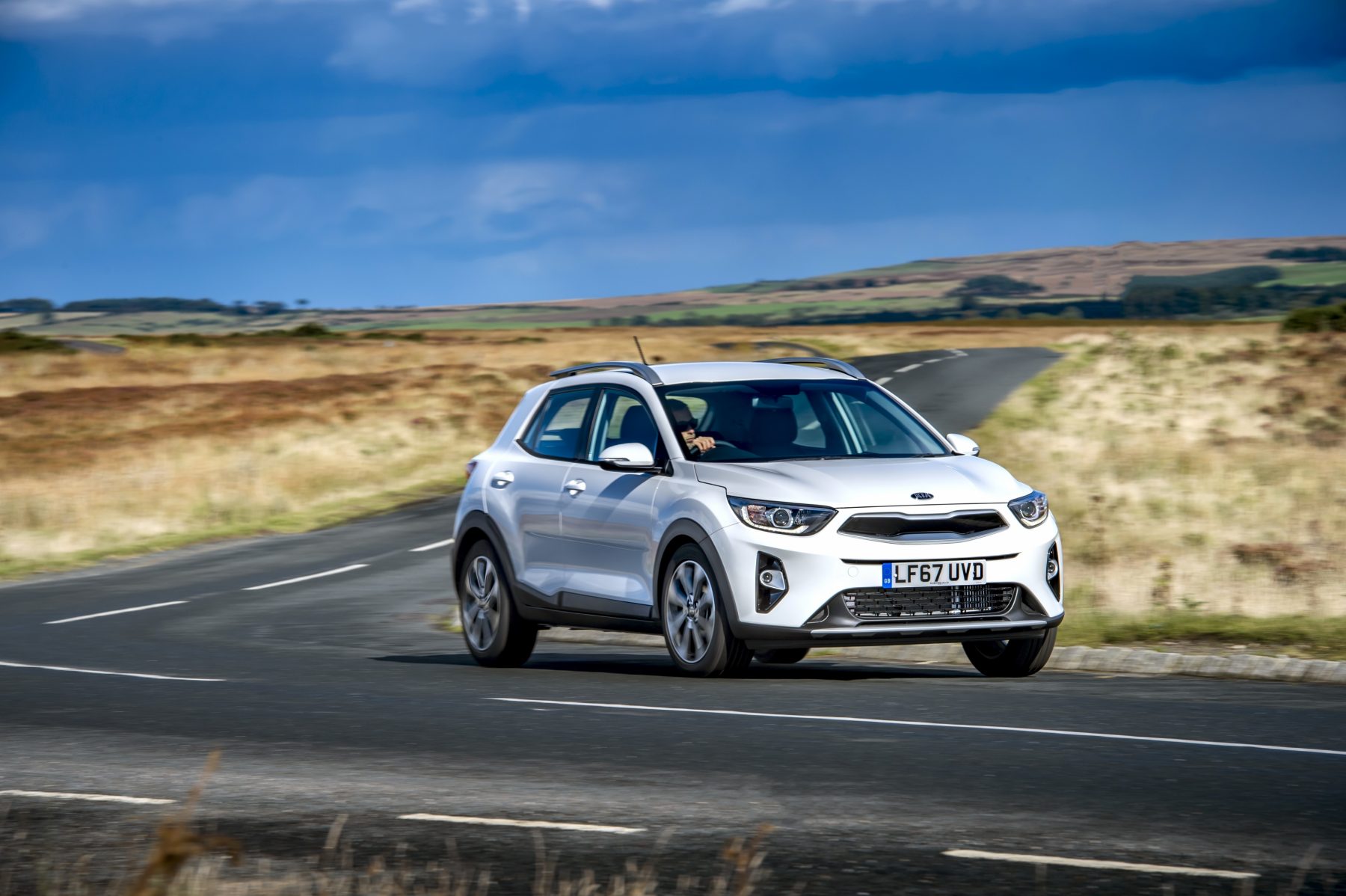
Kia’s Stonic may be a budget offering, but this makes it no less impressive than the rest of the cars on this list. It’s remarkably spacious, good to drive and brimmed with standard equipment. It also comes with Kia’s excellent seven-year warranty, taking the headache out of those initial years of ownership.
Despite being a car at the lower end of the price spectrum, it’s actually one of the better ones to drive thanks to well-weighted steering and a good gearbox.
Hyundai Kona Electric
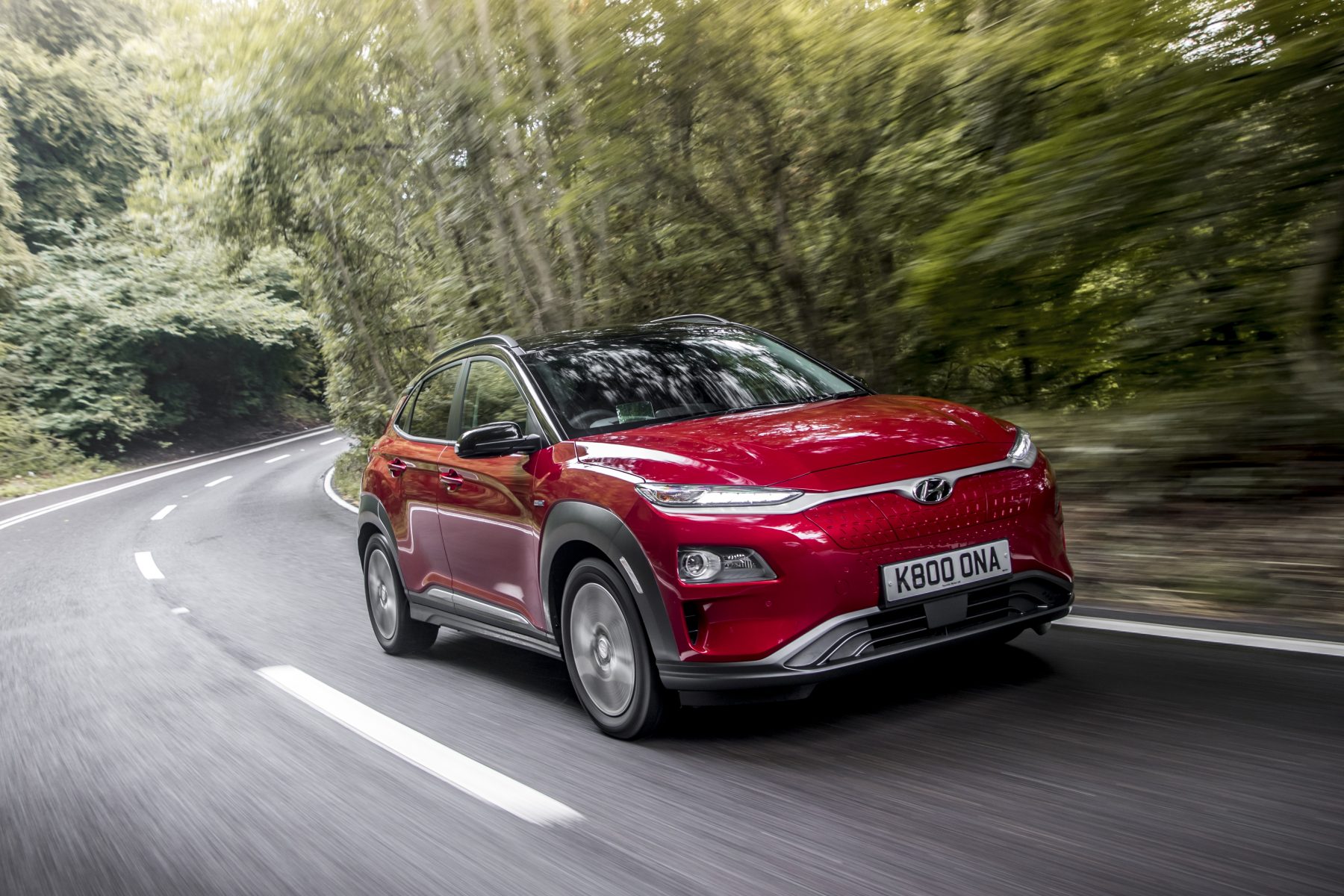
Representing the electric car contingent is this, the Hyundai Kona Electric. The standard Kona is an excellent car in its own right, but the Electric version brings it bang up-to-date. Capable of driving up to 279 miles on a single charge (in the long-range version), it’s a car with very few of the drawbacks that you’d associate with a car you have to plug in.
Relative lack of range anxiety aside, the Kona Electric offers plenty of included equipment, as well as decent levels of interior space.
DS 3 Crossback
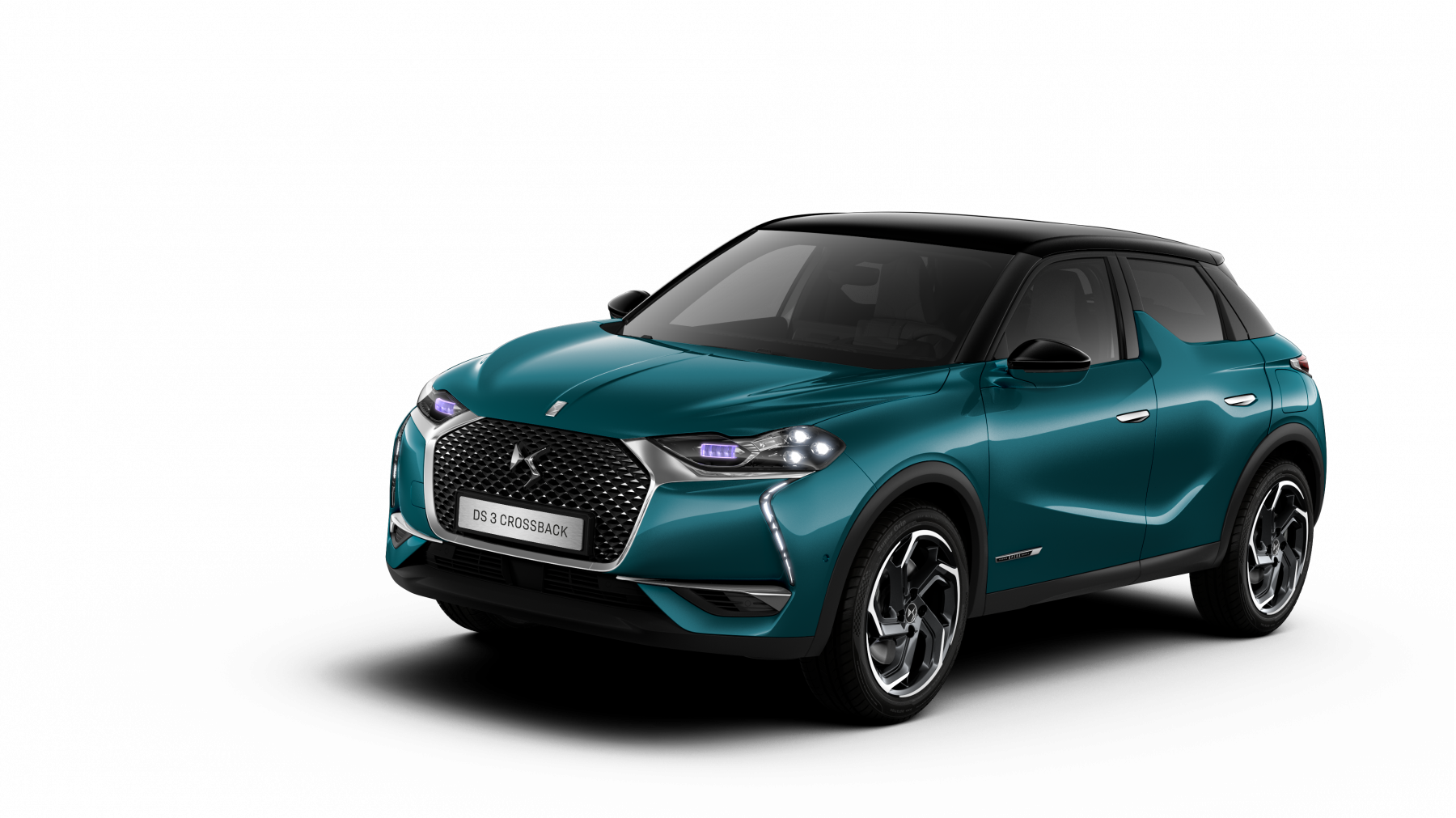
DS is making its mark as a standalone brand, and the 3 Crossback is its latest offering. Bringing the styling of the larger DS 7 Crossback but in a smaller package, it’s certainly one for those who are looking to stand out from the crowd.
The interior design is equally as quirky as the exterior styling, which separates it from the rest of the cars here.

